
Touropia Travel Experts
Discover the World

14 Best Places to Visit in Lazio, Italy

While most people don’t make it past Rome and all its iconic, age-old landmarks, the rest of Lazio has just as much to see and do. Situated in the center of Italy, the region has an enticing array of towns, landscapes and archaeological sites to discover.
Tucked away between the Apennines and the Tyrrhenian Sea, it is mainly flat with sandy beaches and a scattering of islands lining its coast. Dotted amidst its fertile fields and vineyards however are several volcanic lakes and medieval hilltop towns. As both the Etruscans and Ancient Romans once inhabited the area, remarkably old historic sites and ruins lie here too.
Many of its most impressive attractions are of course located in Rome, its capital and largest city. Dwarfing the rest of the region in importance and its interest to tourists, it is certainly one of the world’s greatest cities. Its main sights such as the Colosseum, Pantheon, and the Vatican really need no introduction, such is their renown.
Venture a bit beyond the ‘Eternal City’ though and you’ll come across lovely gardens, villas and monasteries. With bucolic countryside scenes and national parks to enjoy too, Lazio, Italy is a very rewarding region to travel around.
14. Viterbo
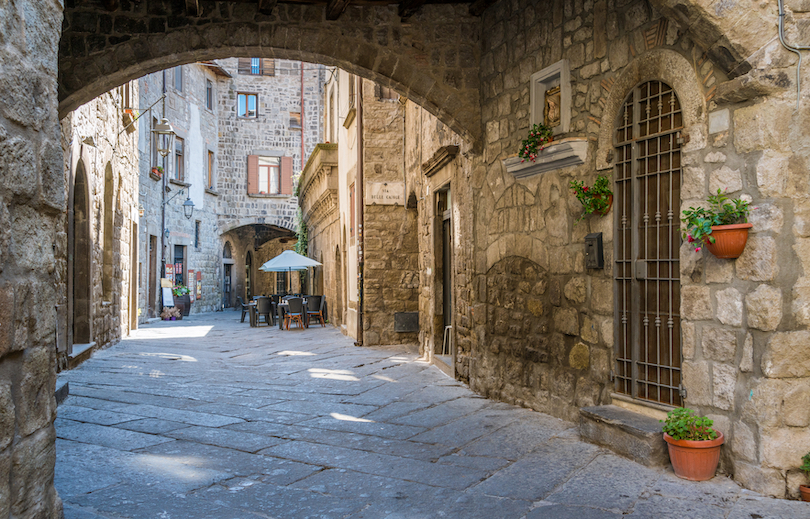
One of the best preserved medieval towns in Lazio, Viterbo lies right in the northwest of the region. Besides boasting loads of arresting architecture and interesting historic sights, it is known for its thermal springs that have been used since Roman times.
Established by the Etruscans, Viterbo became one of Europe’s most important cities in the 1100s. After being forced from Rome, five popes were crowned and ruled here with many sights relating to the papacy.
Other than exploring the Palazzo dei Papi’s ornate arcades and enormous audience hall, you can admire all the refined civic buildings around Piazza del Plebiscito. In the San Pellegrino quarter, you’ll also see lots of ‘profferli’. Viterbo has a particularly large number of these unique-looking staircases that hug the side of its old stone houses.
After visiting its centuries-old cathedral, you can always bathe in the steaming Baths of Viterbo in the valley next door. The town is also located just a twenty-minute drive from the Parco dei Mostri. Another of the region’s top attractions, it is full of grotesque rock carvings and surreal stone statues.
13. Tarquinia
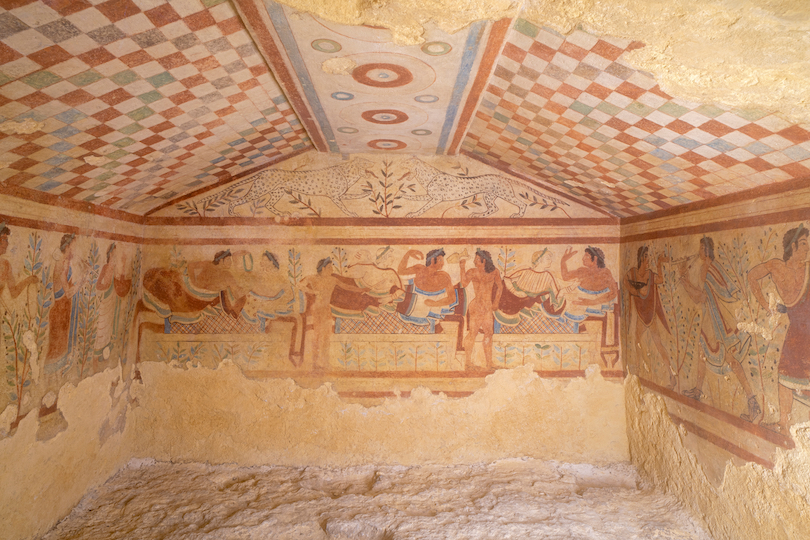
Not all that far away is the tiny town of Tarquinia which is most famous for its ancient Etruscan tombs. While its medieval towers immediately attract the eye, the hundreds of richly painted graves in its necropoleis are the main reason people visit.
Lying just inland from Lazio’s Tyrrhenian Sea coast, it was once one of the Etruscans’ most important cities. Now reduced to rubble and ruins, the ancient city’s cemetery is the primary point of interest for visitors. Spread across a hill southeast of town, it has some 6,000 or so tombs for you to wander around.
The earliest date to the seventh century BC while a couple of hundred are decorated with fabulous frescoes. These depict daily life, lavish banquets, mythical scenes and even sporting events among other subjects. Its most striking finds include the Tomb of the Bulls and the Tomb of the Leopards.
Once you’ve ambled around its sprawling site, you can learn more about the ancient Etruscans at the Tarquinia National Museum. There is also the 1121 Church of Santa Maria di Castello, its rose window and bell tower to see before heading off.
12. Sermoneta
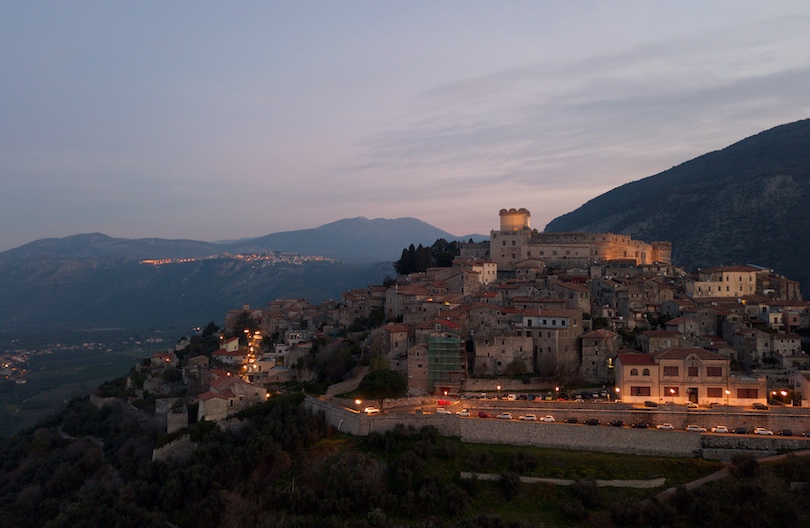
Yet another wonderful place to stop by is the walled hill town of Sermoneta, some 85 kilometers southeast of Rome. Due to its strategic setting, its massive fortress served as a bastion between the capital and Naples for countless decades.
Looking out imperiously over its surroundings, the colossal castle was constructed by the Caetani family back in the thirteenth century. Actually embedded in the solid rock, its sturdy walls and ramparts offer up some spellbinding views over the countryside.
Asides from exploring the old rooms of its towers, the town’s Romanesque Cathedral of Santa Maria Assunta is well worth checking out. You can also drive to Valvisciolo Abbey in under ten minutes. One of the finest examples of Romanesque-Cistercian architecture, the monastery was founded in the eighth century by Greek Basilian monks.
11. Parco dei Mostri
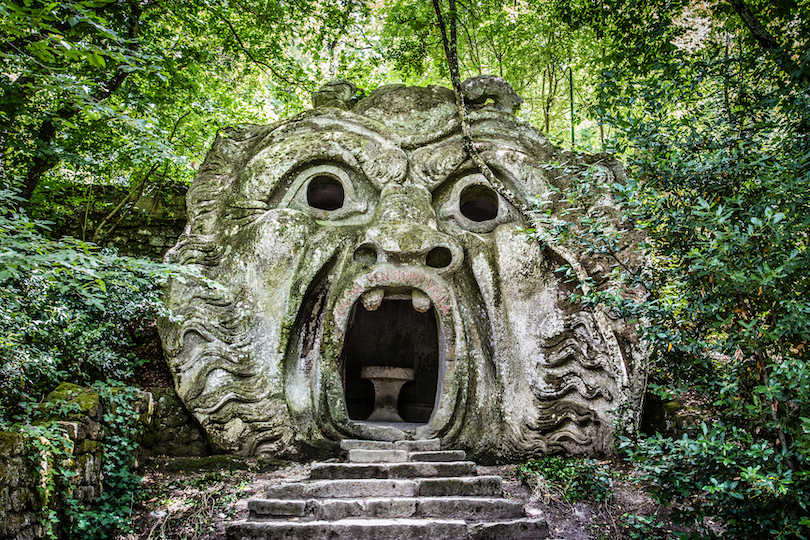
Not to be missed is the amazing Parco dei Mostri and all its strange, larger-than-life sculptures. Located just outside Bomarzo in the very north of the region, the verdant gardens and monstrous stone statues are fascinating to stroll around.
Created in the 1500s by renowned Renaissance sculptor Simone Moschino, it is full of fantastical figures and allegorical animals. Sometimes called the ‘Monsters’ Grove’, the complex was commissioned by Duke Vicino Orsini, a keen patron of the arts.
Dotted about the shady forest are a giant, nymph and Aphrodite as well as Hannibal’s elephant and a dragon attacked by lions. Most famous though is its gaping ‘Mouth of Hell’ which symbolises the entrance to the underworld. One of our favourite stops in Lazio, its unusual creatures and creations all make for some fabulous photos.
10. Castelli Romani
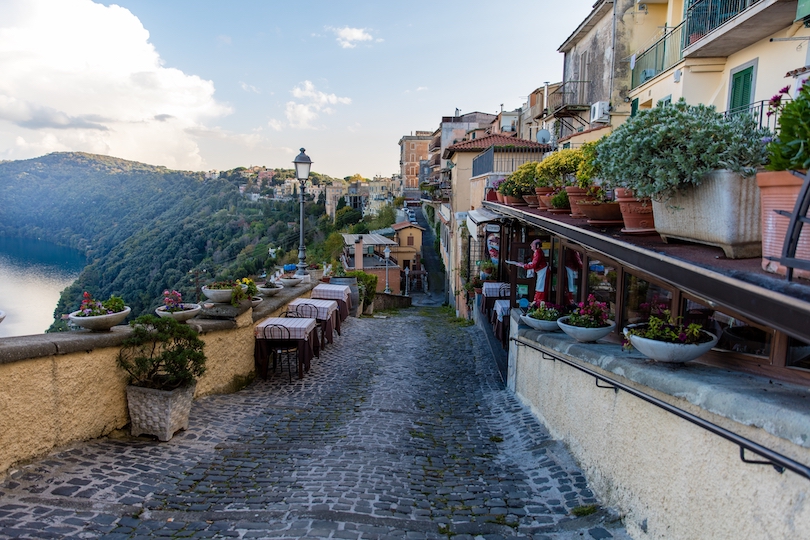
Just southeast of Rome is a very picturesque part of the region to head to known as Castelli Romani. Here you’ll find a scattering of small towns to stop off at, all home to attractive old villas and fine Italian wines.
As it is volcanic in nature, the landscape is very hilly with the reflective Albano and Nemi lakes now occupying its former crater. Its cooler climate saw wealthy Romans holiday here with the Pope’s summer residence still remaining at Castel Gandolfo.
From the capital, you can easily take trains here to enjoy their scenic settings, pretty historic centers and sparkling wines. In total, there are about a dozen towns to amble around. While some like Ariccia and Marino are known for their fresh produce, others boast impressive churches and commanding viewpoints.
Wherever you go, you really can’t go wrong as they each have their own unique look, feel and identity. We particularly enjoyed Castel Gandolfo for its charming centre and phenomenal panoramas over Lake Albano.
9. Sanctuary of the Sacro Speco
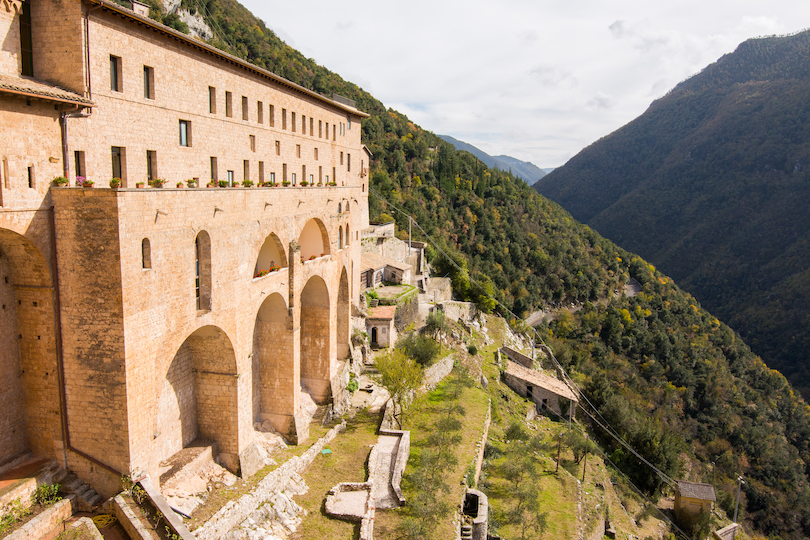
Built into the side of a cliff face, the Sanctuary of the Sacro Speco (San Benedetto Monastery) is one of the area’s most important cultural and religious sites. Adorned with fantastic frescoes, its church and chapel really make for a stunning sight. Sweeping views over the valley can also be had from its courtyard outside.
In the early sixth century, Benedict retired to a grotto near Subiaco where he provided spiritual guidance to his followers. Over the years, a monastic community developed with the abbey’s oldest cloisters dating to the twelfth century. Colourful frescoes from various periods now coat the hermitage’s cells and chapels.
In addition to enjoying its peaceful atmosphere and priceless artistic treasures, you can actually venture into the cave the hallowed saint once lived in. Easily reached within an hour’s drive from Rome, the spiritual complex is where the Benedictine Order first originated.
8. Bracciano Lake
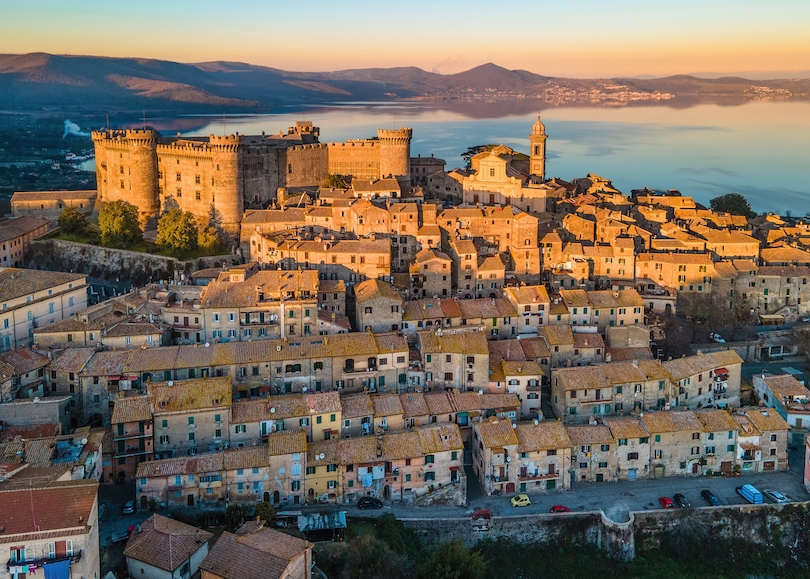
If you’re looking to relax, enjoy some watersports or get out of Rome for a few days, then Bracciano Lake is a lovely spot to head. Although its shores get quite crowded in summer, its splendid scenery and serene nature mean it’s popular for a reason.
The second largest lake in Lazio after Bolsena, it was formed thousands of years ago thanks to intense volcanic activity. Nestled along its long shoreline amidst its hills are countless hotels and a handful of tranquil little towns. The two largest are Anguillara Sabazia and Bracciano, both of which occupy idyllic spots along by the lake.
While most people come to swim, sail and scuba dive in its pristine waters, there are also some cool sights to see too. The main attraction is the fifteenth-century Castello Orsini-Odescalchi which is one of the best-maintained medieval castles in the nation.
7. Civitella d’Agliano
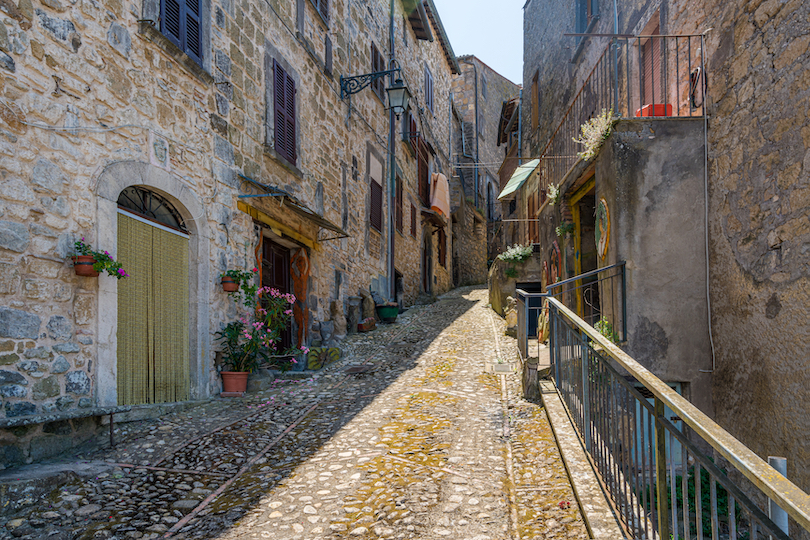
Perched atop a hill in the very north of the region is the incredibly old and attractive Civitella d’Agliano. Having never heard of it before our trip, we were delighted to find a beautiful historic centre and spectacular viewpoints.
Thought to have been founded in the eleventh century by the Counts of Bagnoregio, it is set in a dramatic spot overlooking the Tiber Valley. Exploring its mess of medieval streets is lots of fun as imposing ramparts enclose its old churches and townhouses. From atop its towering Torre dei Monaldeschi, you can bask in epic panoramas over the surrounding hills, forests and gullies.
We also really enjoyed our stop at the gorgeous La Separa garden nearby. Created by Swiss sculptor Paul Wiedmer, its lush confines contain around thirty sculptures by artists from all around the world. As we had just been to the Parco dei Mostri, its cool contemporary installations made for quite the contrast.
6. Circeo National Park
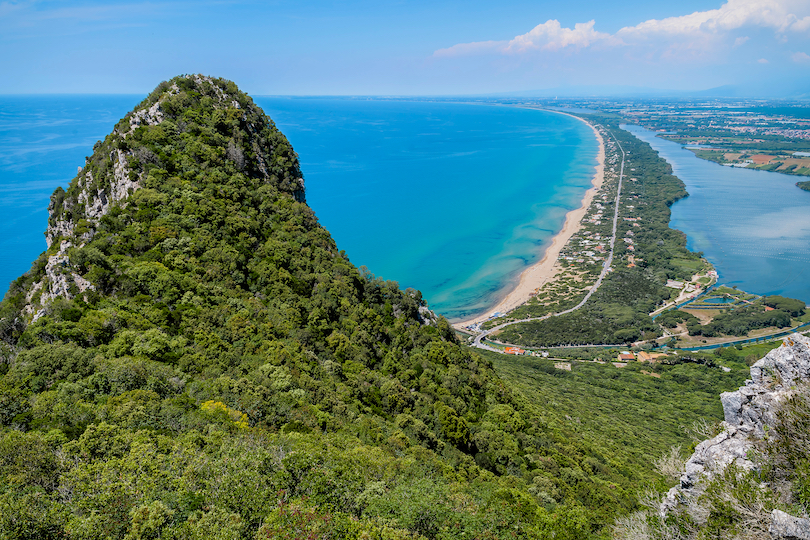
For those looking to immerse themselves in nature and enjoy some outdoor activities, Circeo National Park is the perfect place to go. Occupying a narrow strip of coastline in-between Anzio and Terracina, it offers some superb hiking and biking. Sunbathing, swimming and kayaking are also popular pastimes here.
Established in 1934 to protect the last remaining Pontine Marshes, it encompasses a diverse range of different ecosystems. These include not just sea dunes, salt lakes and swamps but limestone cliffs and the largest plain forest in Italy. There is even the unspoiled island of Zannone for visitors to take trips offshore.
Named after the Mount Circeo promontory, the park has roughly twenty kilometers of sparkling coastline for nature lovers to enjoy. Aside from lounging on its beaches and swimming in the sea, you can stay longer at relaxing little villages like Sperlonga and San Felice Circeo.
5. Cerveteri
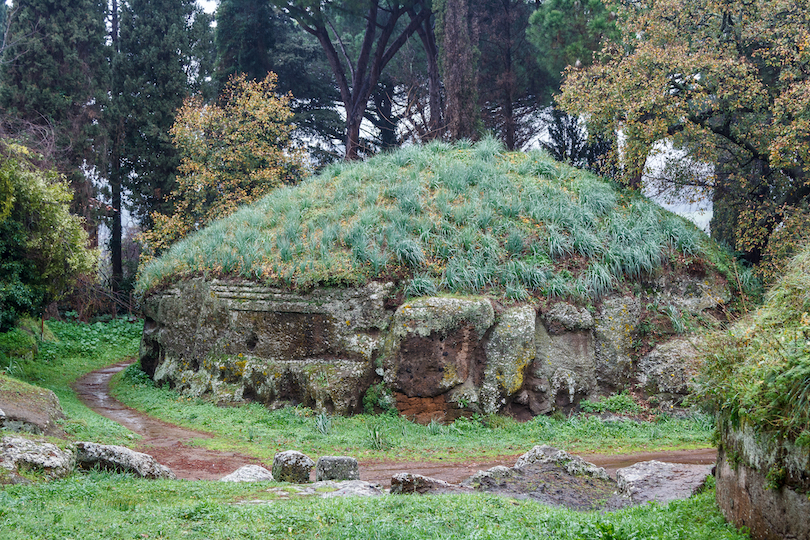
Just like with Tarquinia, Cerveteri’s standout site is its enormous Etruscan necropolis. Lying just inland from the sea, around forty-five minutes’ drive northwest of Rome, its well-preserved tombs, engravings and archaeological findings are a treat to explore.
Once a wealthy trading town, the ancient city is reckoned to have at one point been the Etruscan’s largest settlement. While it eventually dwindled and died, the artifacts and excavations that have been unearthed are extraordinary.
In total, some thousand or so tombs have been discovered, the oldest of which date to the ninth century BC. Remarkably enough, many depict the former houses of the dead with corridors, central halls and several rooms all being carved out of the living rock. Frescoes and carvings also decorate some while the sculptures and sarcophagi uncovered here now occupy several museums across the country.
After seeing the Tomb of the Reliefs and Tomb of the Painted Lions, guests can also enter its museum to learn more about their burial practices. Apart from the cemetery, Cerveteri has a couple of pretty churches, palazzi and a small castle to check out.
4. Ostia Antica
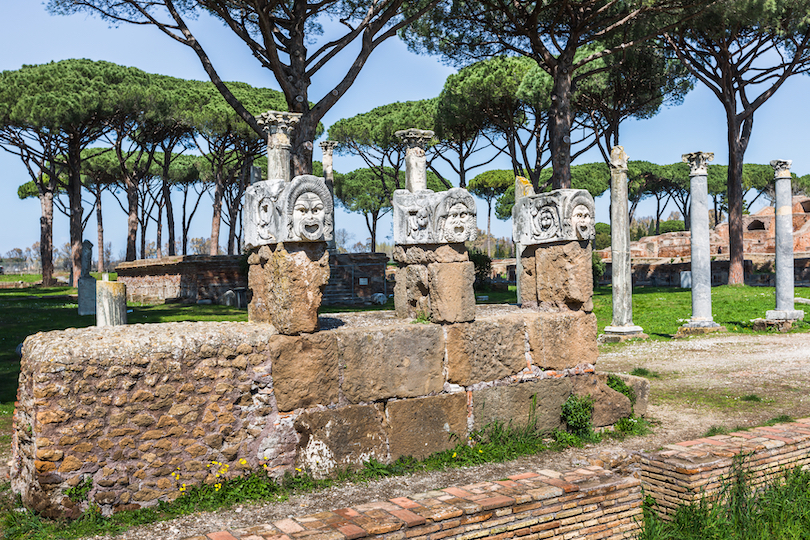
Another very impressive and extensive set of ruins to explore is those of Ostia Antica, just outside of Rome . Unlike in the center of the city, its sprawling site sees drastically fewer visitors than the Forum, Pantheon and Colosseum. For us, this made seeing its magnificent mosaics, frescoes and ancient buildings even more memorable.
Once the capital’s main port city, its importance slowly faded as the Tiber River silted up. Established in the seventh century BC, the town’s population steadily decreased until it was eventually abandoned following the fall of the Western Roman Empire in 476 AD.
Rising sand and mud from the river thankfully preserved the ruins until excavations took place in the nineteenth century. Only rivaled by those of Ancient Rome and Pompeii, its streets, temples, spas and squares stretch endlessly into the distance.
Seeing its ancient forum, baths and theater in the flesh really was an awe-inspiring experience. We also took a terrific tour with a local archaeologist who provided excellent oversight of the once-thriving seaport.
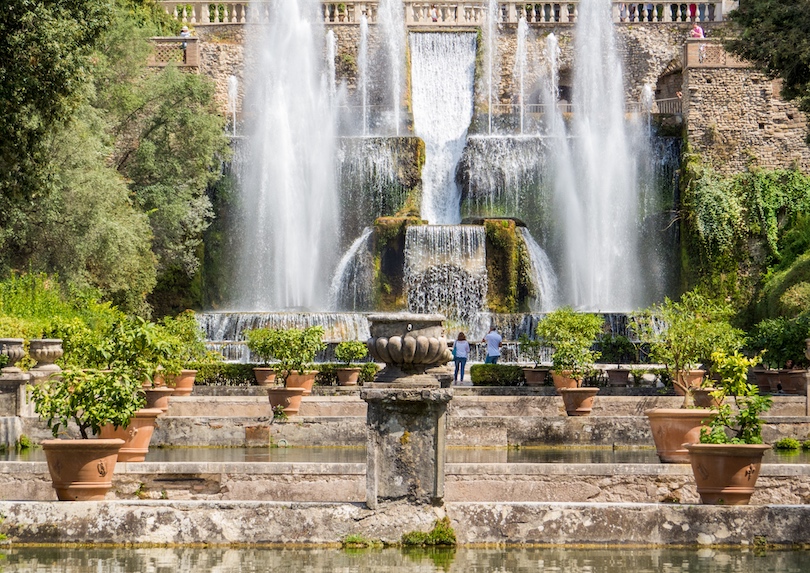
Some thirty kilometers northeast of the capital is another great day trip destination. At Tivoli, you’ll find the must-see sites of Villa d’Este and Villa Adriana. Both boast some absolutely exquisite architecture and immaculately maintained gardens.
Located on the little town’s outskirts, the latter was the imperial residence of Emperor Hadrian. Built around 120 AD, the extensive estate featured plenty of fountains, pools and baths, perfect for relaxing and unwinding. Although it is now in ruins, its classical Greek and Roman architecture still makes for an arresting sight. Around 500 striking statues, frescoes and fragments of mosaics are dotted around its gorgeous grounds.
Just as appealing and interesting is the sixteenth-century Villa d’Este and its romantic Renaissance-style gardens. Famed for its terraced hillside and twinkling fountains, it was commissioned by Cardinal Ippolito II d’Este in 1549.
While the elaborate designs of its innumerable fountains make for some fabulous pictures, the interior of the vast villa is just as incredible. Richly decorated, each hall and apartment is clad in refined frescoes and artworks depicting various mythological scenes and landscapes.
We loved our trip to Tivoli and really couldn’t recommend it enough. The combination of history, nature, art and viewpoints ticked all our boxes. If that wasn’t enough, Villa Gregoriana has a wonderful waterfall, woods and a series of gorges for you to wander around.
2. Civita di Bagnoregio
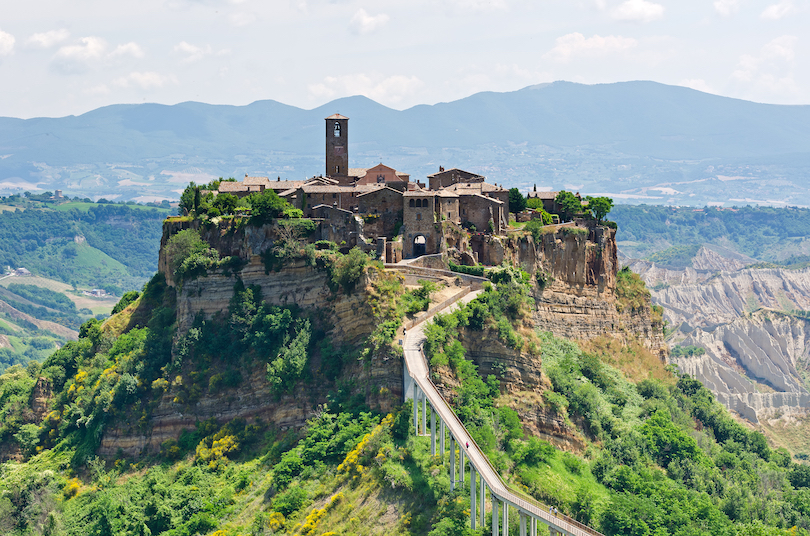
Famously known as the ‘dying city’, Civita di Bagnoregio is set in an improbable spot atop an eroding volcanic outcrop. Only accessible via a narrow, steep footbridge, the tiny hilltop village is certainly one of the most enchanting places to visit in Lazio.
Surrounded by dramatic drops and rugged ravines, it was founded by the Etruscans over 2,500 years ago. Now only home to a dozen inhabitants, its charming medieval centre is stuck in time, untouched even by the Renaissance.
After snapping some photos of the town from the bridge leading up to it, stroll around its old streets. As well as its central piazza and church, there is the Porta Santa Maria cut by the Etruscans to admire. Other than taking in its unique atmosphere, you can shop at cute crafts shops and stop for a coffee or a meal at its handful of small cafes.

One of the world’s greatest cities, Rome is full of fascinating historic sites and ancient wonders. Fittingly called the ‘Eternal City’, Italy’s capital has an endless list of artistic treasures, tempting shopping arcades and top-class restaurants for visitors to try and get through.
Once the center of an immense empire, the city was established in the eighth century BC by the Romans along the banks of the Tiber River. Considered the birthplace of Western Civilisation, they built massive monuments like the Colosseum, Pantheon and Forum across its seven hills. Almost every corner you walk around , you’ll come across yet another building or archaeological site dating back millennia.
Later generations only added to its beauty with the ornate Trevi Fountain and Castel Sant’Angelo counting among its other main tourist attractions . Rome also encircles the Vatican; the world’s smallest state which is the seat of the Papacy. Here you’ll find not just St. Peter’s Basilica and the Sistine Chapel but all the Vatican Museums’ astonishing art collections too.
See also: Where to Stay in Rome
Aside from its unrivaled history and heritage, you can experience its rich gastronomy and nightlife in the trendy Trastevere neighborhood. Its picturesque old piazze and cobblestone streets are lined by countless trattorie serving delicious pizza, pasta and fine wines.
With world-class shopping and excellent museums also available, it is no wonder it is such a top destination. One of our favorite cities, Rome is a place you can return to time and time again and always find something new – or old! – to discover.
Map of Places to Visit in Lazio, Italy
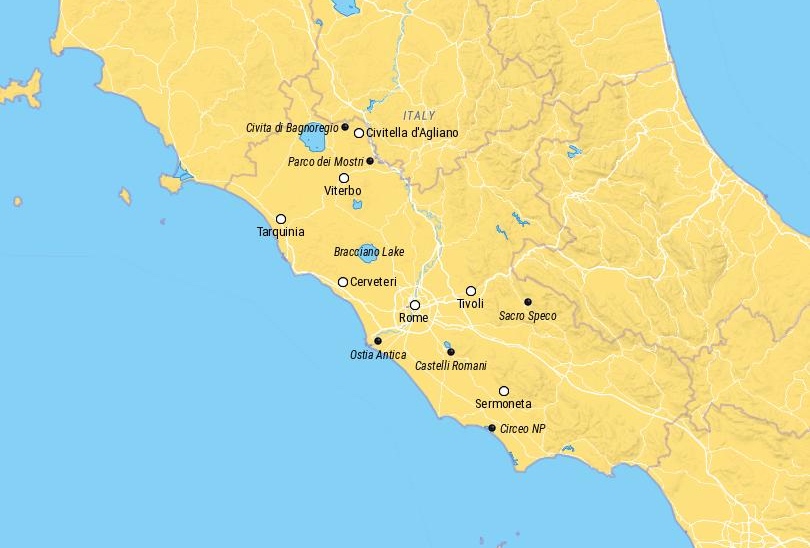
Share this post:
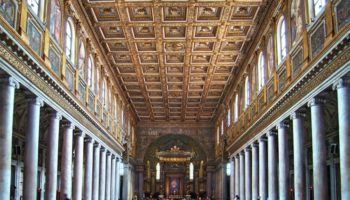
8 Most Beautiful Churches in Rome
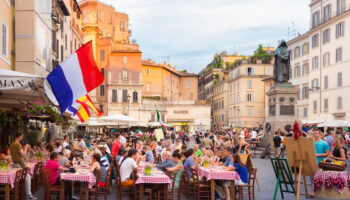
Best Time to Visit Rome: Month-by-Month Guide
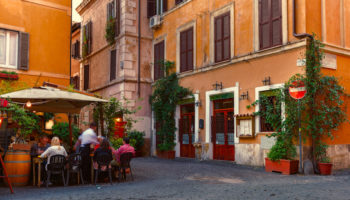
Where to Stay in Rome: Best Neighborhoods & Hotels
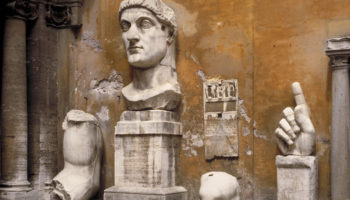
10 Best Museums in Rome
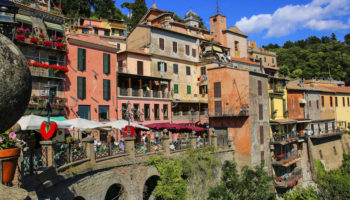
11 Best Day Trips from Rome
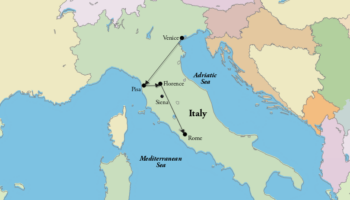
How To Spend One Week in Italy: DIY Itinerary
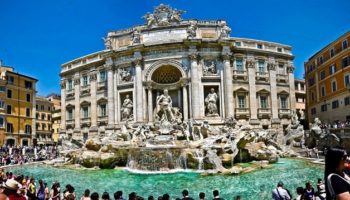
25 Top Tourist Attractions in Rome
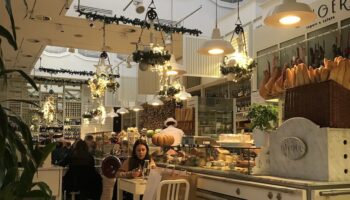
Rome Alone: 8 Things to Do Solo in Rome
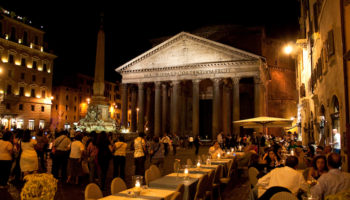
How to Spend 3 Days in Rome: The Perfect Itinerary
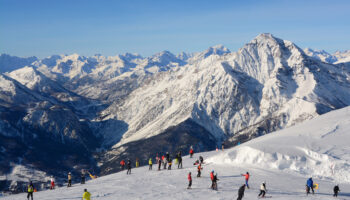
12 Best Places to Visit in Piedmont, Italy
Reader interactions, leave a reply cancel reply.
Your email address will not be published. Required fields are marked *
This site uses Akismet to reduce spam. Learn how your comment data is processed .
Must-see attractions in Lazio
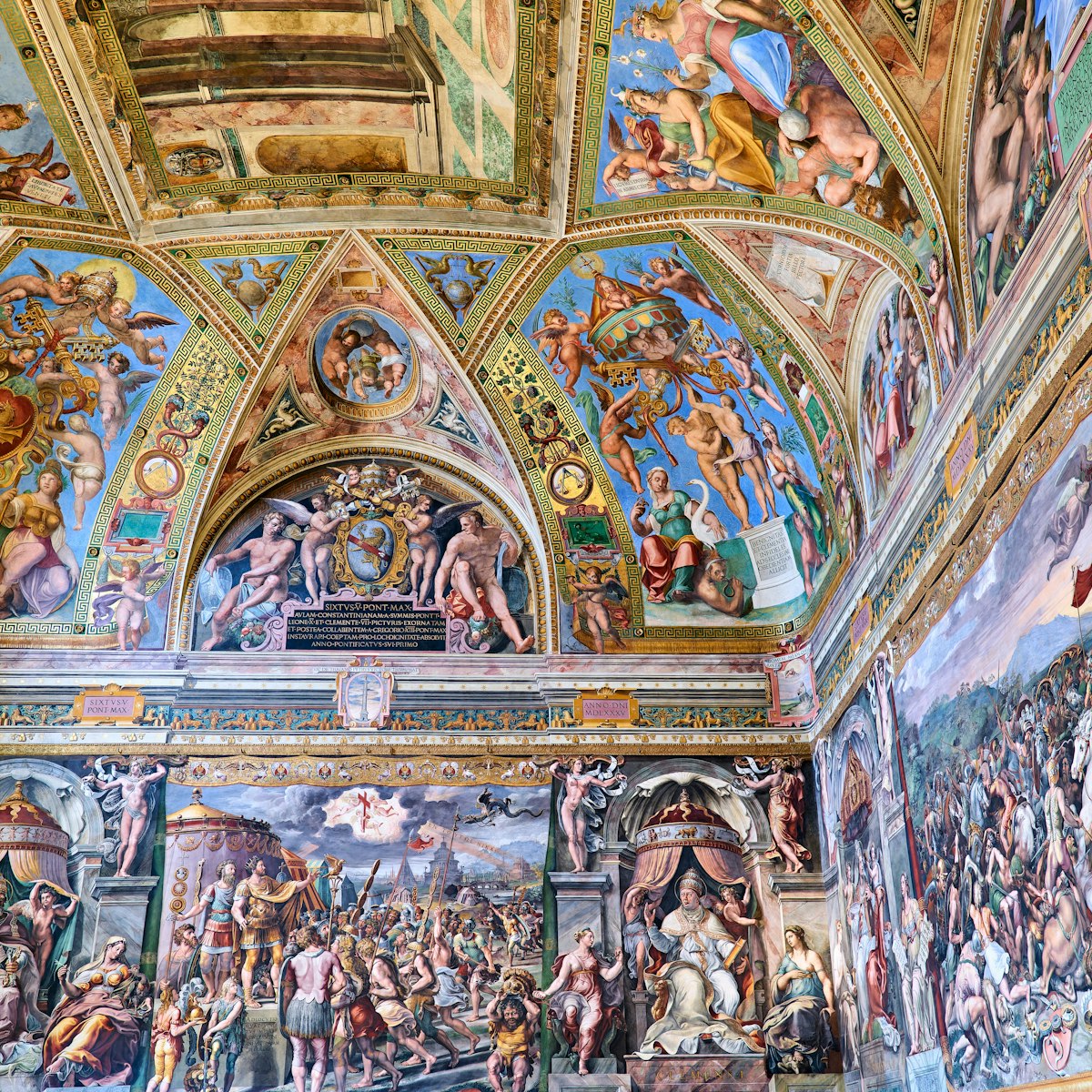
Vatican Museums
Vatican City, Borgo & Prati
Founded by Pope Julius II in the early 16th century and enlarged by successive pontiffs, the Vatican Museums boast one of the world's greatest art…
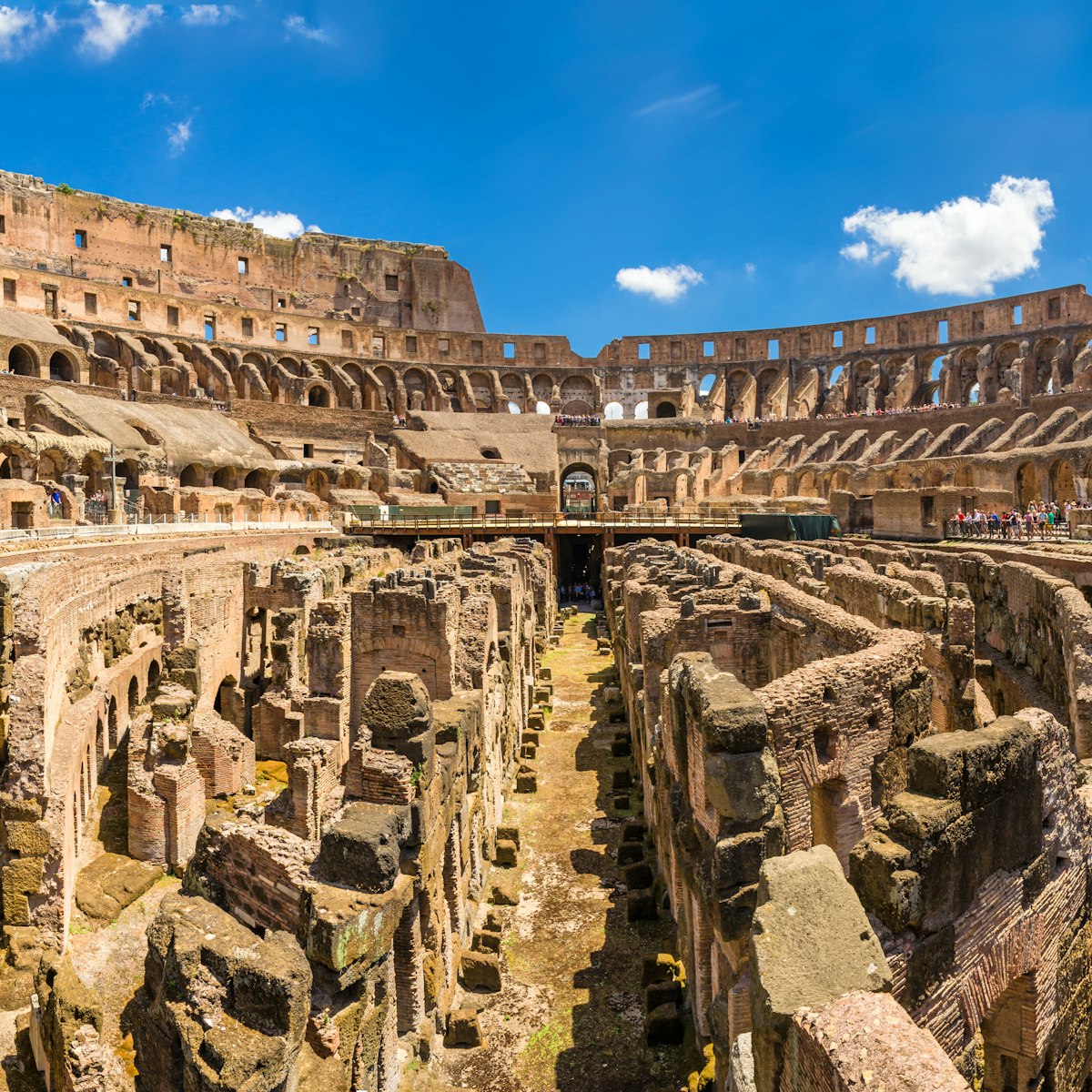
Ancient Rome
Everyone wants to see the Colosseum, and it doesn’t disappoint, especially if accompanied by tales of armored gladiators and hungry lions. More than any…
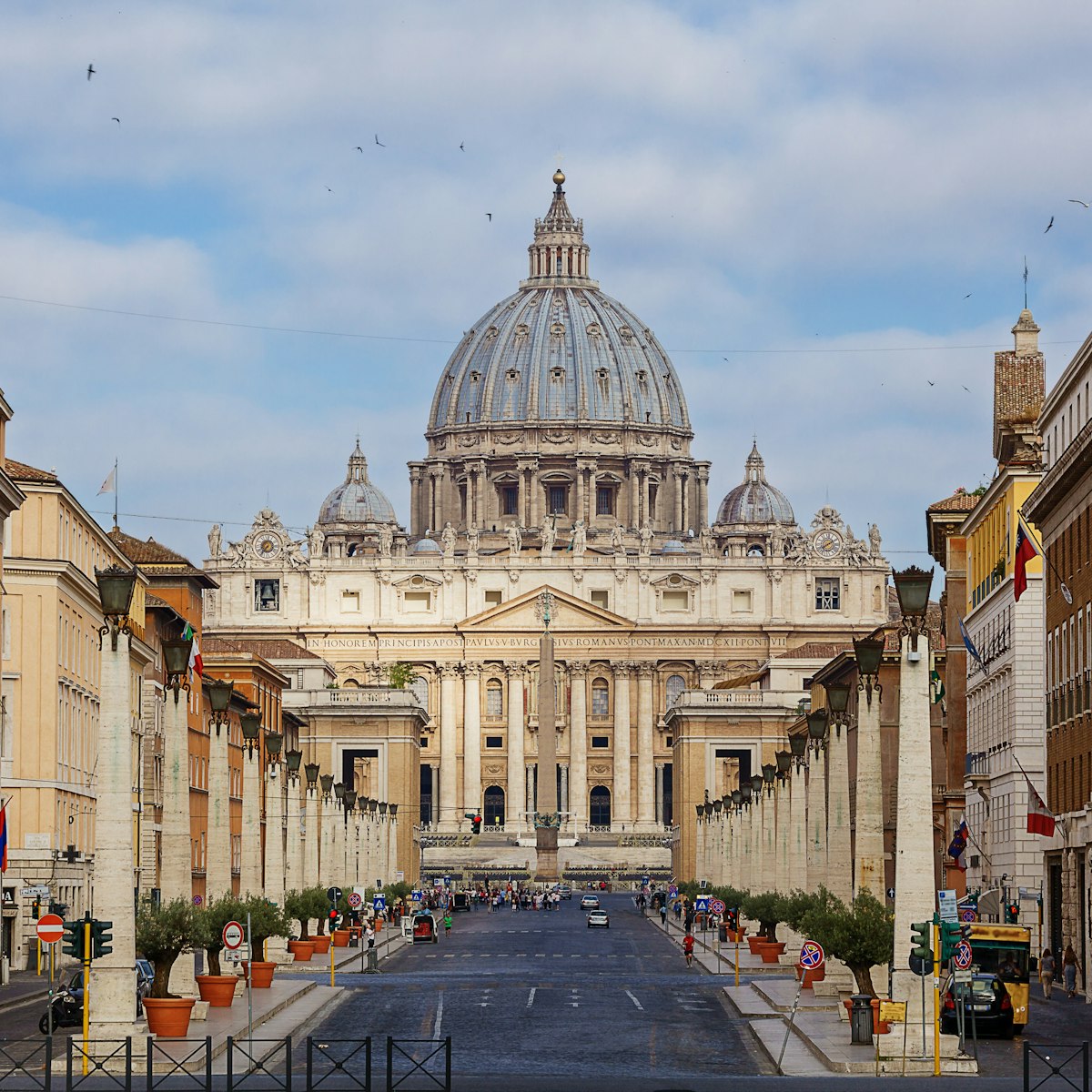
St Peter's Basilica
In the city of outstanding churches, none can hold a candle to St Peter's, Italy’s largest, richest and most spectacular basilica. Built atop a 4th…
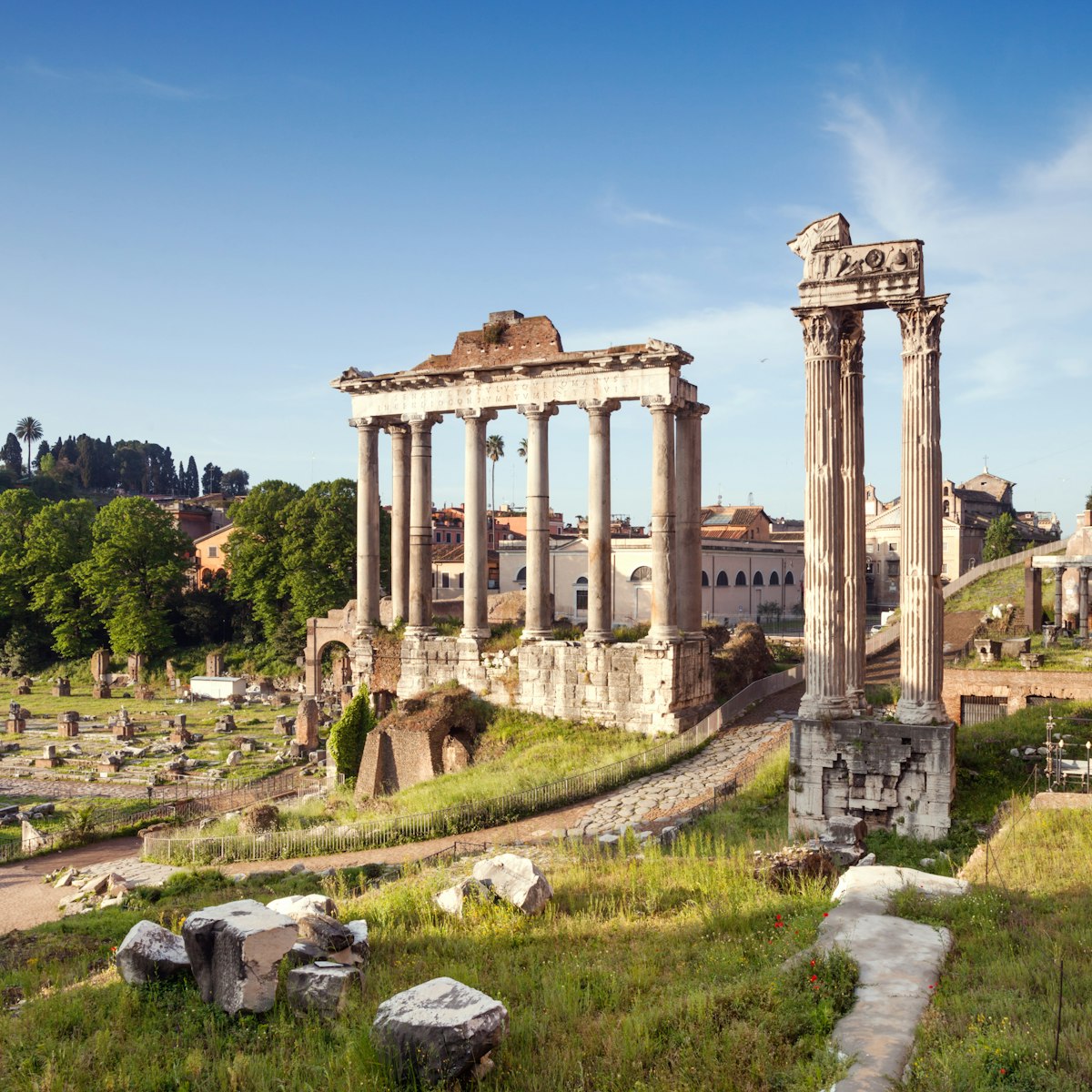
Roman Forum
An impressive – if rather confusing – sprawl of ruins, the Roman Forum was ancient Rome's showpiece center, a grandiose district of temples...

Sandwiched between the Roman Forum and the Circo Massimo, the Palatino (Palatine Hill) is one of Rome's most spectacular sights. It's a beautiful,…
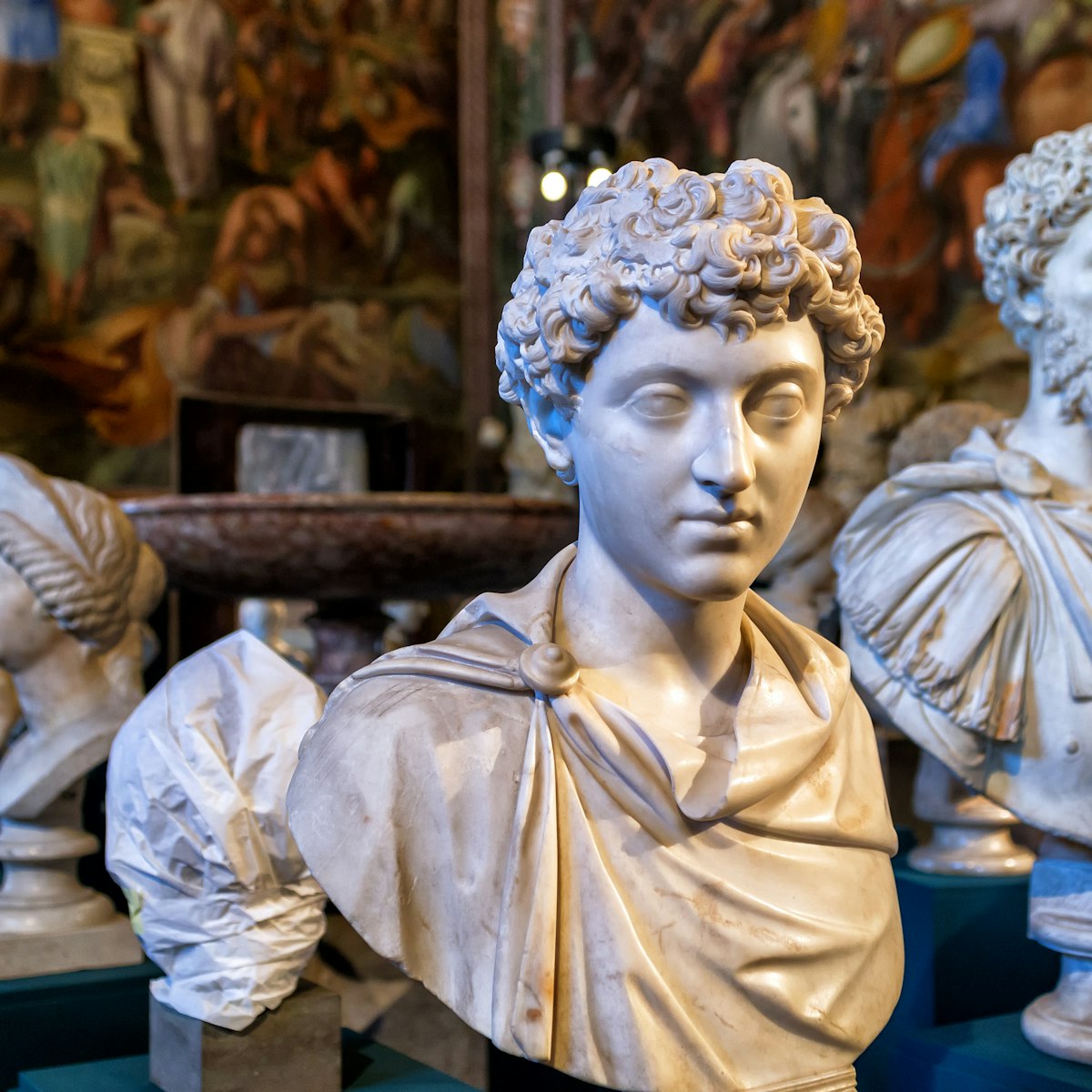
Capitoline Museums
Dating from 1471, the Capitoline Museums are the world's oldest public museums, with a fine collection of classical sculpture.
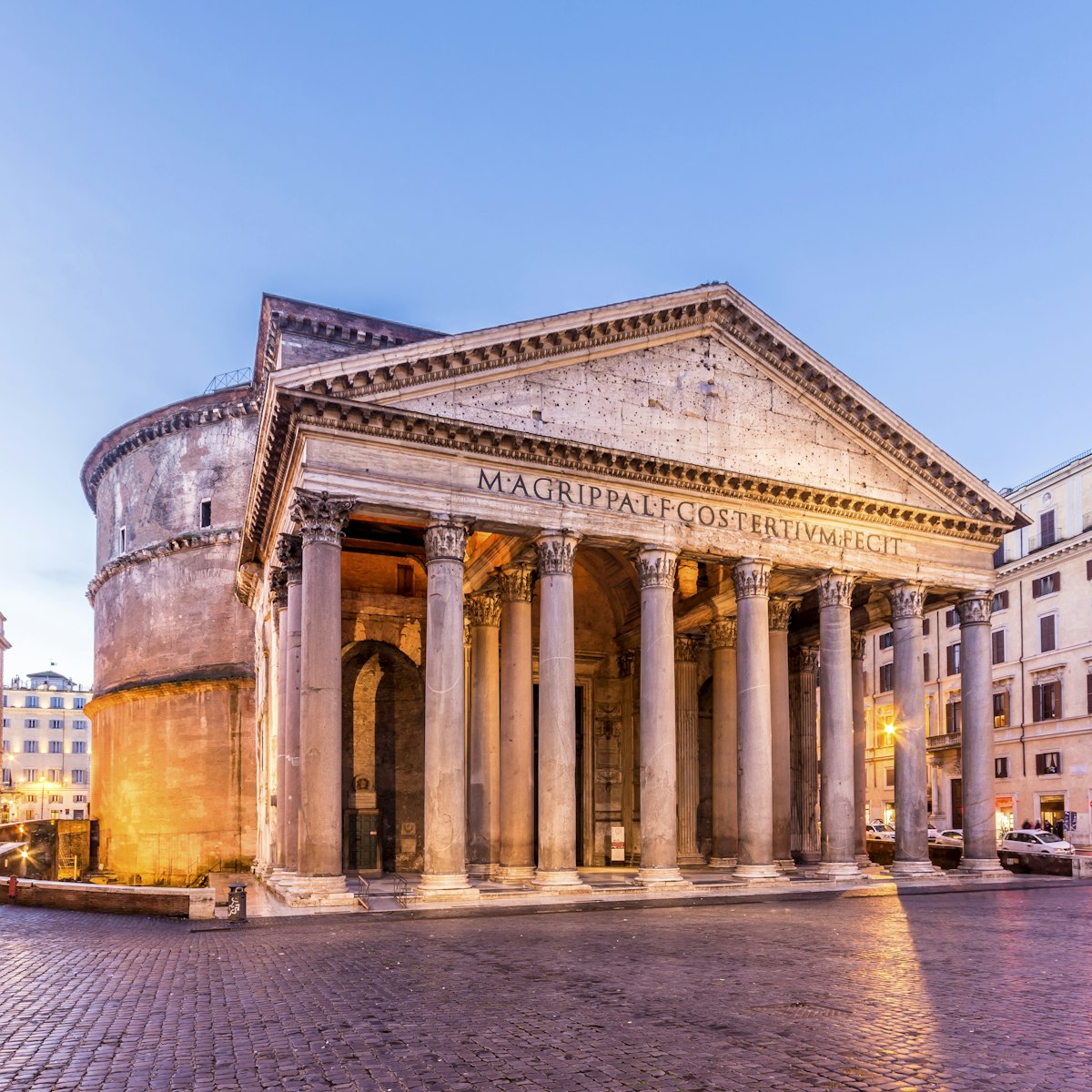
Centro Storico
With its revolutionary design, this awe-inspiring temple has served as an architectural blueprint for millennia.
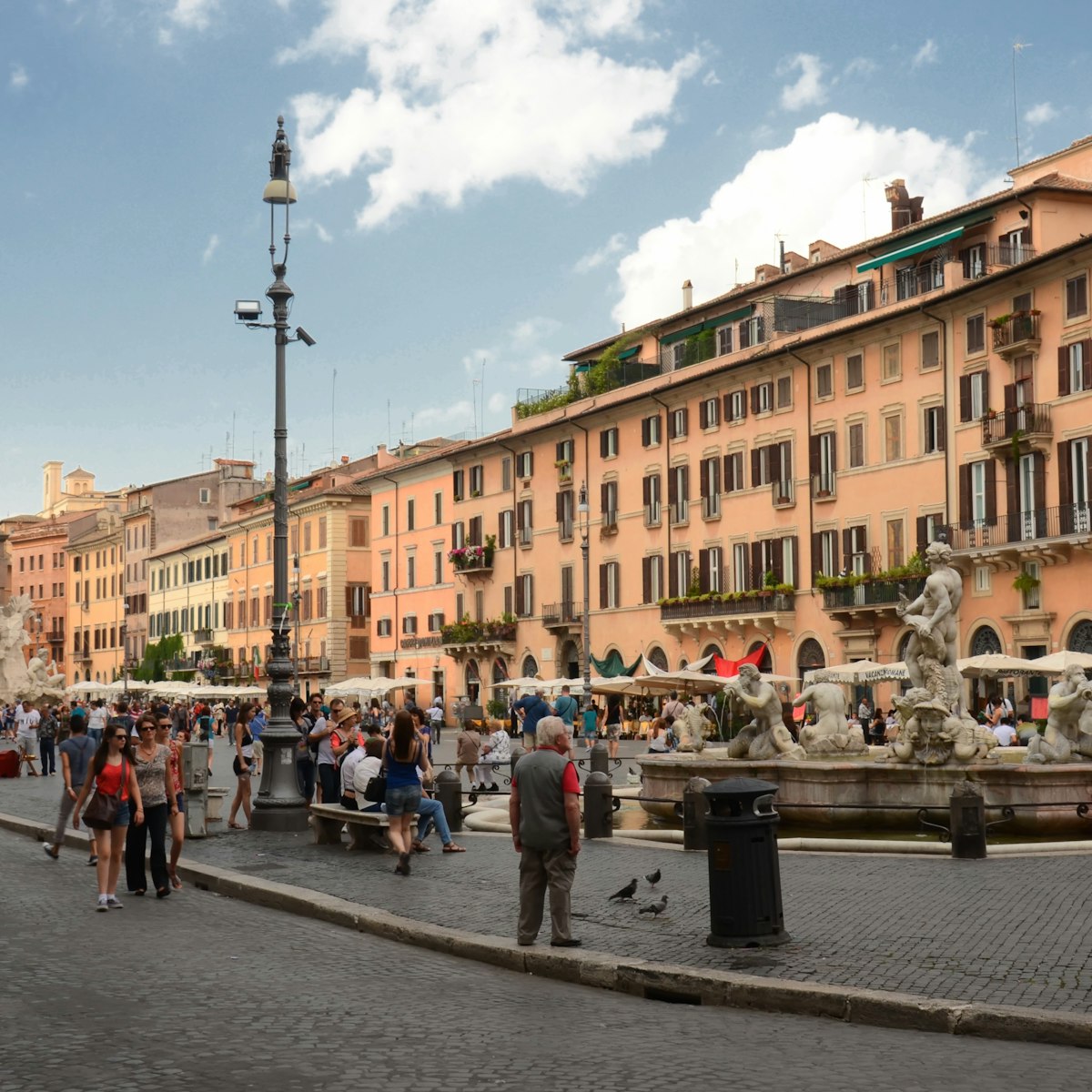
Piazza Navona
With its showy fountains, baroque palazzi and colorful cast of street artists, hawkers and tourists, Piazza Navona is central Rome’s elegant showcase…
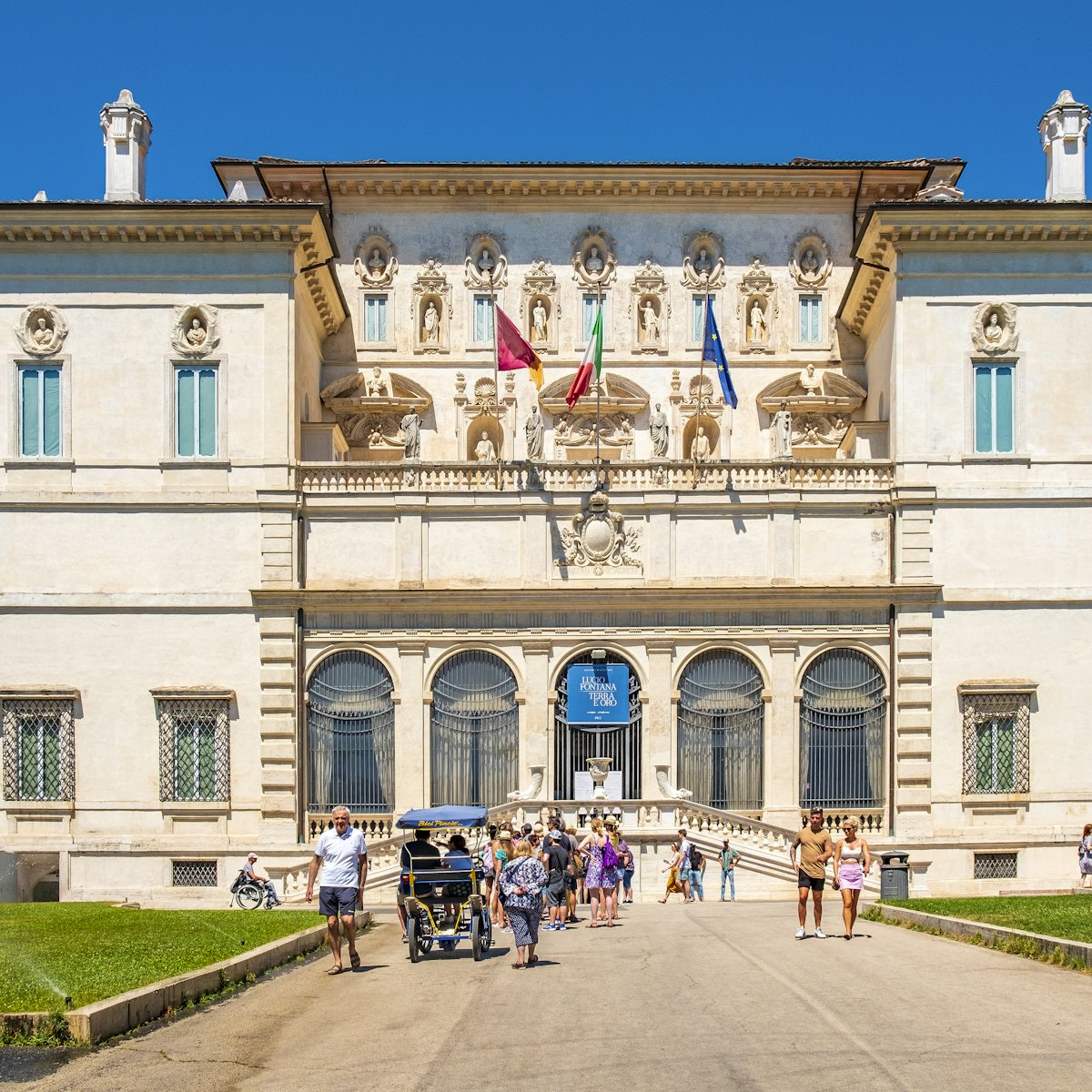
Museo e Galleria Borghese
If you only have time for one art gallery in Rome, make it the Museo e Galleria Borghese.

Basilica di San Giovanni in Laterano
San Giovanni & Testaccio
This monumental building is Rome’s official cathedral and the pope’s seat as the bishop of Rome.
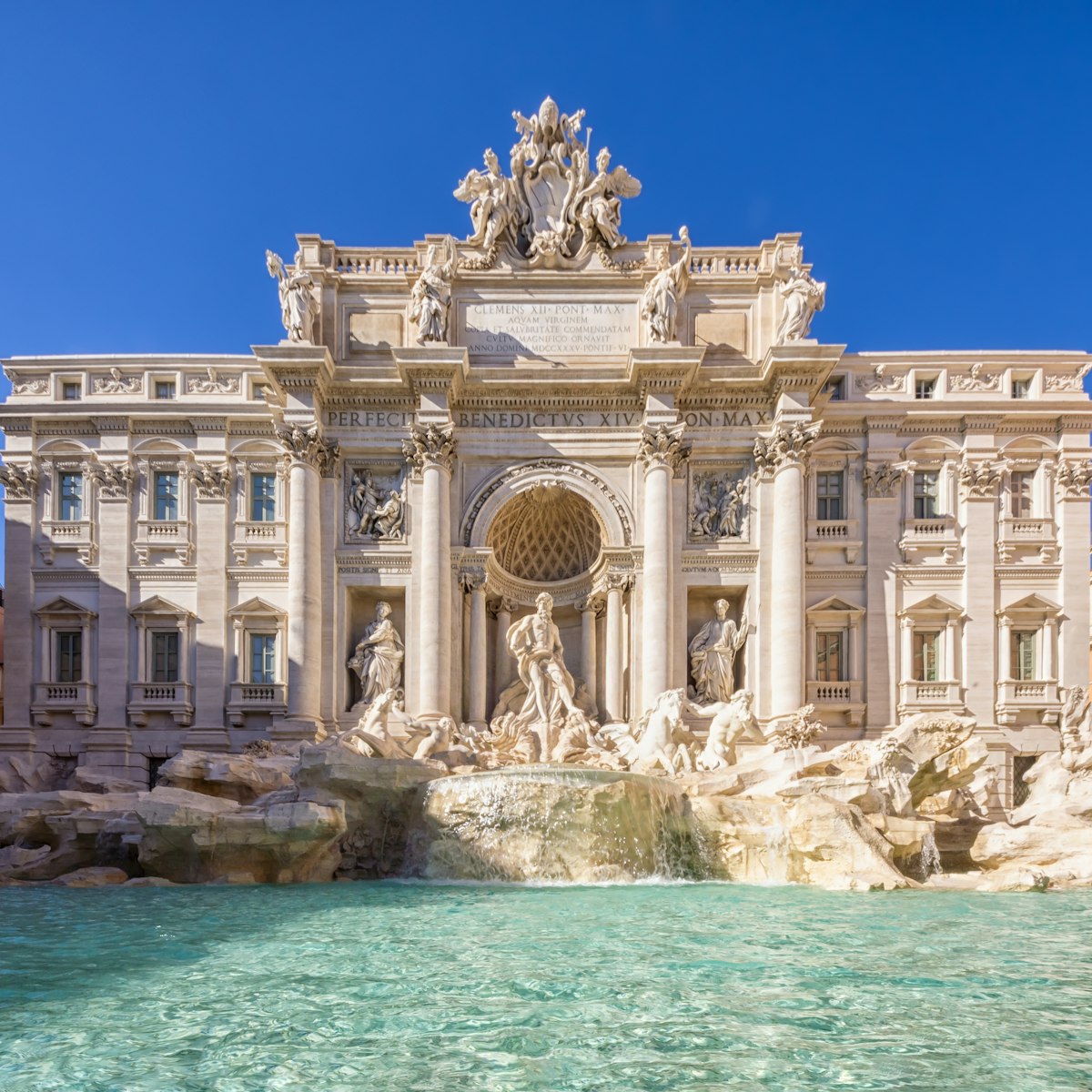
Trevi Fountain
Tridente, Trevi & the Quirinale
Don't miss a visit to Rome's iconic Fontana di Trevi, or Trevi Fountain.
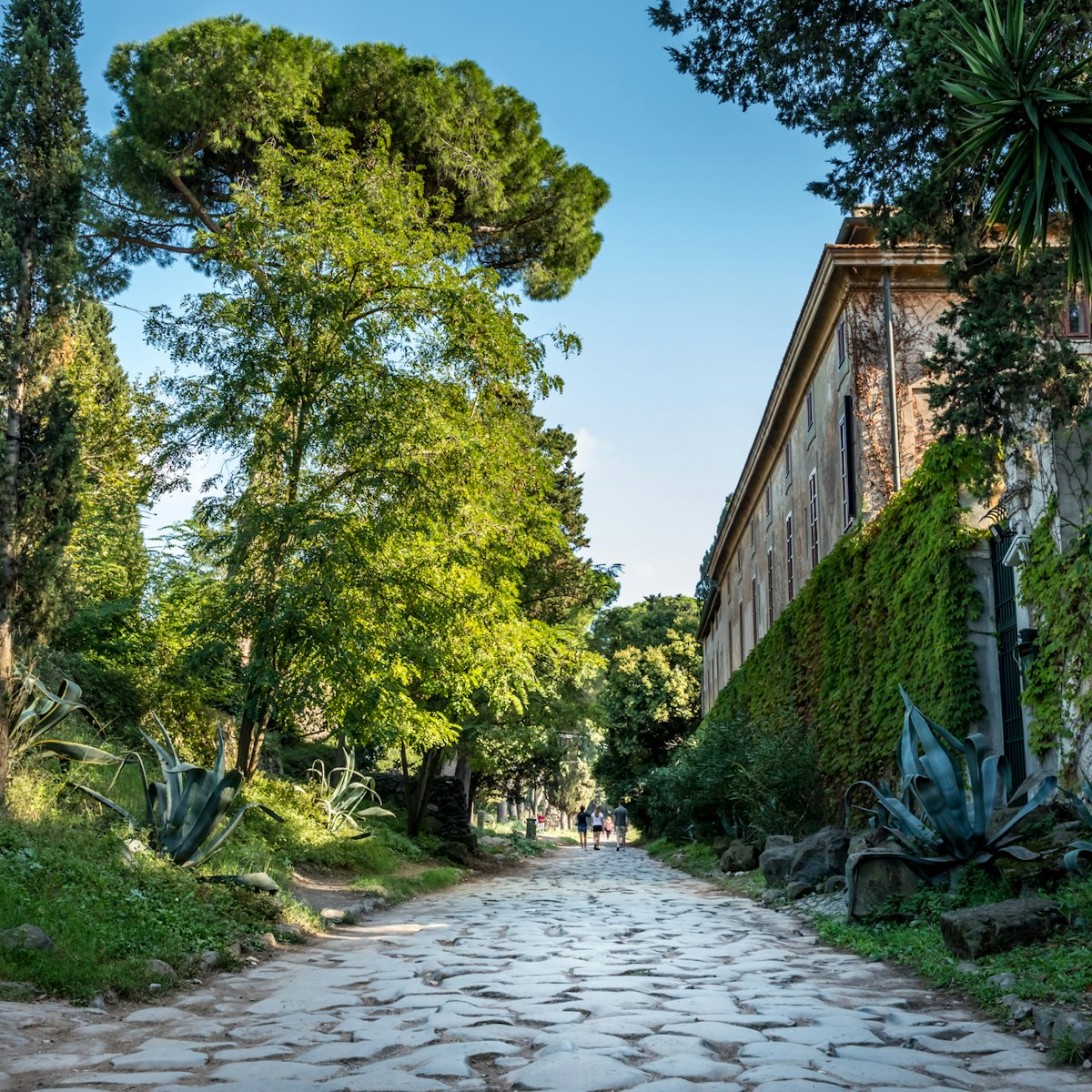
Via Appia Antica
Southern Rome
Via Appia Antica is a beautiful cobbled thoroughfare flanked by grassy fields, ancient Roman structures and towering pine trees.
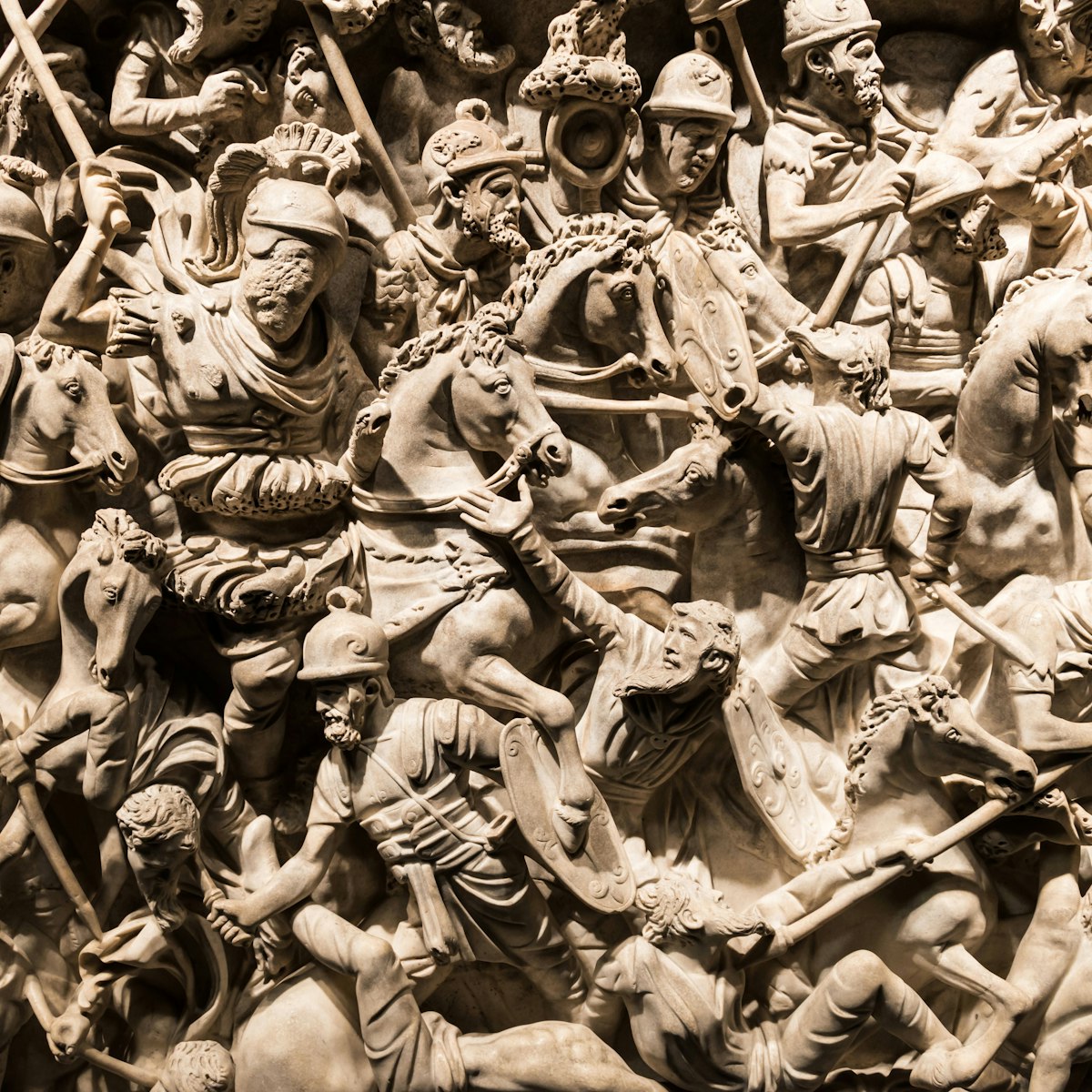
Museo Nazionale Romano: Palazzo Massimo alle Terme
Monti, Esquilino & San Lorenzo
One of Rome's pre-eminent museums, this treasure trove of classical art is a must-see when you're in the city.
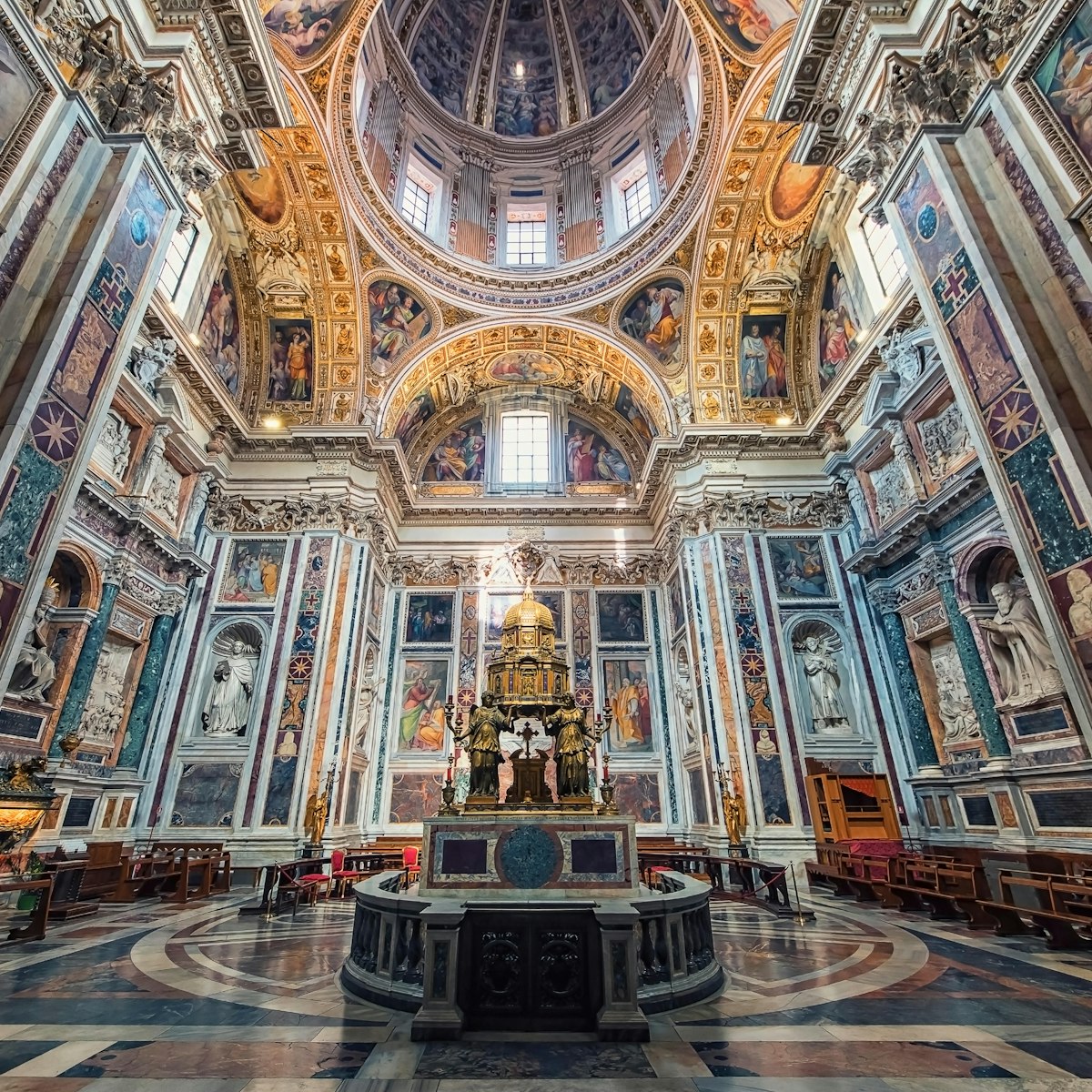
Basilica di Santa Maria Maggiore
One of Rome's four patriarchal basilicas, this 5th-century church is an architectural hybrid.
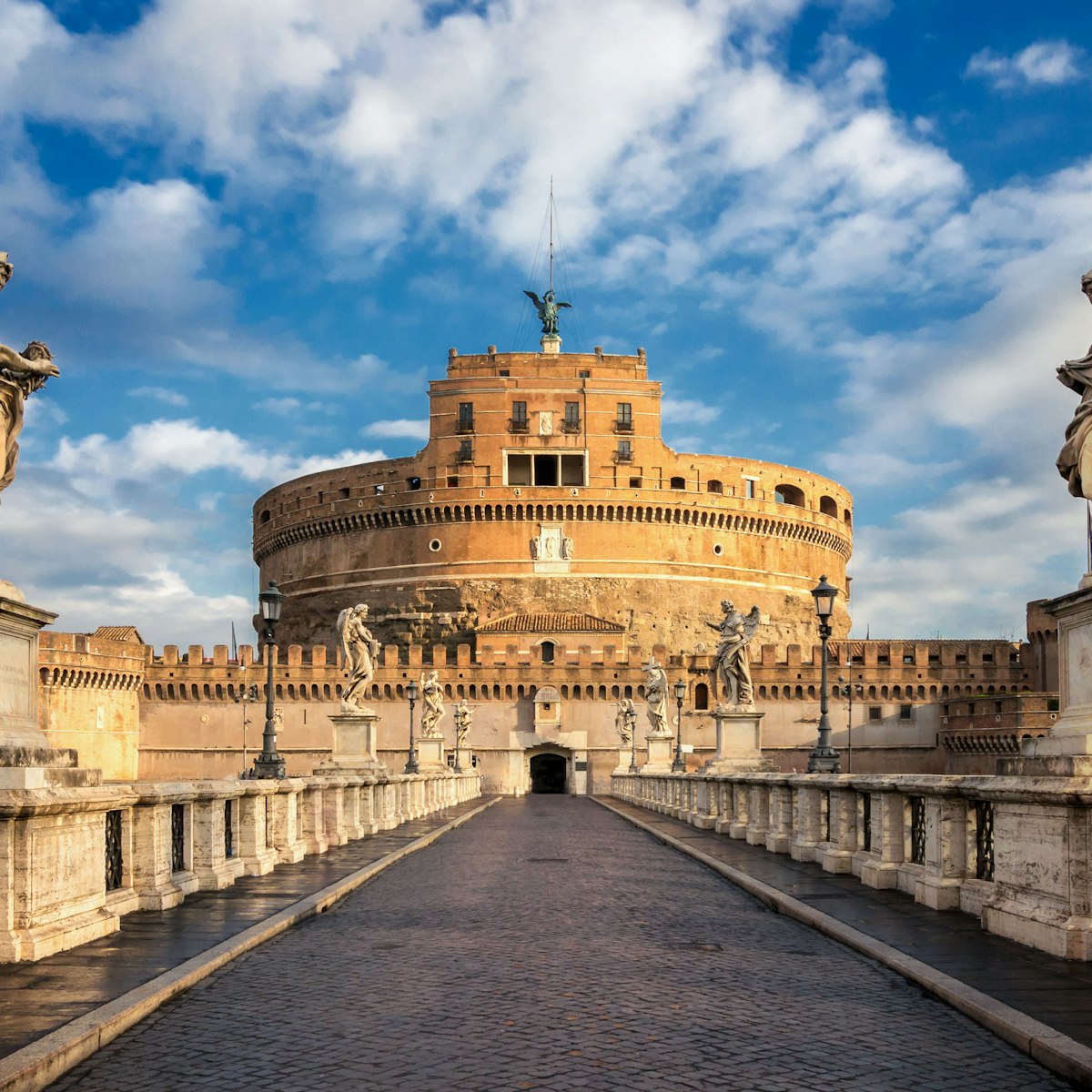
Castel Sant'Angelo
This castle is an instantly recognizable landmark now home to the Museo Nazionale di Castel Sant'Angelo.

Chiesa di San Luigi dei Francesi
This opulent baroque church is home to a celebrated trio of Caravaggio paintings.
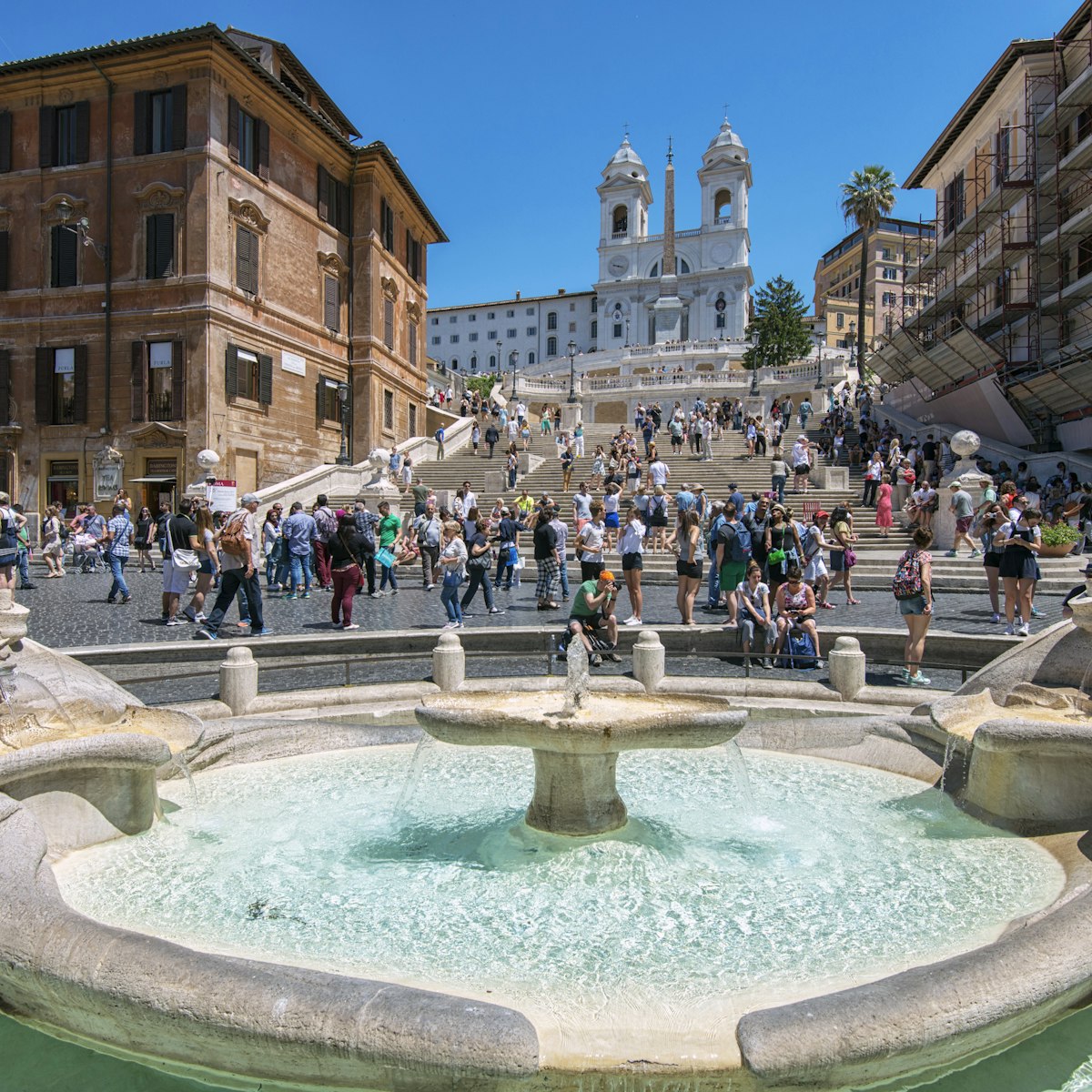
Piazza di Spagna & the Spanish Steps
The Spanish Steps are the perfect place for some people watching and great views over Rome.
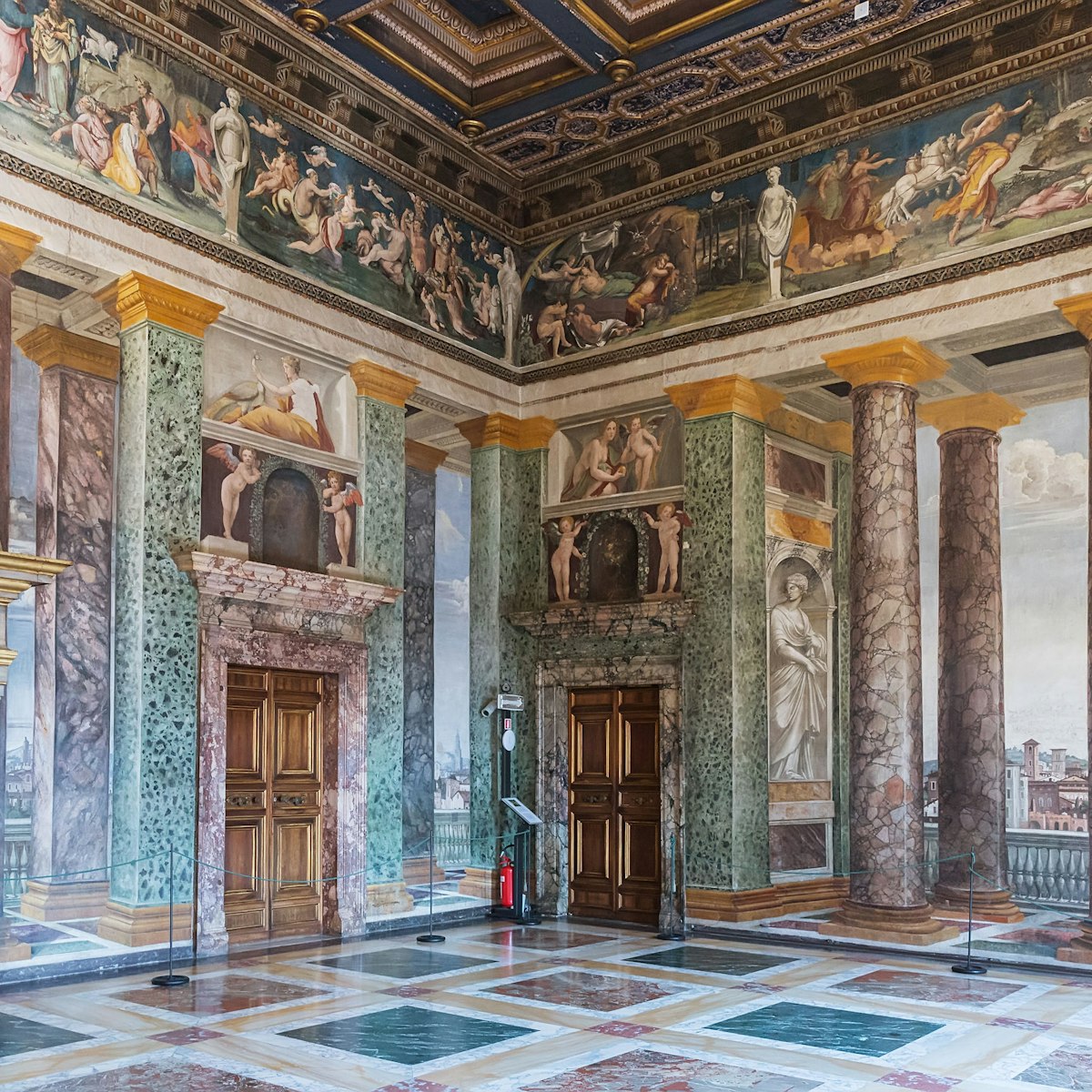
Villa Farnesina
Trastevere & Gianicolo
Admire the interior of this gorgeous 16th-century villa, fantastically frescoed from top to bottom.
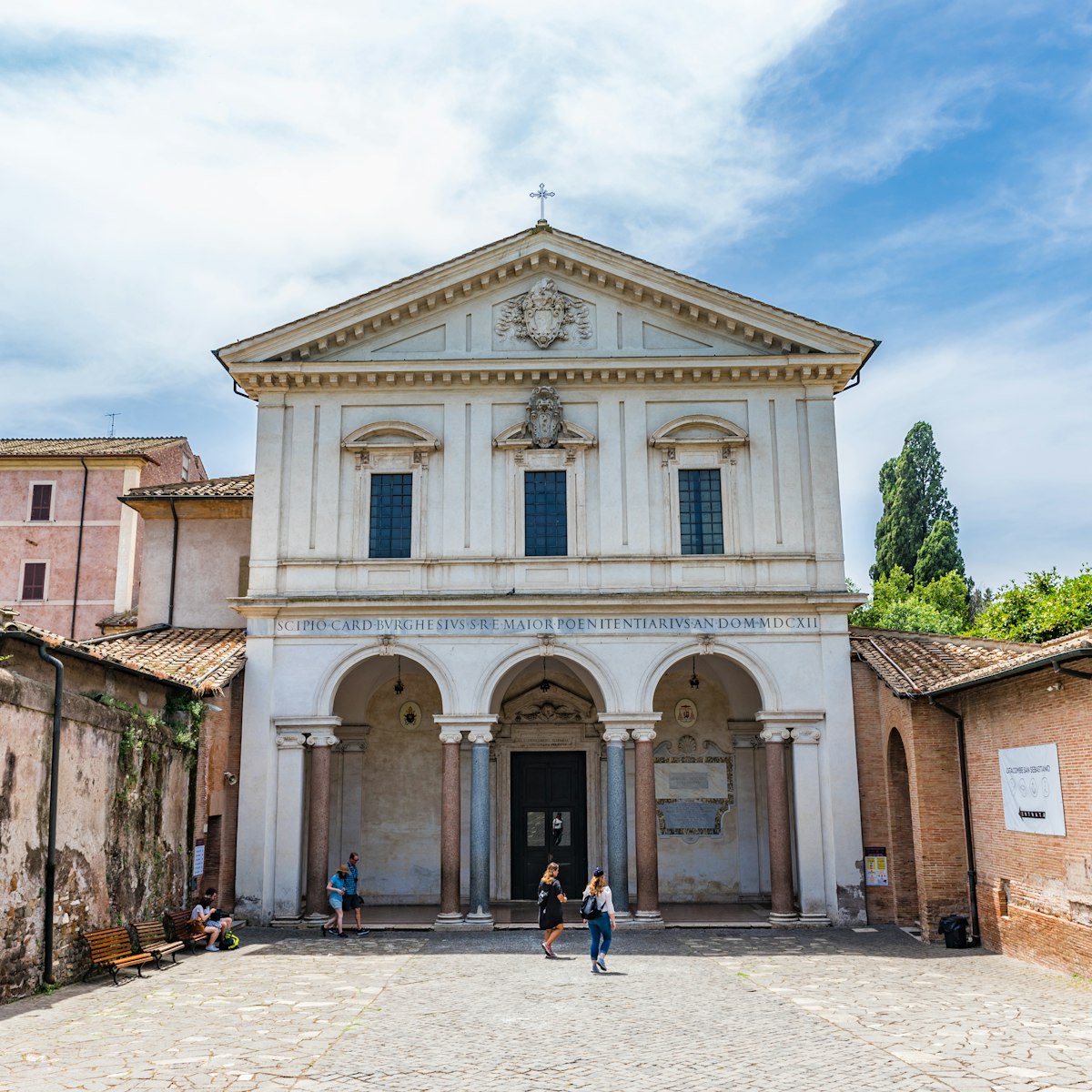
Catacombe di San Sebastiano
Extending beneath the Basilica di San Sebastiano, these underground burial chambers were developed in the 1st century.
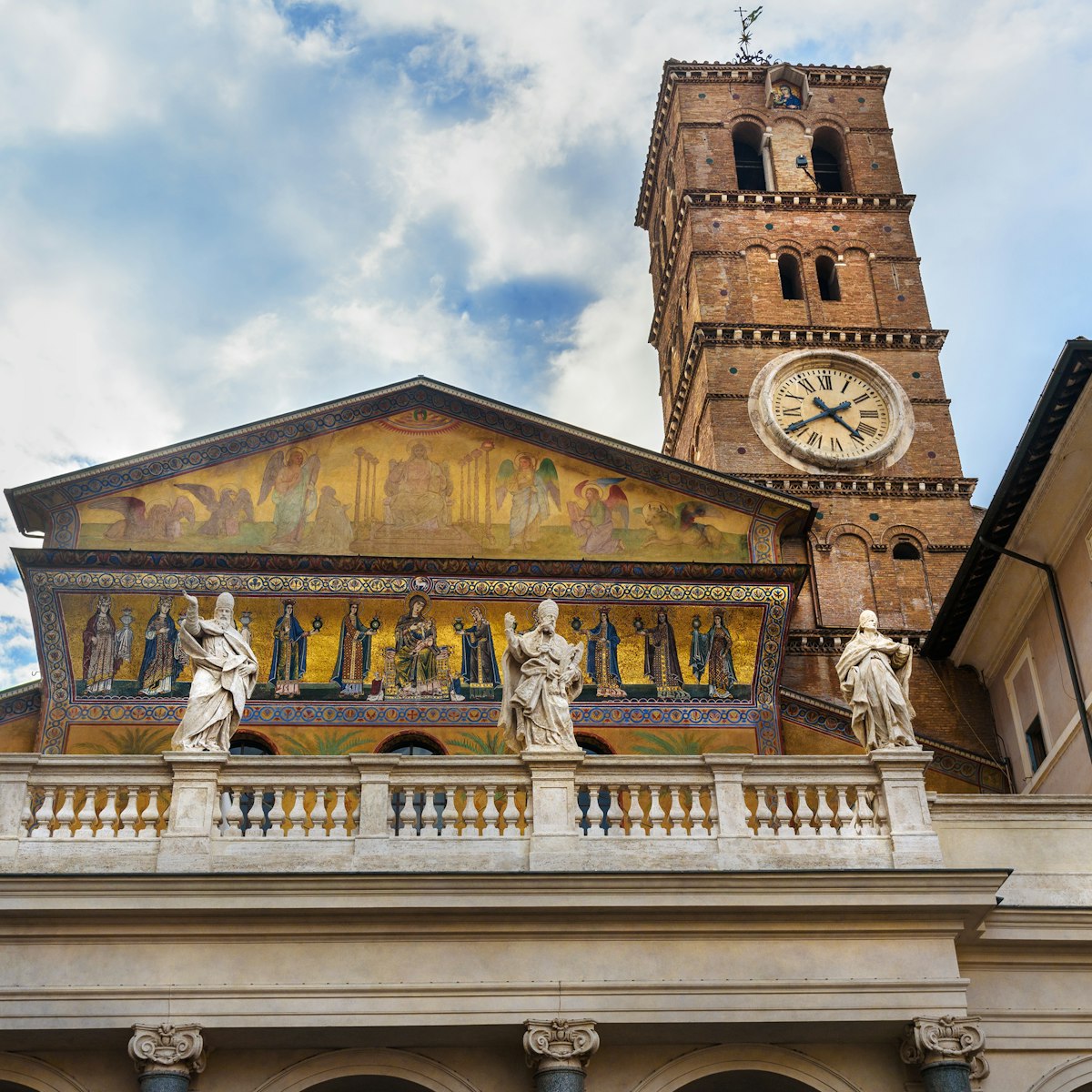
Basilica di Santa Maria in Trastevere
Tucked away in Trastevere, this is said to be Rome's oldest church dedicated to the Virgin Mary.

Vatican Gardens
The Vatican stands atop the low-lying Vatican hill, just west of the Tiber. Much of its 109 acres are covered by the perfectly manicured Vatican Gardens.
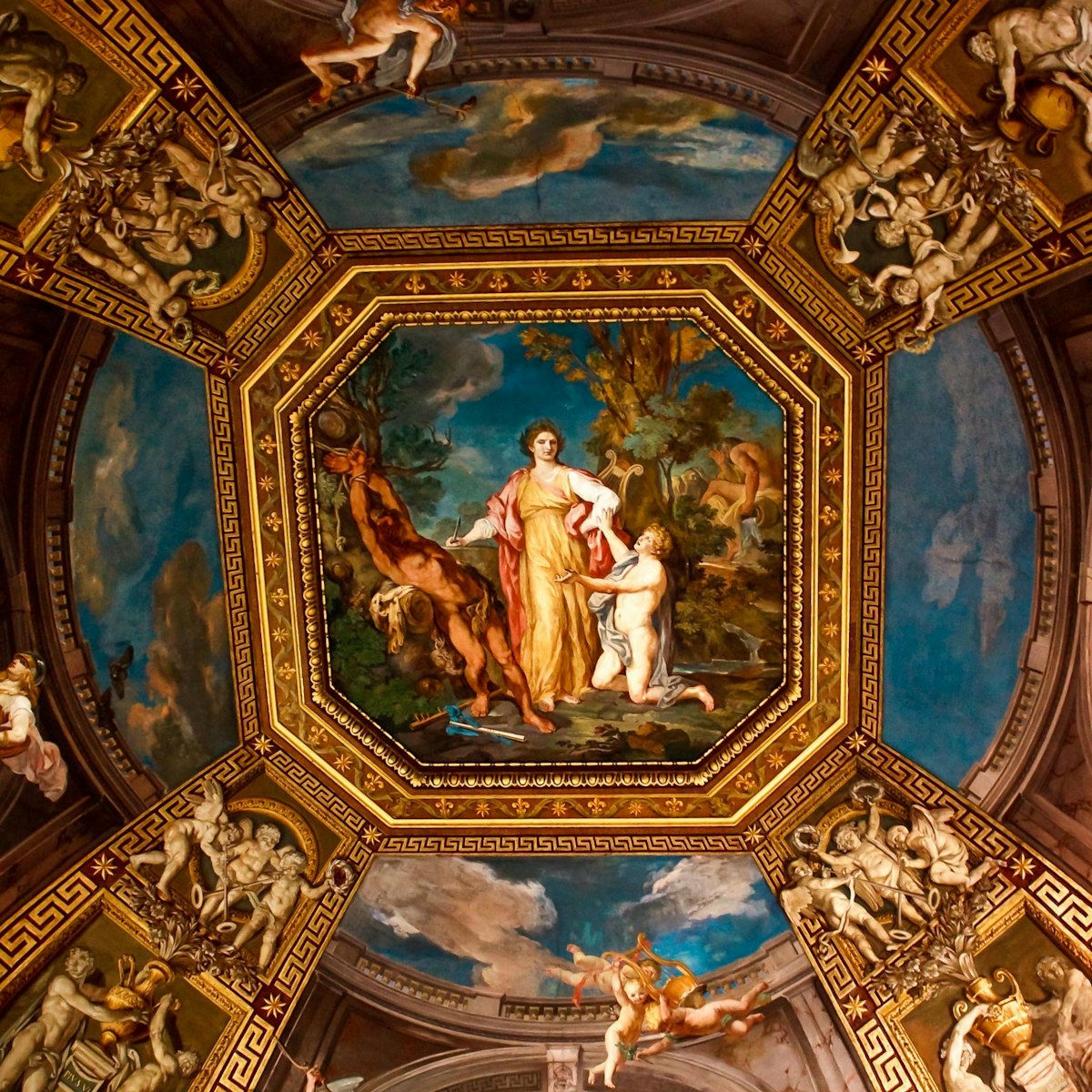
Sistine Chapel
The Sistine Chapel is the one part of the Vatican Museums that everyone wants to see, and for good reason.
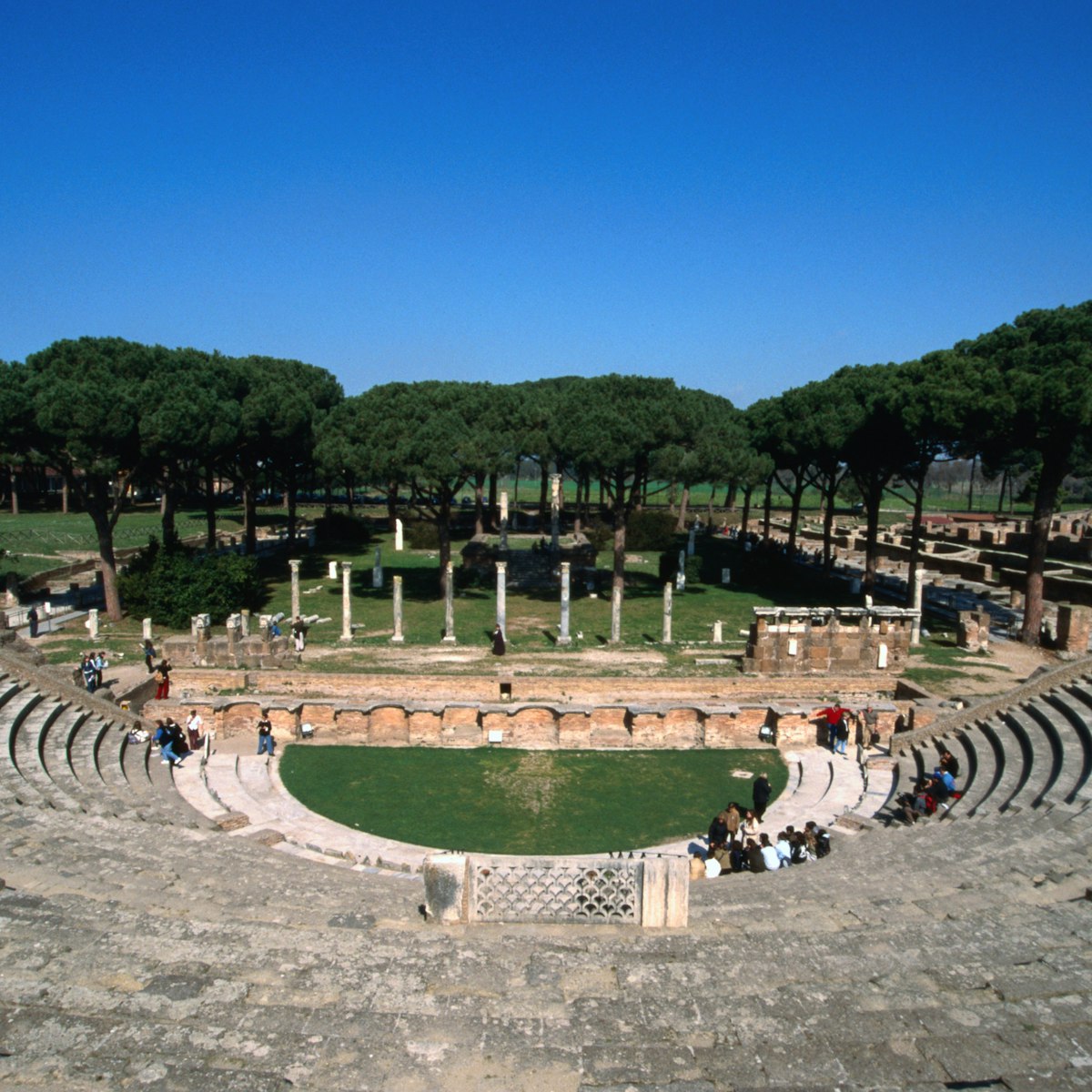
Area Archeologica di Ostia Antica
One of Lazio's prize sights, the ruins of ancient Rome's seaport are wonderfully complete, like a smaller version of Pompeii. Highlights include the Terme…
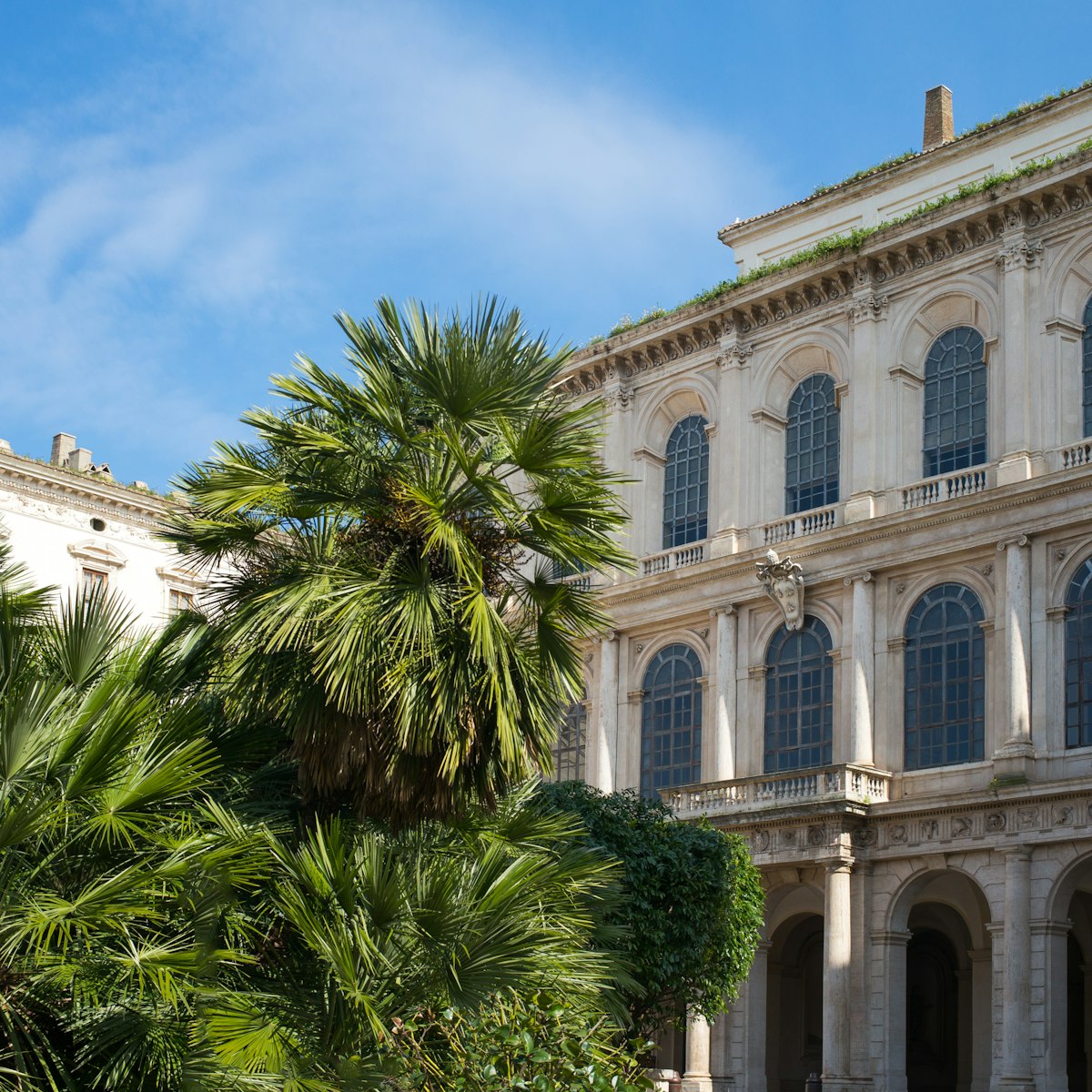
Gallerie Nazionali: Palazzo Barberini
Commissioned to celebrate the Barberini family’s rise to papal power, this sumptuous baroque palace impresses even before you view its breathtaking art…

Monastero di San Benedetto
This spectacularly sited hilltop monastery is carved into the rock over the cave where St Benedict supposedly spent three years meditating. As well as its…

Villa Adriana
The ruins of Hadrian's vast country estate, 5km outside of Tivoli proper, are quite magnificent, easily on a par with anything you'll see in Rome. Built…
Necropoli di Tarquinia
This remarkable 7th-century-BC necropolis is one of Italy's most important Etruscan sites. At first sight, it doesn't look like much – a green field…
Necropoli di Banditaccia
This haunting, 12-hectare Etruscan necropolis is a veritable city of the dead, with streets, squares and terraces of tumuli (circular tombs cut into the…
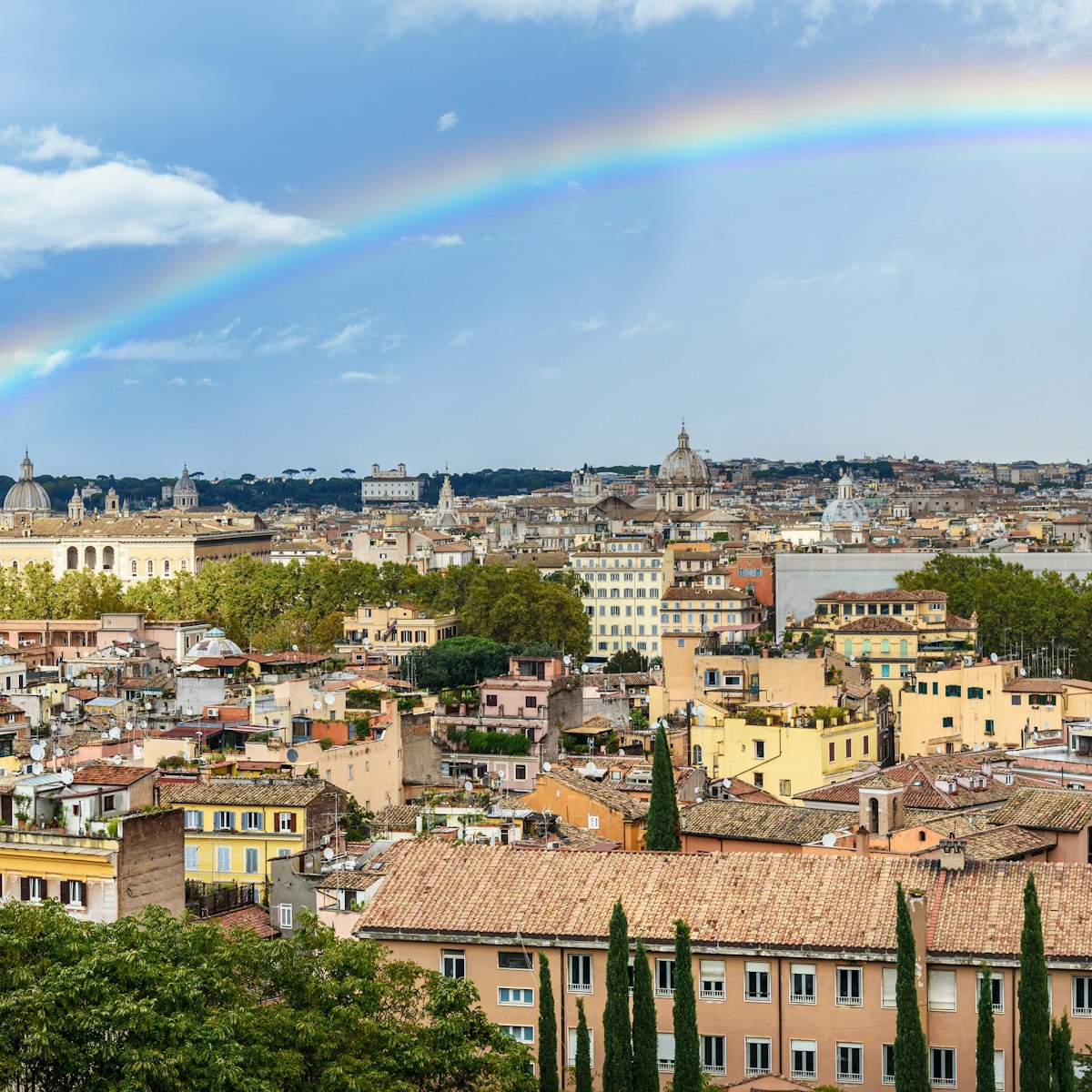
Explore monuments, fountains and gardens on the verdant hill of Gianicolo (or Janiculum).

You can't ignore the Vittoriano, built at the turn of the 20th century to honor Italy's first king, Vittorio Emanuele II.
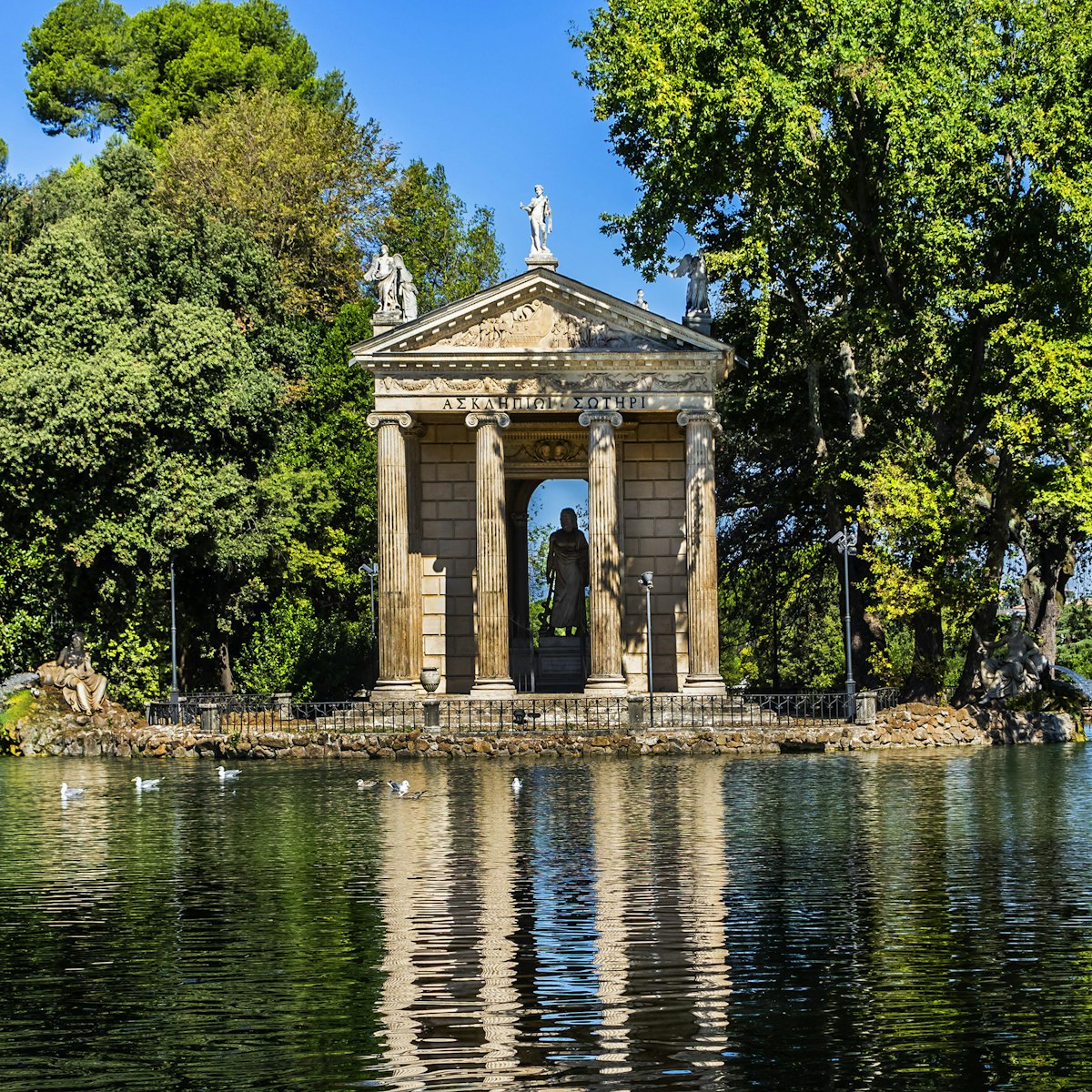
Villa Borghese
No one can resist the lure of Rome's most celebrated park, full of wooded glades, gardens and grassy banks.
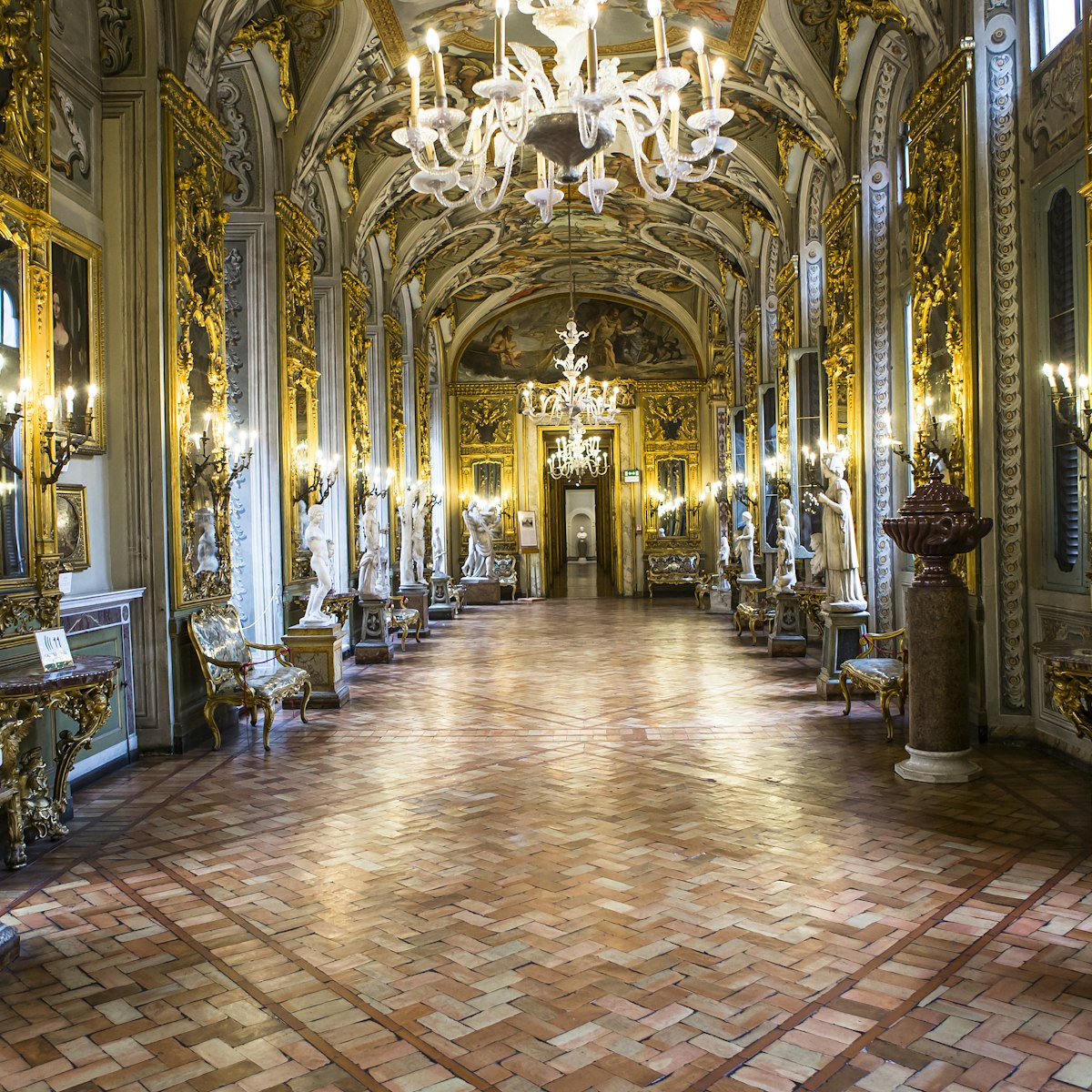
Galleria Doria Pamphilj
Hidden behind the grimy grey exterior of Palazzo Doria Pamphilj, this wonderful gallery boasts one of Rome’s richest private art collections, with works…
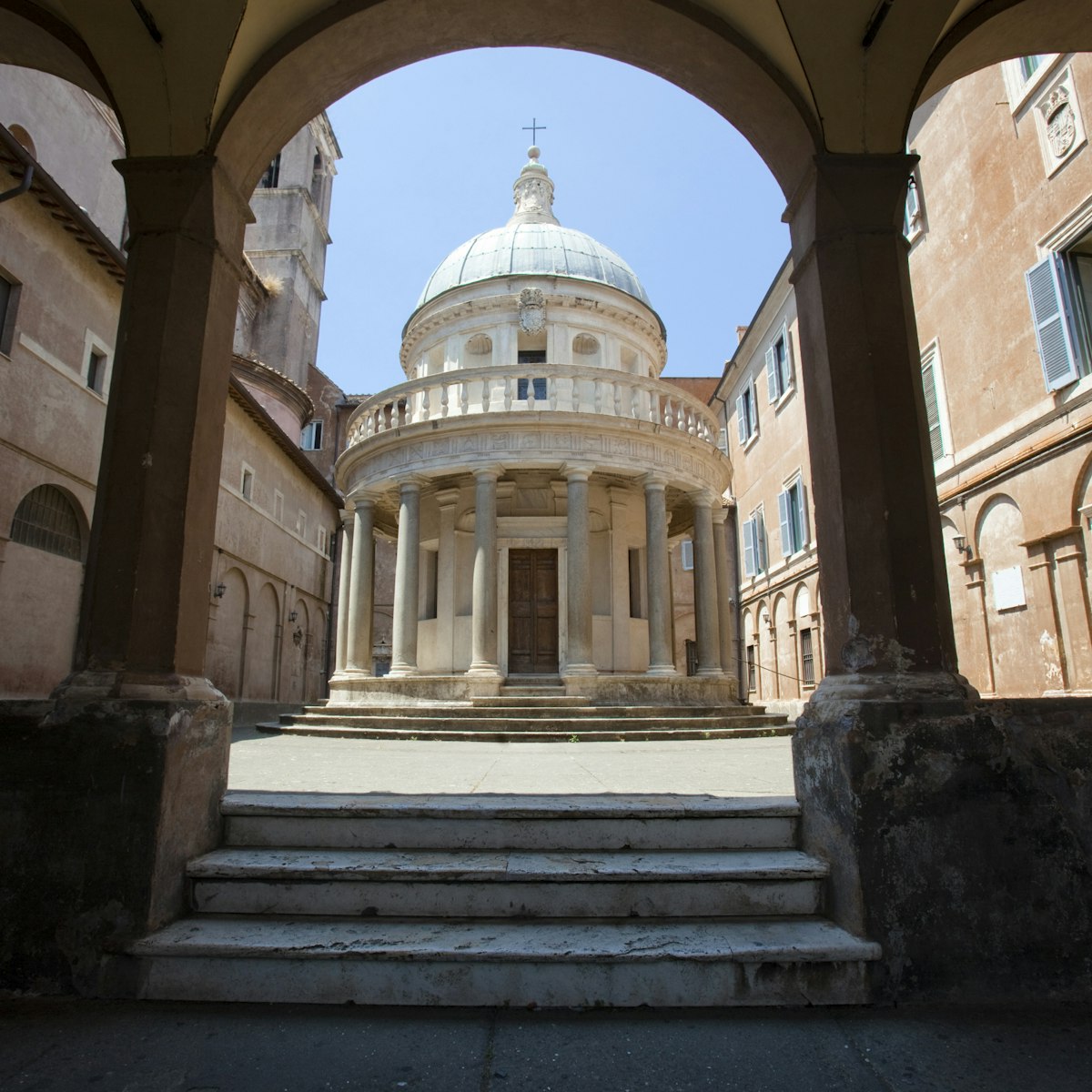
Tempietto di Bramante & Chiesa di San Pietro in Montorio
Bramante’s sublime tempietto (Little Temple) is a perfect surprise in the courtyard of the Chiesa di San Pietro in Montorio.
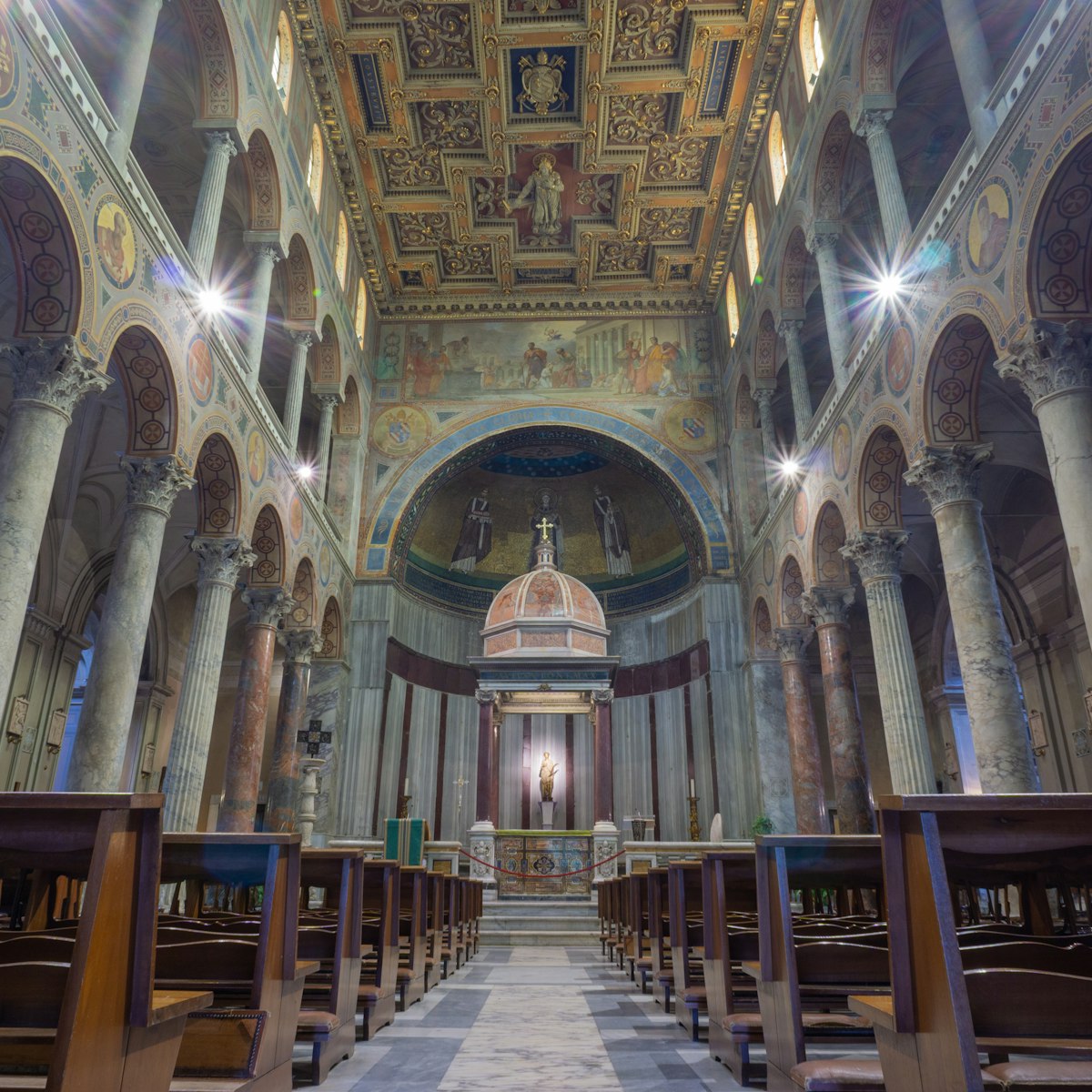
Basilica di Sant’Agnese Fuori le Mura & Mausoleo di Santa Costanza
Although a bit of a hike, it’s well worth searching out this intriguing medieval church complex. Set over the catacombs where St Agnes was buried, it…
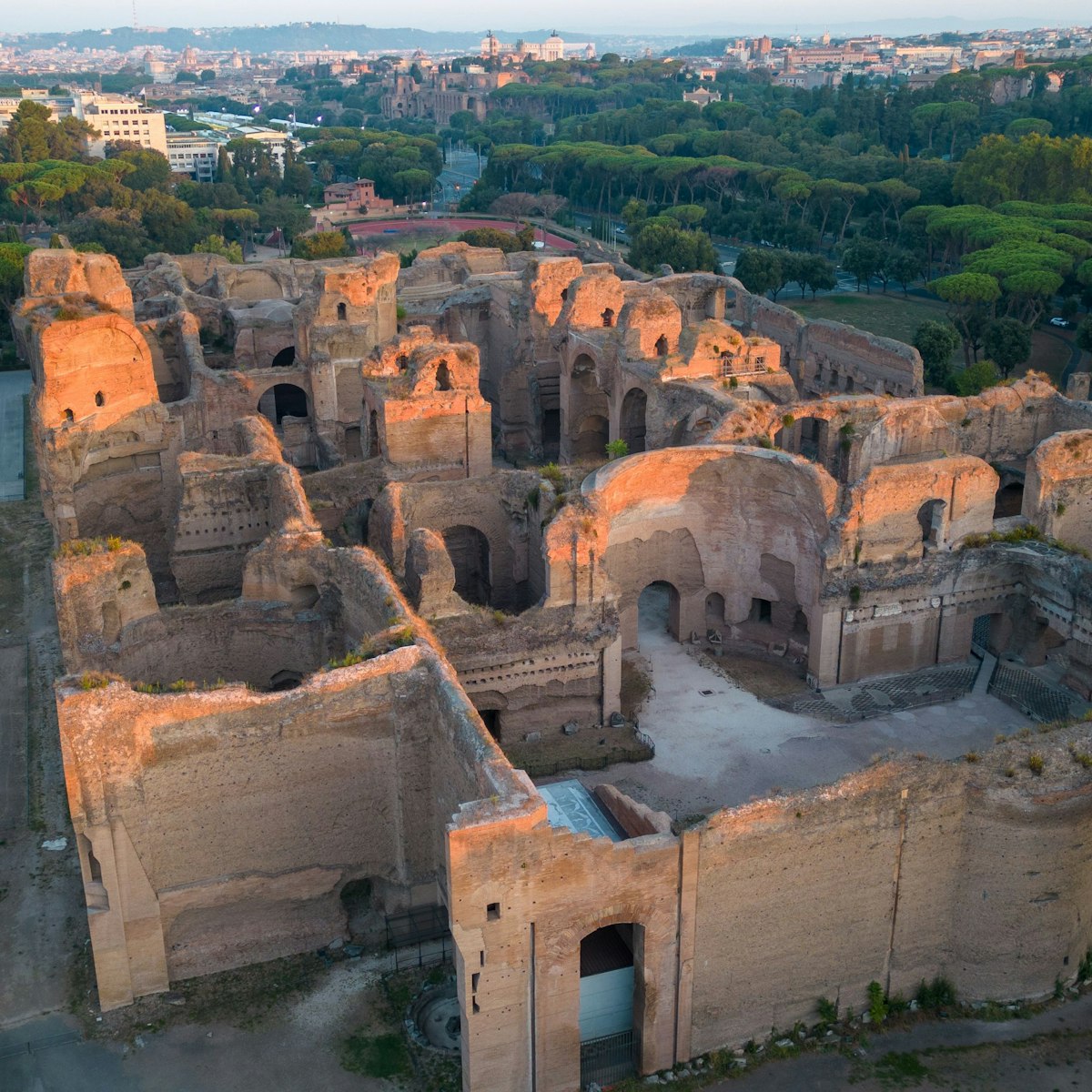
Terme di Caracalla
The remains of the emperor Caracalla’s vast baths complex are among Rome’s most awe-inspiring ruins. Inaugurated in AD 212, the original 10-hectare site,…
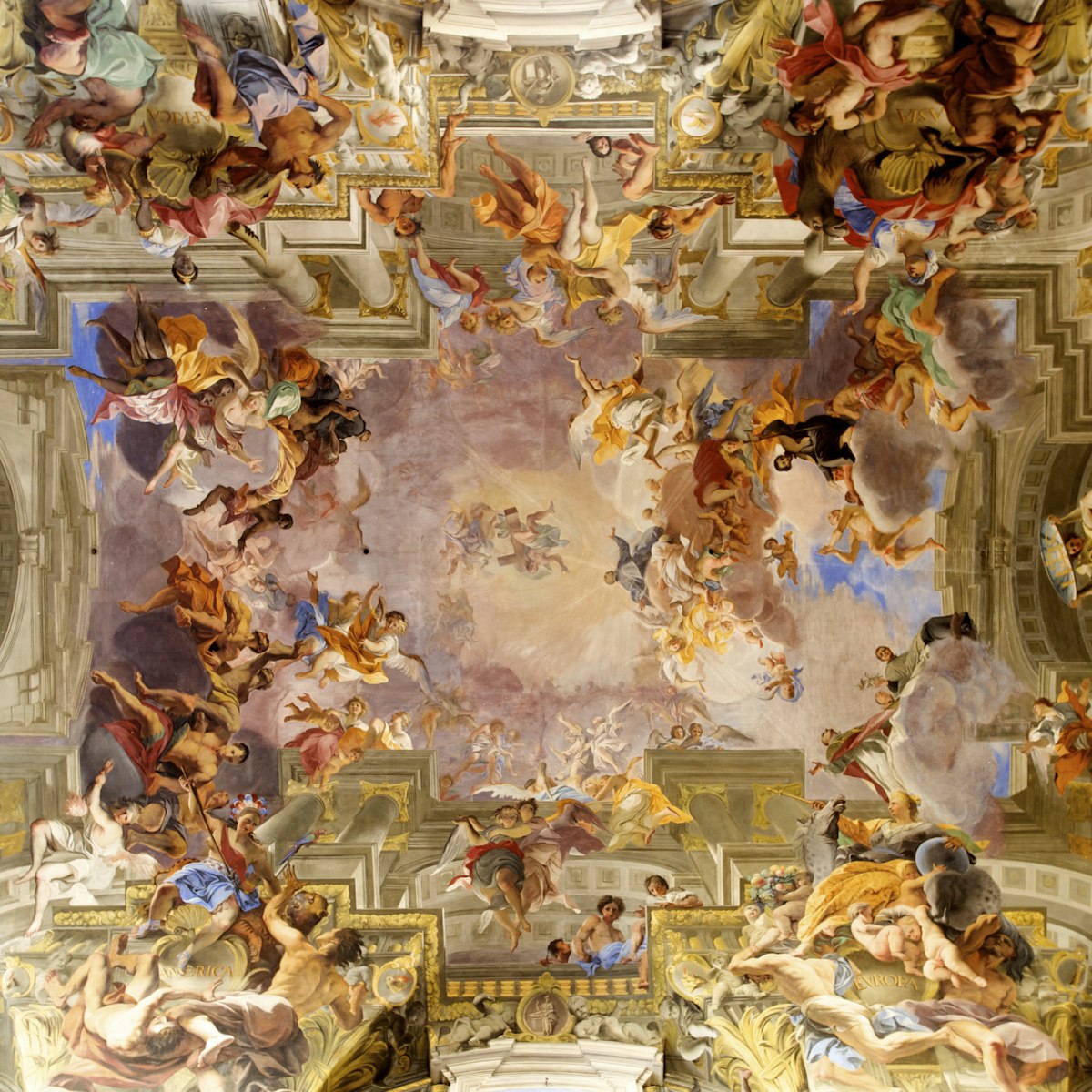
Chiesa di Sant’Ignazio di Loyola
Flanking a delightful rococo piazza, this important Jesuit church boasts some celebrated artworks.
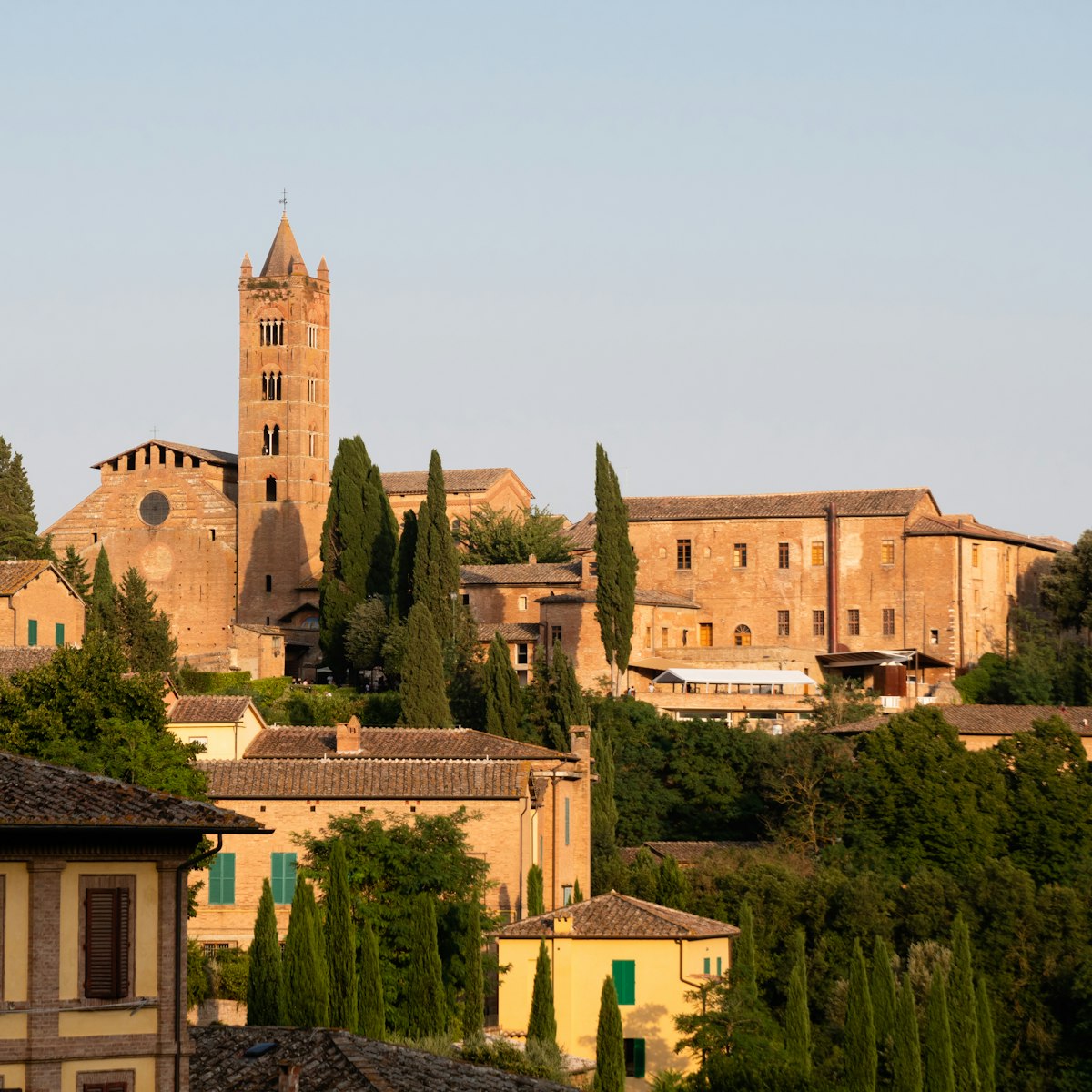
Basilica di San Clemente
Nowhere better illustrates the various stages of Rome's turbulent past than this fascinating multilayered church. The ground-level 12th-century basilica…
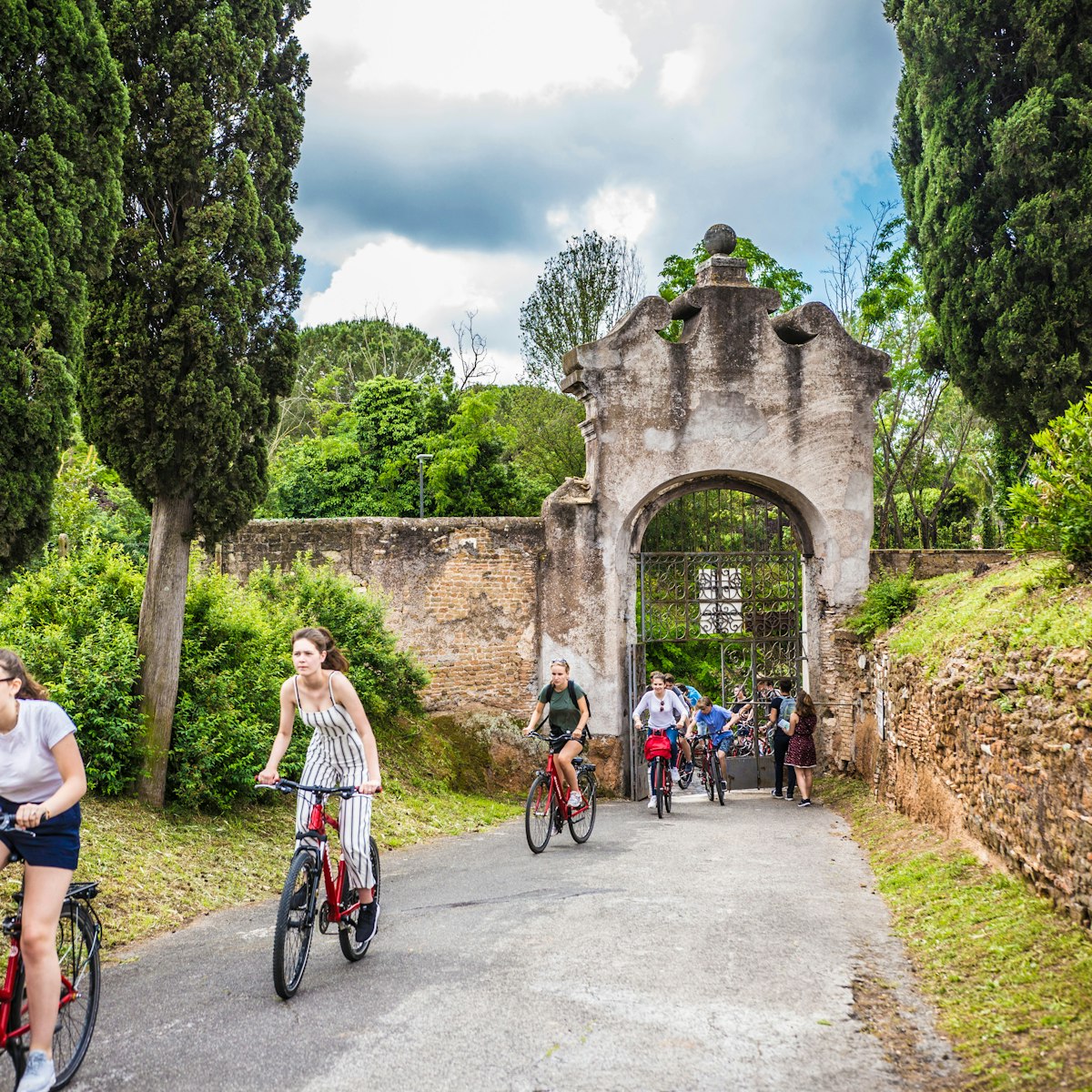
Catacombe di San Callisto
These are the largest and busiest of Rome’s catacombs. Founded at the end of the 2nd century and named after Pope Calixtus I, they became the official…

Villa dei Quintili
Towering over green fields, this 2nd-century villa is one of Rome's unsung splendours. It was the luxurious abode of two consuls, the Quintili brothers,…
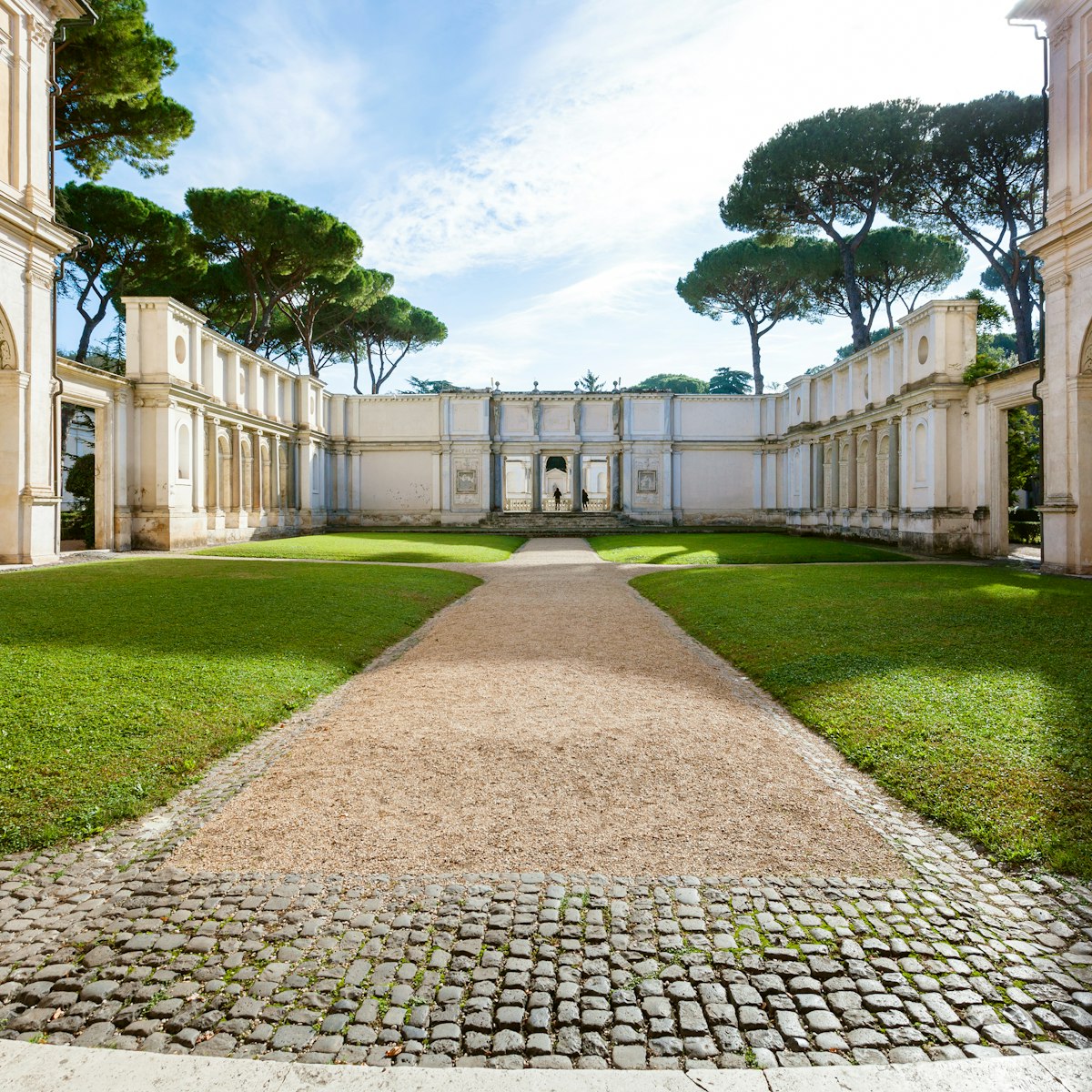
Museo Nazionale Etrusco di Villa Giulia
Pope Julius III’s 16th-century villa provides the often-overlooked but charming setting for Italy’s finest collection of Etruscan and pre-Roman treasures…
More destinations you need to see


Visit Lazio, Italy: The Best Things To Do and See
The best reasons to visit Lazio, Italy , are not limited to its enchanting capital.
If you’re visiting Rome , you should also include the other parts of the region it’s part of in your itinerary. You will need a handy guide on the best things to do in Lazio beyond the famous capital, so read on.
Lazio is one of the 20 administrative regions of Italy . It is one of the country’s most popular regions for tourists mainly for its capital, Rome, which is also its largest city.
However, this central Italian region is not all about its lovely capital. If you’re visiting Rome soon, you can explore the rest of the region via easy day trips.
Lazio is one of the most important not only for Italian culture but in European and world culture as well. This part of Italy is known for its historical, artistic, archaeological, architectural, and religious contents.
The vast extraordinary heritage of the city of Rome is just part of the massive number of main tourist attractions of Lazio, along with stunning castles, fascinating small towns, beautiful lakes, and pristine beaches.
Let’s make a rundown on the best things to do and must-see attractions in Lazio beyond its famous capital.
Table of Contents
The Best Things To Do and See in Lazio, Italy

Here are 13 reasons why you should visit Lazio, Italy.
1. Italy’s Eternal City, Rome

Of course, a visit to Rome tops the list of the very best things to do in Lazio. The offers so much more beyond the capital, but Rome is a great place to begin your explorations of the region — and use it as a base if need be.
The city’s rich history is everywhere. Ancient Rome’s Forum, Colosseum , and Circus Maximus are all well-known tourist attractions from that era. The unreinforced concrete dome at the Pantheon Temple is the largest in the world, and it will take your breath away when you see it up close.
This is a city where cats are boss. Rome’s laws dictate that these felines be allowed to live so free they can be climbing the walls of the Colosseum and mating among the ruins of the Forum — and they can’t be bothered.
The historic center of Rome is a UNESCO World Heritage Site. And only in Rome can you find the smallest sovereign nation in the world. Truly unique!
Check out these interesting Rome group tours:
2. Vatican City

The world’s tiniest nation within the city of Rome, Vatican City is just 44 hectares. Everyday some 17,000 people visit the microstate — that’s about 17 times its population.
No visit to the Vatican is complete without seeing the Vatican Museums, the Sistine Chapel, and of course — St. Peter’s Basilica. But it’s got so much more for you to see, if you know where to find them.
For starters, directly underneath the famous basilica are the Vatican Grottoes where the former popes have been laid to eternal rest. This area is also believed to be the gravesite of Saint Peter himself.
If you’re there on a Wednesday and the Pope is around, you may attend the Papal Audience to see His Holiness.
Find exciting Vatican group tours here:
3. The Free Thermal Baths of Viterbo

The tradition of tèrme – thermal baths – was an important bond of Roman society because these baths were not used for mere relaxation but for socialization as well. These ancient spas were a place of meetings and appointments, as well as sports activities and, in other occasions, even libraries.
This tradition is still so much alive in the northern part of the region, so it’s a must-do when you visit Lazio. The Viterbo area is blessed with natural hot springs and let us pick a couple of best which you can access for a very small fee – or entirely free.
• Tèrme delle Masse di San Sisto (Masses of San Sisto Thermal Baths)
The Masse di San Sisto is at the southern end of Viterbo’s thermal area, consisting of two thermal baths — the large one with hot water and the smaller one with warm. This bath is in middle of an olive garden with green lawn, perfect for lying down after the soak.
Best time to visit is winter, when the contrast between the bath’s hot water and the cold outside creates quite a spectacle for a very small fee.
• Tèrme del Bullicame (Bullicame Thermal Baths)
Dante loved this one!
That’s enough sales pitch, but it’s also worth noting that Bullicame is one of Italy’s most abundant sulfur springs and well-known for the therapeutic qualities of its waters.
And it’s free.
Also check out the best thermal baths in the whole of Italy !
4. Lazio’s UNESCO World Heritage Sites

Lazio was once home to the Etruscans, Latins, and Sabines — all of whom lived before Rome was founded. Eventually, it would become the center of Catholicism and the Roman Empire itself.
The Etruscan necropolises of Tarquinia and Cerveteri, the grandiose Villa d’Este and Villa Adriana in Tivoli, and Faggeta del Monte Cimino near Soriano are all UNESCO World Heritage Sites outside of Rome.
Exploring these sites when you visit Lazio is a great way to get to know the region’s history, and well worth the trip from Rome.
Book these exciting group tours!
5. The Magnificent Castles

The Lazio region of Italy is home to many castles, but they aren’t all in Rome. Many of these must-see castles can be found close to the water, such as the following:
• Castello di Santa Severa
Built in the 11th century, this Norman castle is located in the hamlet of Santa Severa, less than an hour from Rome . It has four turreted towers, three walls, and a large courtyard.
Special events, many of which take place throughout the summer, make it possible for visitors to pay a visit.
• Castello di Palo
Located in Ladispoli, Italy, the Palo Castle overlooks the sea. The castle is a fortified structure with a prominent tall structure surrounded by woods that spans several acres of land. It was built for military purposes.
• Fortress of Odescalchi di Santa Marinella
On top of the ruins of a fortified rock, the 15th-century castle of Odescalchi di Santa Marinella was built to guard against external attack in Santa Marinella.
Today it is an elegant seaside resort for the elite, owned by a noble Italian family.
• Torre Astura
Conradin, the teenage Duke of Swabia, sought refuge in the tower during his flight from Charles of Anjou.
Torre Astura is right on the coast in Anzio’s southernmost section. Located next to an ancient Roman villa, this fortified tower has a square base.
• Castello Caetani di Sermoneta
This one’s a large fortress built in the early 1200s, featuring fabulous frescos of mythological figures.
It’s a splendid castle set atop the tiny mountain village of Sermoneta, one of Lazio’s best-preserved medieval towns. The castle is just as well-preserved, which makes visiting feel like traveling back in time — perfect for history buffs. As an added bonus, Castello Caetani looks over the marvelous Gardens of Ninfa.
Other must-see castles in Lazio are Castello Orsini-Odescalchi in Bracciano and Castello di Fumone in the province of Frosinone.
These are just some of the castles that are well worth a stop when you visit Lazio.
Learn more about Lazio castle tours here:
6. The Splendid Lakes

The Lazio countryside is home to numerous beautiful Italian lakes . These are great for strolls along the water’s edge, and there are several towns nearby where you can feast on Lazio’s traditional foods while taking in the scenery.
• Lake Albano
Located 25 km. southeast of Rome, Lake Albano (Lago di Albano) is a volcanic crater lake with crystal-clear waters and lush forests around it. It’s nestled on Lazio’s Alban Hills at the foot of Monte Cavo. The lake is overlooked by Castel Gandolfo, the papal summer residence.
• Lake Bracciano
Lazio’s second largest lake, Lago di Bracciano (Lake Bracciano), is surrounded by the Sabatini Mountains.
Apart from the fantastic views and great watersports activities, you can enjoy the mineral hot springs along the shores of Lake Bracciano. It is definitely worth a stop.
• Lake Bolsena
Lago di Bolsena (Lake Bolsena) has the distinction of being the largest volcanic lake in Europe. It has an easy access to tons of historic sites and tourist establishments. It also has two islands called Bisentina and Martana.
The crystal-clear lake is surrounded by largely untouched natural environment that is home to a wide variety of interesting plant and animal species.
• Lake Nemi
Lago di Nemi or Lake Nemi is also called Diana’s Mirror, so you pretty much have an idea how stunning the lake must be.
However, Lake Nemi is more known for its history than its beauty. Caligula’s ships sank in this lake in the 1st century.
These ships were recovered from the lake bed in 1929 but were destroyed by fire during World War II.
• Lake Vico
Located in the Viterbo province, Lake Vico is a bit of a drive from Rome. This is one of the highest major lakes of Italy.
However, beech forest that makes Lake Vico forest and the nature reserve that protects it — and not to mention the pristine waters — more than make up for the challenging drive.
Check out the following tours for the best experience:
7. The Stunning Beaches

The coastline of Lazio stretches for more than 300 kilometers. If you’re willing to travel about an hour by train from Rome, you’ll find beautiful beaches with crystal clear, turquoise water.
Here are some of the best beaches that you should consider when you visit Lazio:
• Spiaggia di Sperlonga
Sperlonga is known for its beautiful sandy beaches, clean waters, and Tiberius’ ancient Roman sea cave. Just about 90 minutes from Rome, this is an excellent getaway from the capital.
• Spiaggia di Sabaudia
This popular elite resort is situated on the coasts of Paola Lake and the Tyrrhenian Sea with kilometers of sand dunes separating the two. Sabaudia Beach offers fine soft sand and super clean waters. Award-winning water quality and environmental stewardship earned it the Bandiera Blu (Blue Flag).
• Spiaggia di Santa Severa
Santa Severa’s beach is long and open, pretty cozy, with a postcard-castle background. The best thing you will love about this place, though, is the lovely local vibe. Ideal for a day of relaxation.
Check these Lazio beach group tours:
8. The Beautiful Islands

Lazio has all of these to offer visitors as well. Island-hopping is possible through trains and ferries connecting Rome with the Pontine Islands archipelago.
• Isola Tiberina
This small island in Rome’s Tiber River is jampacked with history and legend. It was originally home to an ancient temple of Aesculapius, the god of medicine. Tiber Island’s shape, according to legend, took after the boat a snake from Aesculapius’ temple came to the island on.
• Isola di Ponza
A Mediterranean island vacation on Ponza, the largest and most populous of the Pontine Islands, is highly recommended.
Legend claims the island was named after Pontius Pilate, but this is a subject of debate among historians because the name is said to pre-date his birth. Another theory is that “Ponza” came from the Greek pontos or pontus, meaning “sea.” Ponza is also speculated by some to be the island of Aeaea in Homer’s Odyssey.
• Isola Palmarola
At just 7 km. from Ponza and accessible by boat, Palmarola is the true jewel of the Pontine Islands. Here, you’ll find numerous caves, coves, rocks, and nooks to discover all around Palmarola.
This craggy island in the Tyrrhenian Sea is just 2 hours from Rome. The waters are clear and the views are stunning — and no fussy crowds. It’s true what Jacques Cousteau said about Isola di Palmarola — the “most beautiful island in the Mediterranean Sea,” indeed.
Find the best Lazio island group tours here:
9. The Charming Small Towns

Learning about life in the region by immersing yourself in the culture of a small town is definitely one of the best things to do in Lazio. Not only are these towns pretty with fantastic views to die for, they are pretty rich in history, too.
Here are some small towns and villages worth checking out when you visit Lazio.
• Bagnoregio
Located in the northern part of Viterbi province, Bagnoregio is perched precariously on a bluff whose sides are steadily eroding.
Festival del Bosco (literally “Festival of the Wood”) and the Civita Film Fest are two of the city’s most popular events.
Bolsena, a town in Lazio’s northernmost region, combines the tranquillity of its namesake lake with the romantic ambience of the surrounding countryside.
• Bracciano
Both the castle of Castello Orsini-Odescalchi and the nearby lake of Lago di Bracciano (also known as “Sabatino”) is well-known in Bracciano.
As Rieti is surrounded by mountains, it is an ideal starting point for hiking and trekking in the surrounding area.
Visit Rieti’s underground city, which features Roman aqueducts and beautiful caves, if you’re interested in archaeology and antiquity.
The medieval walls of Viterbo, located about 80 kilometers north of Rome, dating back to the 11th and 12th centuries. Viterbo is known as the location of the Italian gold reserves and one of Italy’s most prestigious art schools.
Book one of these activities to explore Lazio’s small towns:
10. The Unspoilt Nature
Lazio is a wonderful getaway for nature enthusiasts and those who want a break from the city hustle.
All regional parks offer hiking trails. Bike trails of varying difficulty can be found throughout the Monti Aurunci Regional Park, which covers an area of 22 kilometers.
Meanwhile, UNESCO has designated Cimini’s ancient beech forest as a World Heritage Site, so nature enthusiasts can spend the day exploring it. The tallest trees reach a height of 50 meters. Italy and Europe’s ecological history would be incomplete without this park.
11. Lazio’s Traditional Food

Cuisine from Lazio is one of Italy’s most popular.
Two of the region’s most well-known delectable pasta dishes are spaghetti alla carbonara and bucatini all’Amatriciana . The guanciale (jowl bacon) is an essential ingredient in these dishes; they reflect the region’s preference for savory, meaty flavors and seasonal produce.
Cured pork meats , olive oil , herbs, pasta , anchovies, and fresh produce are all common ingredients in Lazio’s food. Various certifications protect and preserve many of Lazio’s food products, ensuring that only the purest and highest-quality ingredients are used.
For a uniquely Roman culinary experience, sample the rigatoni con la pajata aka the Roman pajata. It’s a classic Roman dish you can find in some traditional trattorias in Rome . This dish is made with rigatoni pasta, tomato sauce, and “veal crap” — intestines of a calf, chyme included.
Experience genuine Italian cuisine through these Lazio food and drink group tours:
12. The Impeccable Wines

Lazio is one of Italy’s less-known wine regions , despite its ideal climate for producing a wide variety of excellent grapes. Still, winemaking has a long history in the region, as wine enthusiasts will find out when they visit Lazio.
Lazio’s most well-known white wines include Est! Est! Est!, Castelli Romani, Moscato di Terracina, and the likes of Tuscia, and Colli della Sabina.
If you prefer red wine , try varietals like Nero Buono di Cori and Cesanese, which are quite well-known.
Here are some of the best Lazio wine tours:
13. The Fun Festivals and Events

Lazio is a festive place, with lots of important festivals celebrated all over the region. Selecting which ones to recommend is quite challenging, but here’s a short list we’ve come up with:
• Carnevale di Ronciglione
Considered a historical event occuring on the last part of February, the Ronciglione Carnival is one of the oldest in central Italy and among the most beautiful in Italy.
It’s held at the feet of the Cimini Mountains, in the village of Ronciglione near the beautiful Lake Vico.
The colorful carnevale is a historical reenactment of the Renaissance and Baroque Roman carnival that dates back to the 16th century, celebrated to commemorate the investiture of Pier Luigi Farnese as Duke of Castro and Ronciglione.
• Natale di Roma
Do you want to see centurions and Vestal Virgins? Then join in the lavish celebration of Rome’s birthday on April 21st each year.
Natale di Roma is celebrated with reenactments of battles and rituals, and all the stuff that mark the founding of Rome in 753 BC by Romulus.
The festivities start at the Circo Massimo with a grand parade of about 2,000 participants clad in historic costumes. The day is culminated with a light show on the Imperial Forums and fireworks over the Colosseum.
• Festa del Sole
The week-long Festa del Sole (Sun Festival) is one of the most popular festivals in Rieti held on tohe River Il Velino.
The feast is celebrated in honor of Rieti creativity and folklore. It includes shows, painting and photography exhibitions, and a literary prize.
Where To Stay in Lazio, Italy
Top Things to Do in Lazio, Italy - Lazio Must-See Attractions
Things to do in lazio.
- 5.0 of 5 bubbles
- 4.0 of 5 bubbles & up
- 3.0 of 5 bubbles & up
- 2.0 of 5 bubbles & up
- Navona / Pantheon / Campo de’ Fiori
- San Giovanni
- Budget-friendly
- Good for Kids
- Good for Couples
- Good for a Rainy Day
- Good for Big Groups
- Hidden Gems
- Honeymoon spot
- Good for Adrenaline Seekers
- Adventurous
- Things to do ranked using Tripadvisor data including reviews, ratings, photos, and popularity.
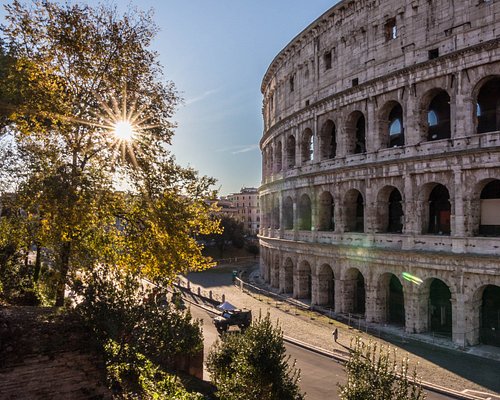
1. Colosseum
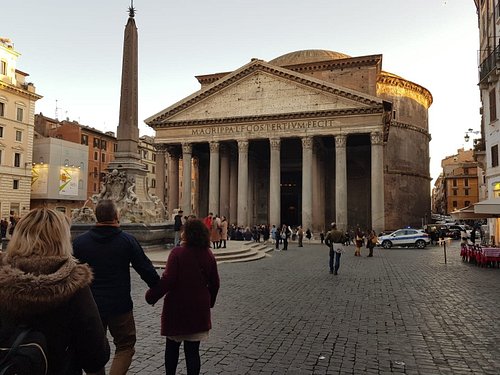
2. Pantheon
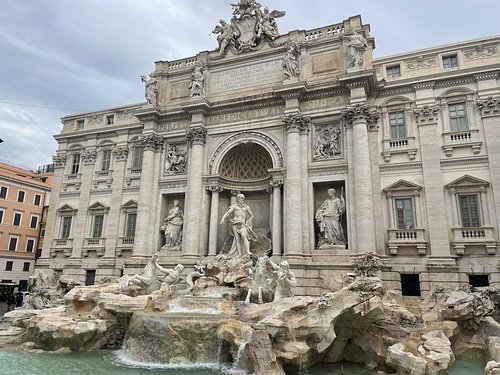
3. Trevi Fountain

4. St. Peter's Basilica

5. Piazza Navona
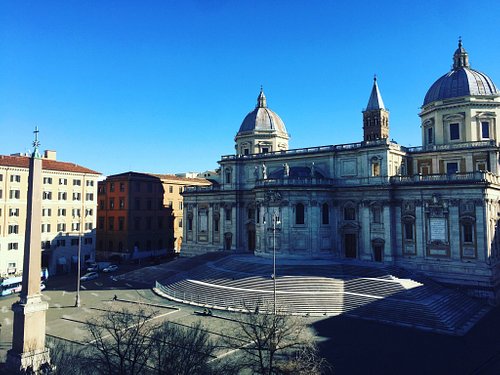
6. Basilica di Santa Maria Maggiore
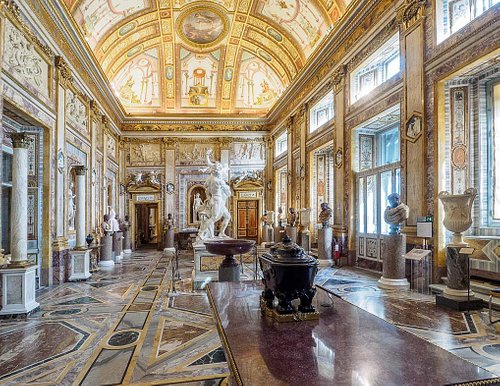
7. Galleria Borghese
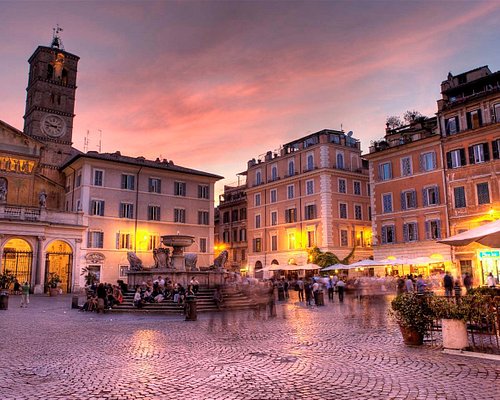
8. Trastevere

9. Vatican Museums
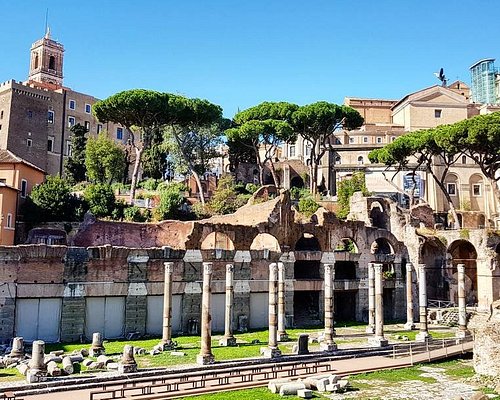
10. Palatine Hill

11. Roman Forum
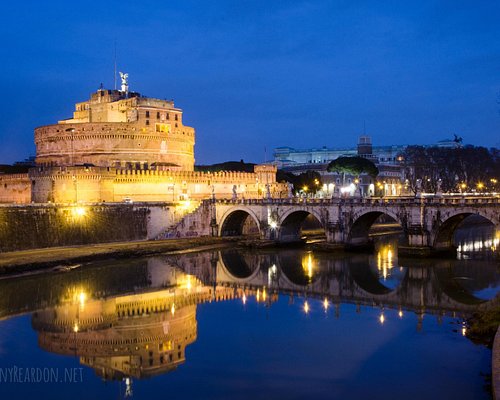
12. Museo Nazionale di Castel Sant'Angelo

13. Monumento a Vittorio Emanuele II
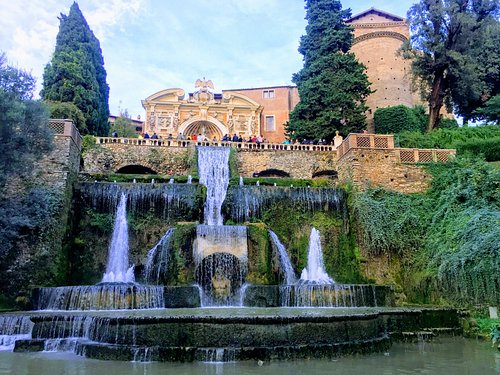
14. Villa d'Este

15. Sistine Chapel

16. Arcibasilica di San Giovanni in Laterano
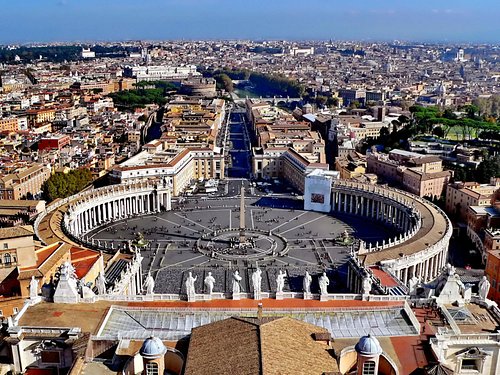
17. St. Peter's Square
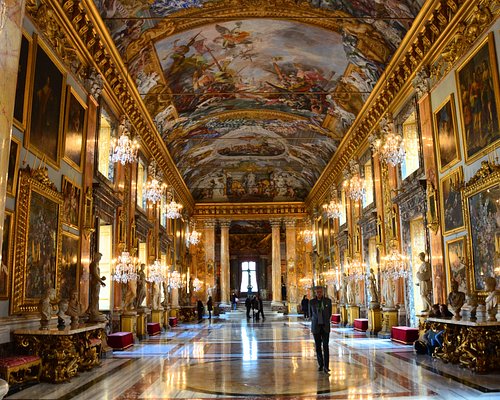
18. Palazzo Colonna - Galleria Colonna

19. Centro Storico
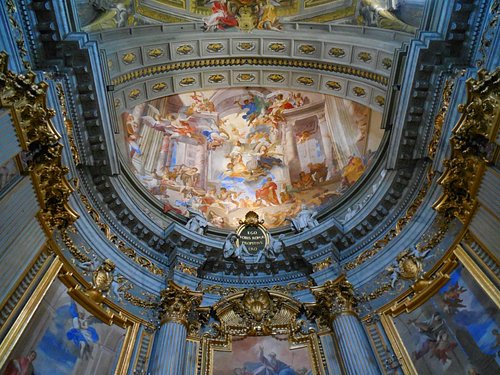
20. Chiesa di Sant'Ignazio di Loyola

21. Fontana dei Quattro Fiumi
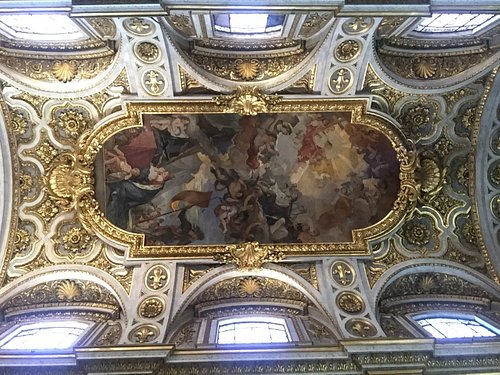
22. Church of St. Louis of the French
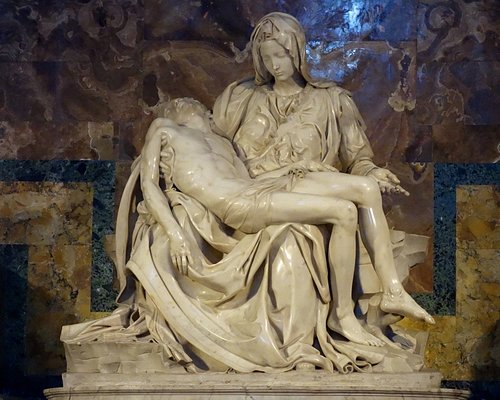
23. La Pieta

24. Basilica of San Clemente
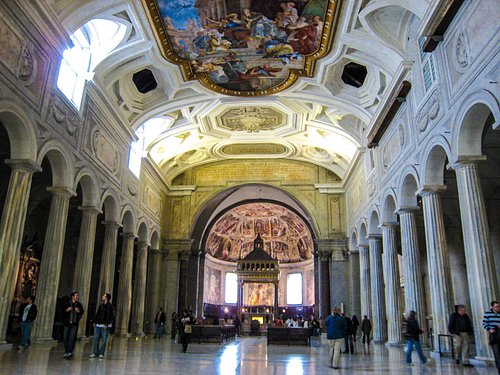
25. San Pietro in Vincoli
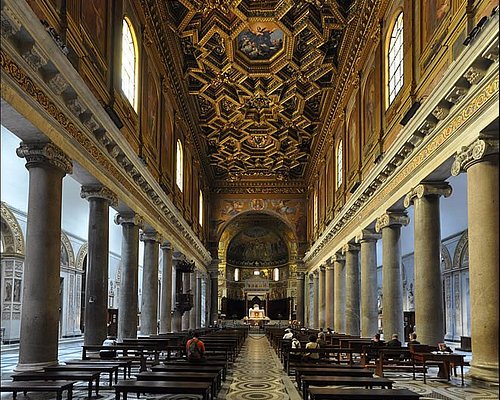
26. Santa Maria in Trastevere
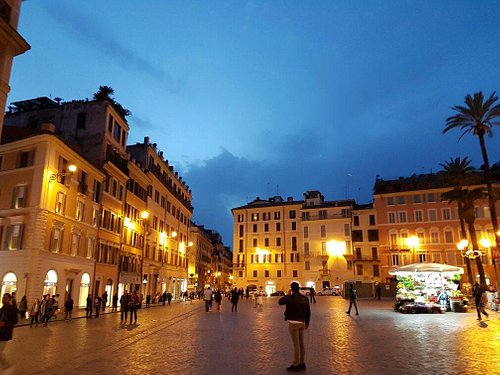
27. Spanish Steps

28. Museo Nazionale Romano - Palazzo Massimo alle Terme

29. Parco Archeologico di Ostia Antica
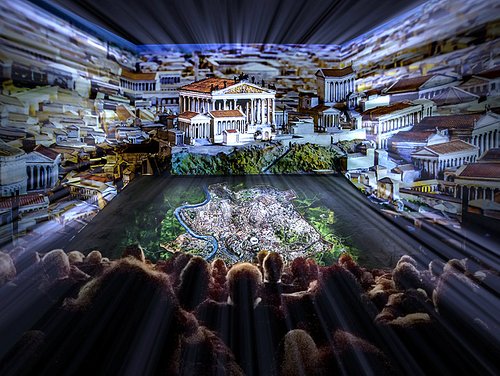
30. Welcome To Rome
What travellers are saying.
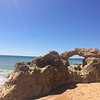

Buy Visit Rome Pass, your city pass for visiting Rome. +50 attractions and public transportation included in one tourist card.
✅ Free entrance to the main attractions of Rome ✅ Free public transport
Visit Lazio: rivers, streams and ancient villages that embrace the eternal city
- Destinations
Discover the Italian Ambassador of Excellence in this region
Choose category
Art and culture of Lazio

The region of Lazio has had a considerable artistic importance at national and international level at various times in its history: that of Roman art , divided into archaic art, republican art and imperial art , that of early Christian and medieval art, that of the Roman Renaissance , represented by Michelangelo Buonarroti and Raphael and that of Baroque and Mannerist art, which still had Rome as its main center, with personalities such as Caravaggio, Francesco Borromini and Gian Lorenzo Bernini.
This great artistic importance is due to the triple soul of Rome as the cradle of the Roman Empire, the historic seat of the Catholic Church and, more recently, the capital of Italy.


Food and flavours of Lazio are the result of a homemade cuisine made of simple ingredients carefully prepared to create recipes famous all over the world.
To mention absolutely are the first courses typical of this region among which stand out the Carbonara and the Amatriciana , recipes that have far exceeded national borders being appreciated throughout the world.
Second courses include Abacchio, Trippa alla Romana and Coratella with artichokes (the latter being the protagonists of many other recipes).
In addition, among the food products should be mentioned the porchetta di Ariccia, ricotta and pecorino romano.

There's a lot to see in Lazio. Many places and tours of Lazio are linked to its historical importance , which has left evidence of the Roman Empire and its greatness everywhere: just the city of Rome is rich in heritage, monuments and archaeological sites such as the Colosseum and the Imperial Forums and many others are scattered throughout the region: just think of the Necropolis of Monterozzi, Tarquinia or the excavations of Ostia Antica.


The UNESCO World Heritage Sites in archaeological Italy ...

The history of Lazio is deeply linked to that of Rome, cradle of western civilization and capital of the Roman Empire first and then of the Holy Roman Empire. Rome, moreover, has always been home to the Holy See so it was, in the years following the Holy Roman Empire, the central fulcrum of the lands owned by the Vatican and the events of the Catholic Church influenced the history of Rome (and also of the whole of Lazio) until 1870, the year in which it was annexed to Italy. The following year Rome was proclaimed capital of the Kingdom of Italy. It would be correct to say that the region of Lazio has been among the most important in Italy and, therefore, in the world, from the foundation of Rome to the present day, continuously.

Three are the things making Lazio such a unique and all-to-be-discovered region: excellent cuisine, incredible breadth of historical evidence, and an area having all kinds of scenic beauty, from the sea to the mountains, not forgetting lakes and hills.
To reach Rome , one can use two airports: Rome Ciampino and Rome Fiumicino. From both, getting to the city center is quite easy. The main difference between Fiumicino and Ciampino is that the former is served by almost all international airlines, while the latter is often the preferred choice of those using low-cost flights. In addition to these two airports aimed at passenger transport, there are two more with different purposes. In fact, we have Urbe Airport, related to cargo transport, and Centocelle Airport, whose use can be traced back to military purposes.
We have already mentioned how Rome to be on its own a hub of capital importance for all of Lazio and Italy, so rich in wonders that perhaps one stay is not enough to discover them all. St. Peter's and the related Vatican Museums are a must for anyone in Rome. The Sistine Chapel, with its frescoes by Michelangelo, is one of the most famous and beloved masterworks in the entire history of art: impossible to decant its magnificence in words alone. And then Raphael Sanzio's School of Athens, the Gallery of Maps, the Laocoon sculpture group: pure art and nothing else.
Of course, the Vatican Museums are only a "small part" of the wonders of the Eternal City. We continue with the Colosseum (on some occasions visitable even at night), the Catacombs, Palazzo Barberini, and a great many museums, each with its own special feature, among which stand MAXXI, MACRO, and the State Museums of Rome.
Lazio’s cuisine further enriches a travel experience in the region. Dishes known even in the rest of the world were invented here, beloved by all and almost revered by some: carbonara and amatriciana. These are the most famous dishes, but certainly not the only ones. As main courses we can fix abbacchio alla scottadito, the veal-based saltimbocca alla romana, tripe and coda (tail) alla vaccinara. Typical appetizers, on the other hand, are the rustic ricotta cake, Roman-style supplì, and panzanella. Special mention for two mouth-watering desserts: “maritozzo” with cream and wine “ciambelle” (donuts) of Castelli Romani.

Central Italy
Lazio is not only rome: landscapes and monuments of lazio.
Rome, the capital of Italy and a unique open-air museum in the world, is enough to make Lazio one of the most beautiful and interesting regions. Even in terms of landscape, it boasts an area of great impact and remarkable variety, with its long coastline, beautiful hills and Apennine mountains. A destination to fall in love with.
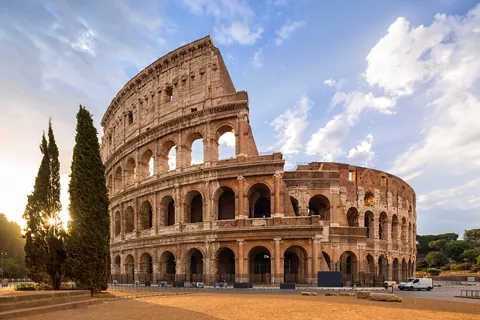
She never hides her years, but still wears them well: after all, Rome is the Eternal City. A walk through the streets of Rome is a stroll through History with a capital H. One of the most popular tourist destinations in the world, it offers and almost demands endless new discoveries, thanks to the enormity of its artistic heritage. As a matter of fact, it is home to two capitals in one city: the Italian capital and the home of the Pope in the Vatican, a place of universal pilgrimage to St Peter's Square.
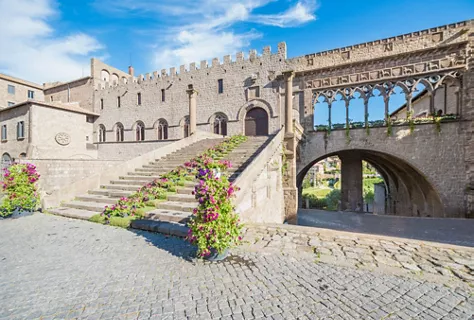
Viterbo and surroundings The province of Viterbo lies in the Tuscia region, in northern Lazio. Renowned for its natural beauty dotted with Etruscan and Roman remains, this area also offers villages and towns perched atop hills. You can begin your exploration in Viterbo, the City of Popes. After admiring the majestic Palazzo dei Papi and the San Pellegrino quarter, you can enjoy a relaxing afternoon at the spa. Among the local villages, we recommend visiting Bagnaia and the magnificent Villa Lante with its Italian-style gardens, the medieval Caprarola with its impressive Palazzo Farnese, and the abandoned villages of Celleno and Civita di Bagnoregio, “the dying town”. Not forgetting Sutri, perched on a tuff cliff. Further down is ancient Sutri, with a Roman amphitheatre and necropolis. Be sure to visit Bomarzo, famous for its Sacred Grove, nicknamed the Park of the Monsters, with sculptures of mythological and grotesque creatures. For nature walks, check out the volcanic Lake Vico, a nature reserve surrounded by the Monti Cimini hills, or the shores of Lake Bolsena. To explore the area’s Etruscan origins, head to Tarquinia. Today it is a medieval village, but it preserves splendid Etruscan treasures, like the Monterozzi Necropolis with tombs cut into the rock decorated with frescoes.
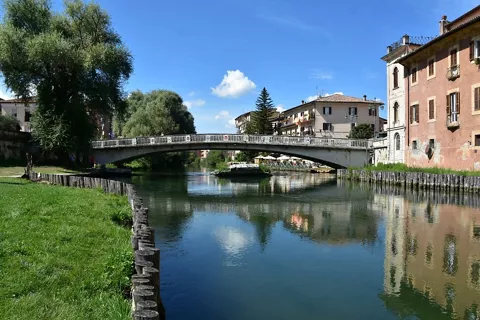
In the footsteps of the Sabatini In the most authentic heart of Lazio, the province of Rieti stretches between rivers and lakes in a predominantly mountainous territory, surrounded by the Sabini and Reatini Mountains. Located in the north-east of the region, it borders, along the Tiber, the province of Viterbo, the capital and the region of Umbria. Unspoilt nature amidst parks and protected areas, history and ancient traditions, Franciscan sanctuaries, fortresses and castles come together in a province whose origins go back to the times of the ancient Italic people of the Sabines. Visiting the towns and villages that characterise the area is an experience not to be missed. Take a tour around the town of Sabina and be sure to visit the Abbey of Farfa, an ancient monastery named after the nearby river Farfarus. The regional capital, Rieti, is also called “the navel of Italy” due to its geographical location. Dominated by the summit of Terminillo, it is an excellent tourist destination particularly appreciated for its tranquillity and beauty. Among the monuments and main places of interest is the Basilica Cathedral of Santa Maria Assunta. Once you have finished exploring the surroundings, refresh yourself with traditional cuisine. Typical dishes include spelt with Leonessa truffles, strangozzi alla reatina and sagne scandrigliesi.
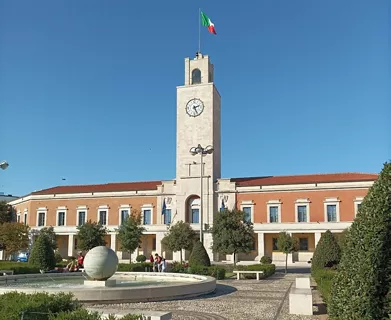
Testimony of 20th-century Italy The city of Latina lies in the heart of the Pontine Plain. Once known as Littoria, it still boasts rationalist architecture, bearing witness to the history of 20th-century Italy. The most iconic example is Palazzo M, built in the shape of Mussolini’s initial. For panoramic views of the city, you can climb the 32-metre-high civic tower. The province offers unexpected surprises: medieval villages, cliffs, caves and the beautiful Circeo National Park — what it lacks in size it makes up for in flourishing flora, fauna and architectural gems, like the ruins of the Villa di Domiziano. Near the capital are the towns of Formia and Gaeta. The latter still boasts an intact medieval historic centre (Gaeta Vecchia) and the Angevin-Aragonese Castle. We also recommend visiting the town of Sperlonga, on the Ulysses Riviera, surrounded by crystal-clear waters, with caves and breath-taking views around every corner. Don’t miss the Gardens of Ninfa, where plants grow among the ruins of an abandoned city. From the mainland, you can reach the Pontine Islands in a couple of hours by ferry. Ventotene, Ponza, Palmarola, Gavi, Zannone and Santo Stefano offer crystal-clear waters, beautiful beaches and wild nature.
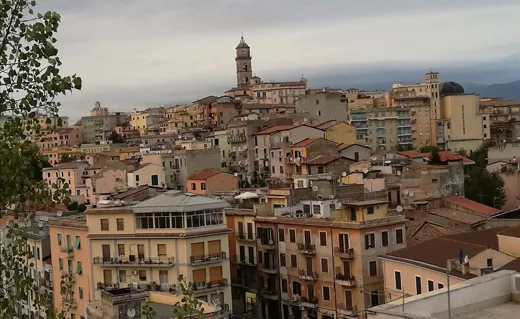
A thousand-year-old city, among ancient Roman ruins and traces of papal history Between Rome and Naples, Frosinone is a city with a history dating back thousands of years. Traces of its glorious past can be found at the Roman Amphitheatre built in the 1st-2nd century AD, the town’s archaeological museum and the Tomb of Sant’Angelo in Maniano. The province, known as Ciociaria, is home to countless picturesque villages steeped in history, as well as natural areas such as Lake Canterno, also known as the “ghost lake”, due to its karst origin dating back to the early 19th century. We also recommend stopping by the Monti Simbruini Regional Park, a protected natural area where mountains, majestic panoramas, valleys and rivers reign supreme. Fumone, home to the Rocca Longhi De-Paolis castle, is famous not only for having served as the prison and place of death of Pope Celestine V, but also for its extraordinary, 800-metre-high hanging garden, the highest in Europe. Another location closely linked to papal history is Anagni, remembered in books for the famous, humiliating “slap” inflicted by Philip IV of France on Pope Boniface VIII in 1303. Ferentino is also worth visiting, with its spectacular remains of megalithic walls, which have been attributed to the Cyclopes due to their sheer scale.
What to see in Lazio
- Art & Culture
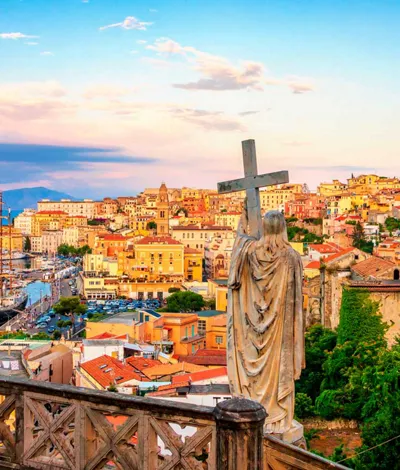
Trips into the countryside starting from Rome

Lazio and the majestic Roman artichoke PGI
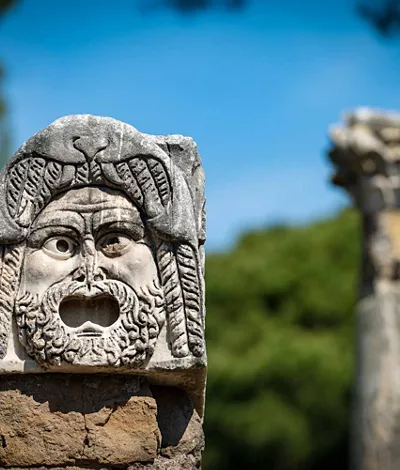
Seven sites of art, history and culture just one hour from Rome
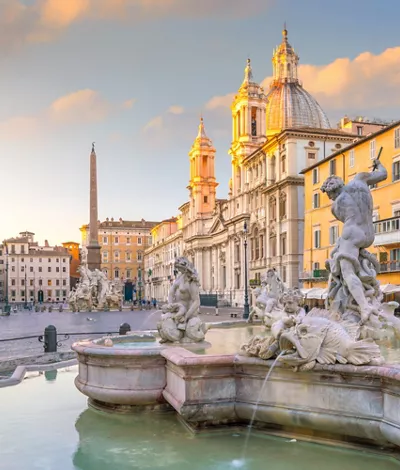
5 unusual things to see in Rome, sacred and profane
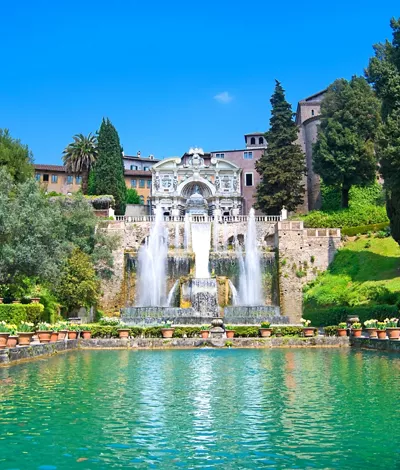
Villa d'Este: a triumph of the Renaissance

Outdoor spas in Lazio, oases of relaxation and wellness to suit all tastes
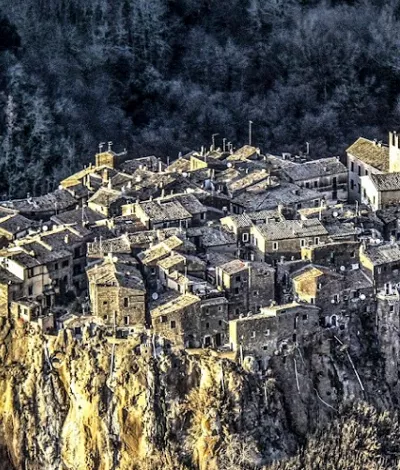
Civita di Bagnoregio
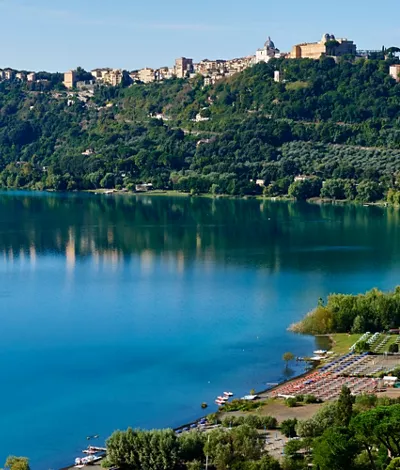
Castel Gandolfo
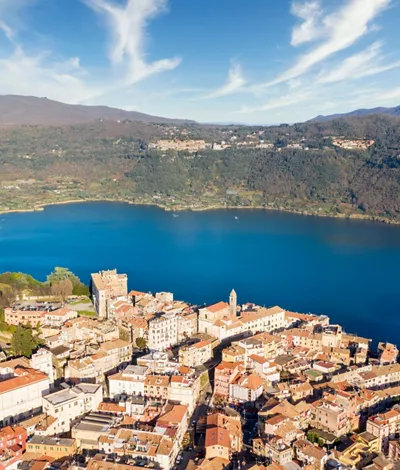
Circeo National Park
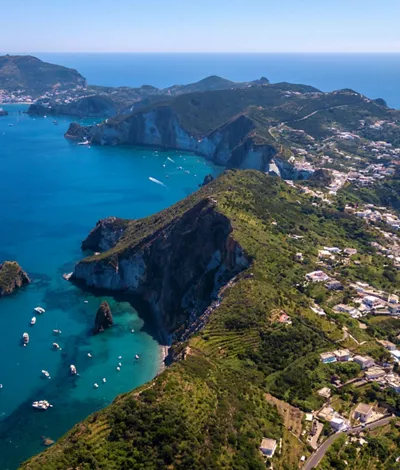
The Pontine Islands
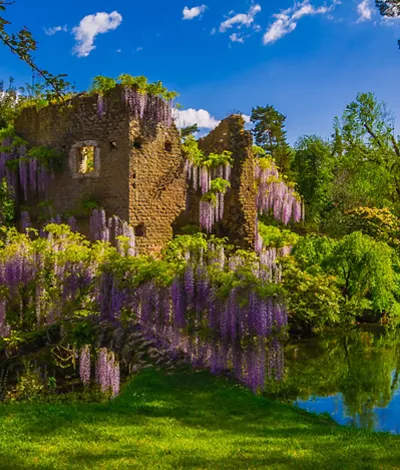
The Garden of Ninfa
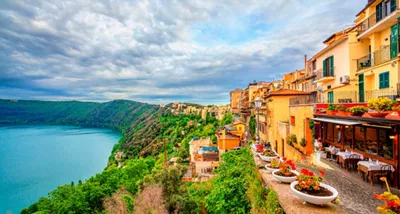
Castelli Romani Regional Park
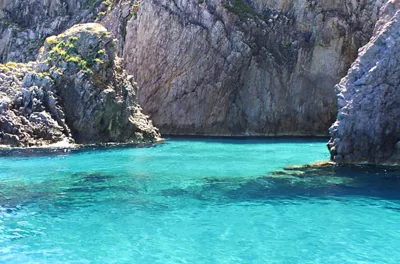
Ponza: living a daydream on a small island
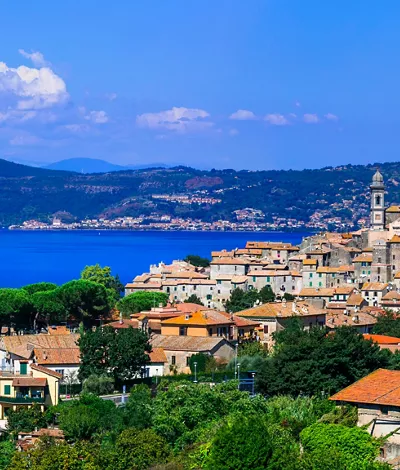
Lake Bracciano
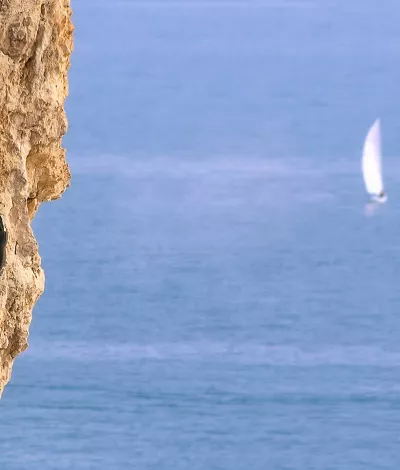
Climb with sea views, by Sperlonga and Gaeta
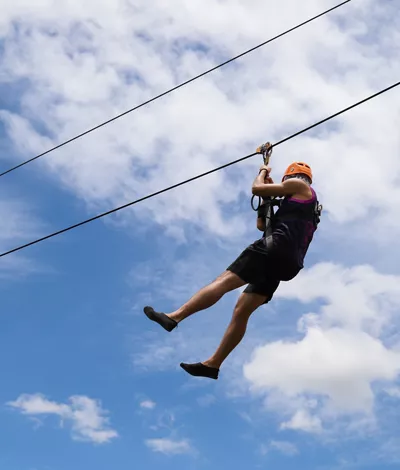
Lazio, Flying In The Sky: soaring like a peregrine falcon

Skating in Lazio: 2 Roman spots for skateboard stunts
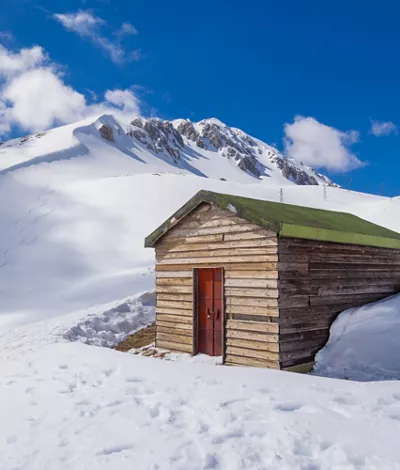
The 5 favourite destinations for Romans to ski near Rome
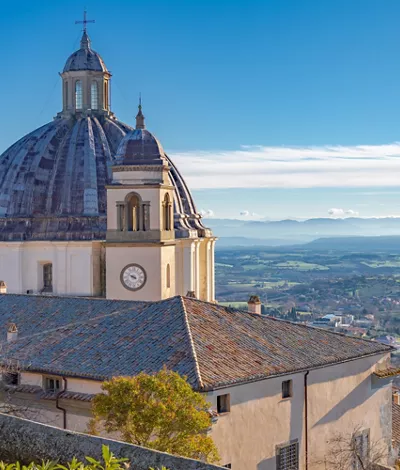
The Via Francigena in Latium: more than just Rome
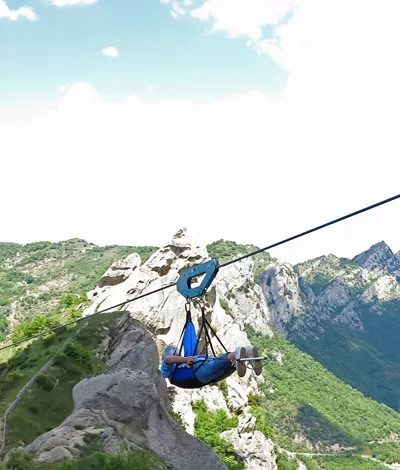
Zip lining, an adrenaline-filled flight surrounded by nature
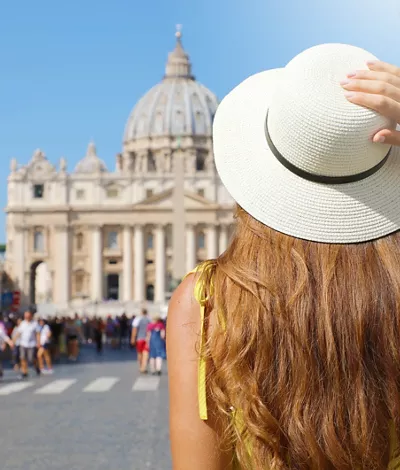
St. Peter's Basilica and the Vatican Museums
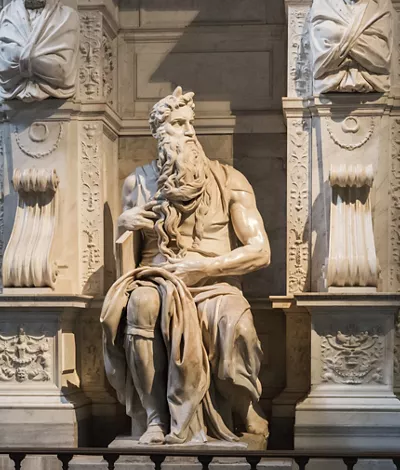
Michelangelo's Moses at San Pietro in Vincoli
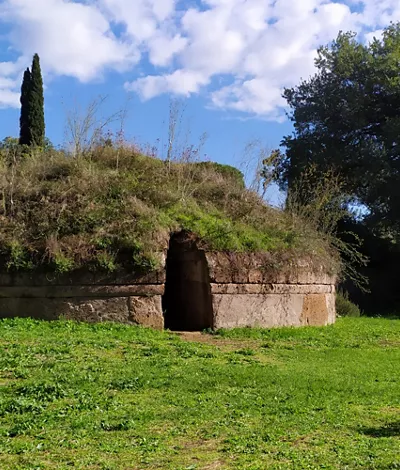
The Necropolises of Tarquinia and Cerveteri
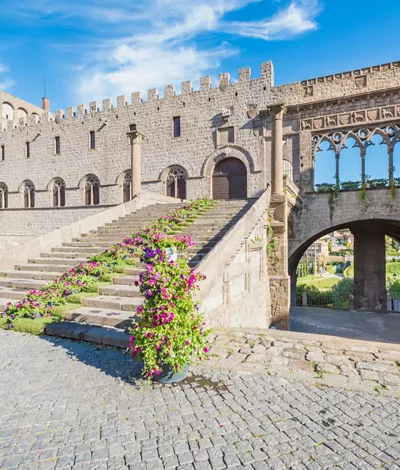
Viterbo, a place for popes and spa centres
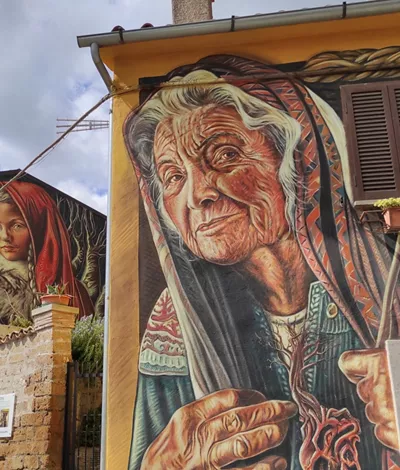
Roccalvecce: a walk in the forgotten village so close to Rome
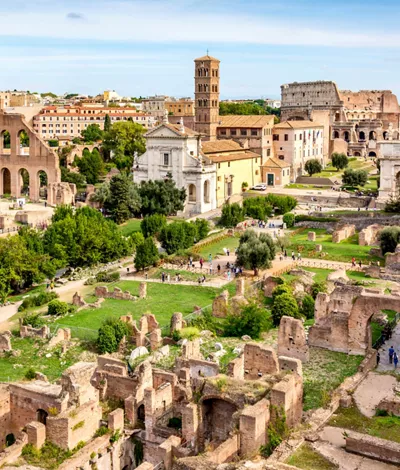
Rome: The Imperial Fora

May Day concert
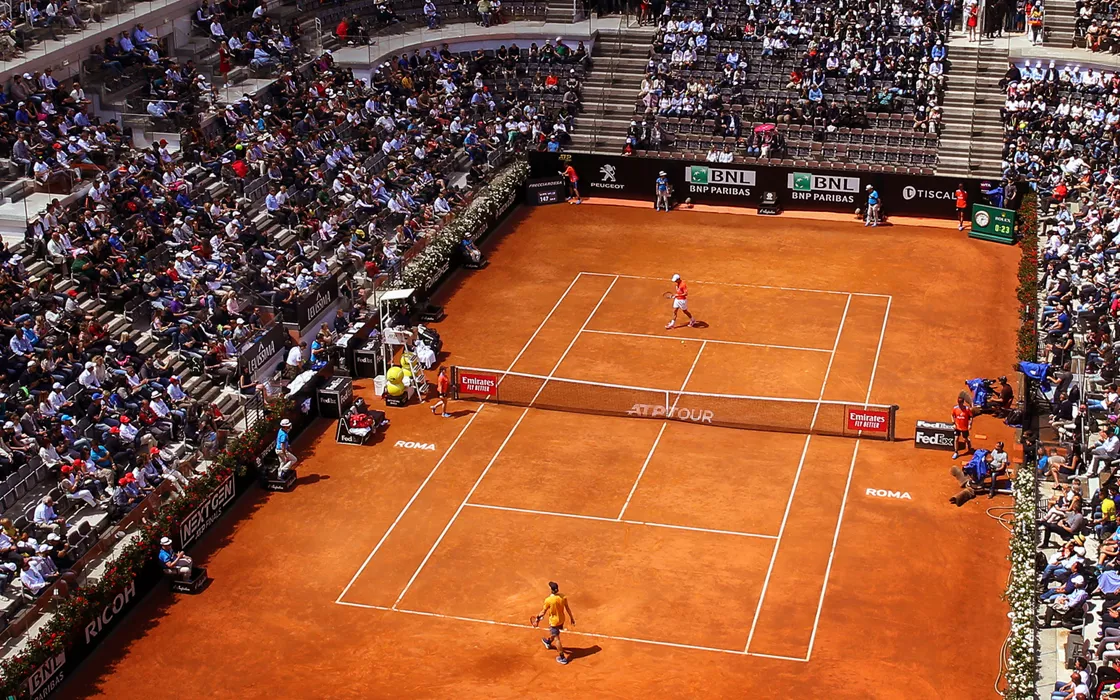
ITALIAN OPEN BNL
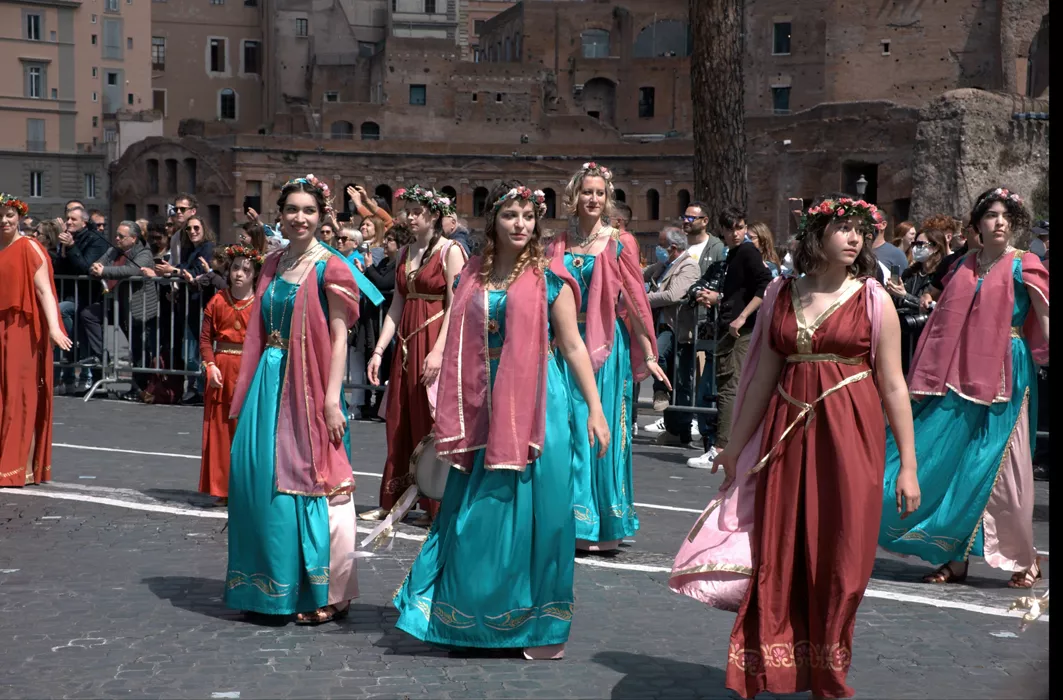
Natale di Roma 2024
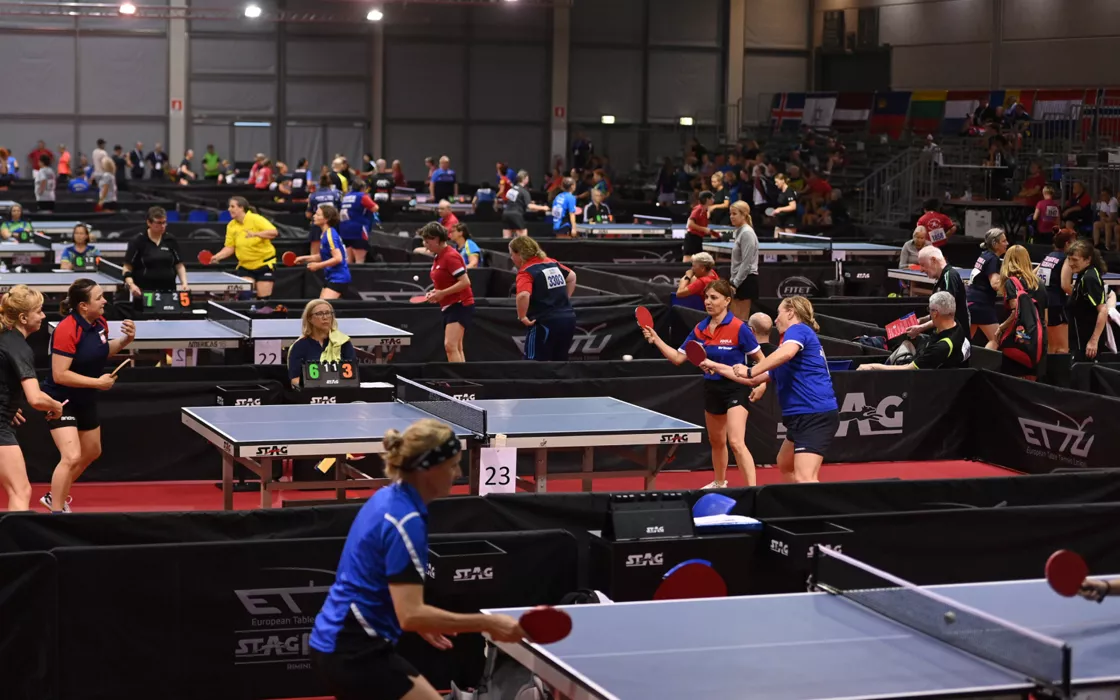
2024 ITTF WORLD MASTERS TABLE TENNIS CHAMPIONSHIPS

Inspiration for living the italin way
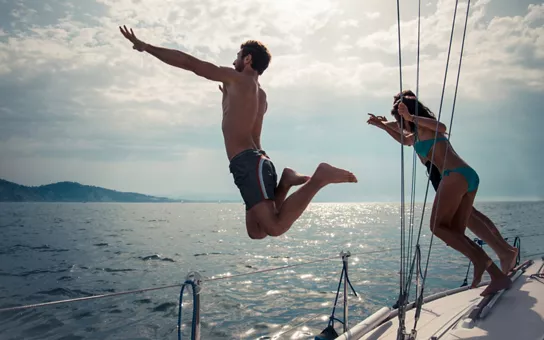
Sailing holidays or mini day cruises: Italy viewed from the sea is even more beautiful
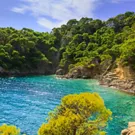
Where to dock in a roadstead in Italy, 8 beautiful and little-used mooring sites

The Big Jump on the Tiber and throughout Europe

The most scenic golf courses in Italy
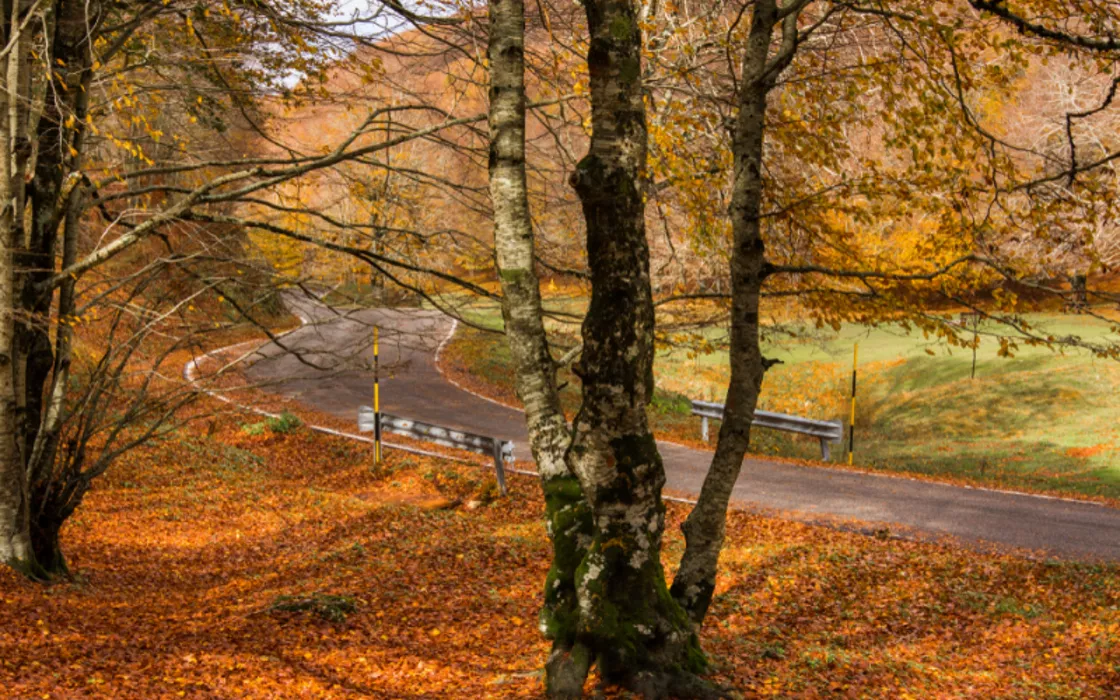
Discovering Lazio by bicycle, from Grisciano to Filettino
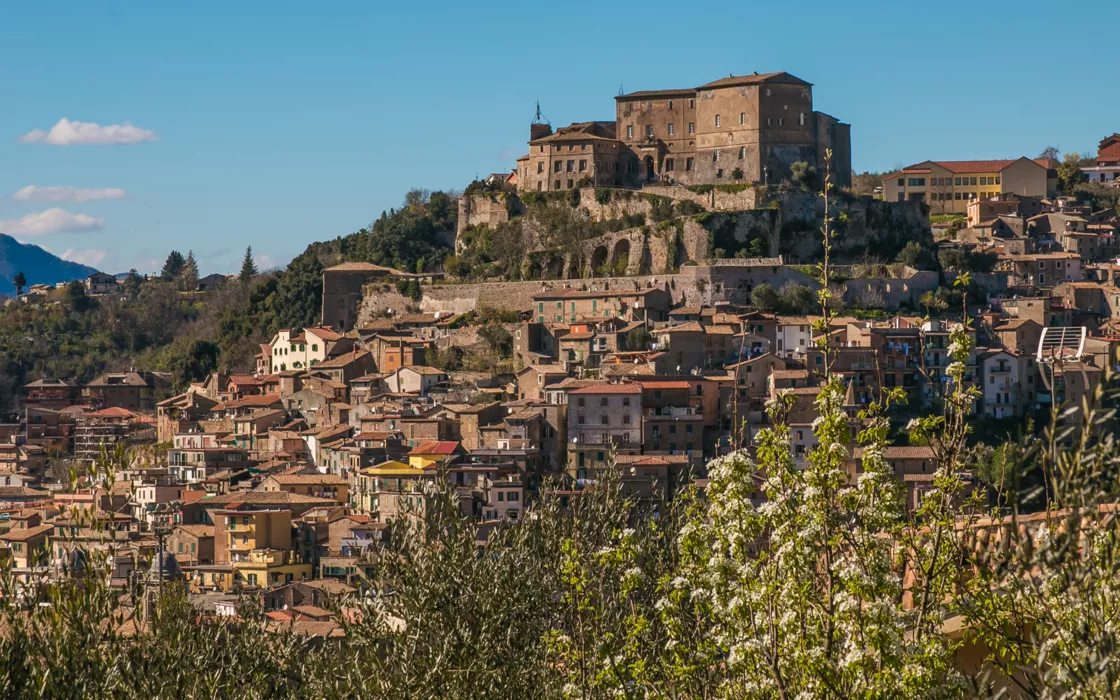
A day cycling in the Simbruini Mountains Natural Park, a stone's throw from Rome
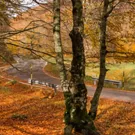
The capital region that amazes with its history and beautiful landscapes
Lazio is home to some of the most important monuments of Roman civilisation, but it is also a wonderful destination for those who want to experience its sea or its countryside, dotted with picturesque villages and charming towns. And then there's them, Lake Bracciano, the Aurunci Mountains and the Circeo National Park, making Lazio an amazing nature destination.
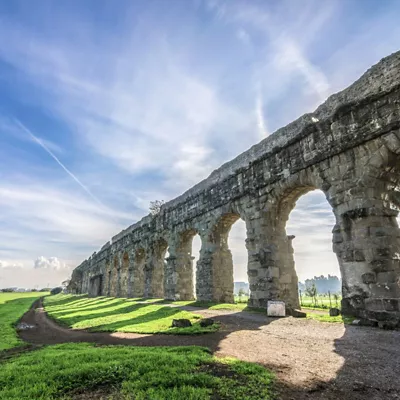
Continue living like an Italian
Subscribe to the Newsletter so as not to miss places, events and experiences for experiencing the best side of Italy: the authentic one.
Keep up to date
Would you like to learn about the most authentic experiences to be had in Italy, stay up to date on the most interesting events, discover our special offers and receive lots of insider hints and tips?
Save your favorite places
Create an account or log in to save your wishlist
Do you already have an account? Sign in

- DESTINATIONS
- EXPERIENCES

10 Best Places to Visit in the Lesser-Known Lazio Region of Italy
We are Elisa & Simone, travel bloggers since 2018. Our mission is to discover lesser-known places in Italy like Lazio. We are from Civitavecchia – a small city located pretty close to Rome – known for its port where millions of tourists come from all over the world every year to access the Italian capital.
Lazio is a region we started exploring due to its many wonderful places that people don’t know about. Fortunately or unfortunately (depending on your perspective), Lazio welcomes lots of tourists but almost all of them only visit Rome and they miss out on the other beautiful areas around it. So, we are here to help you get to know this underrated region in more detail.
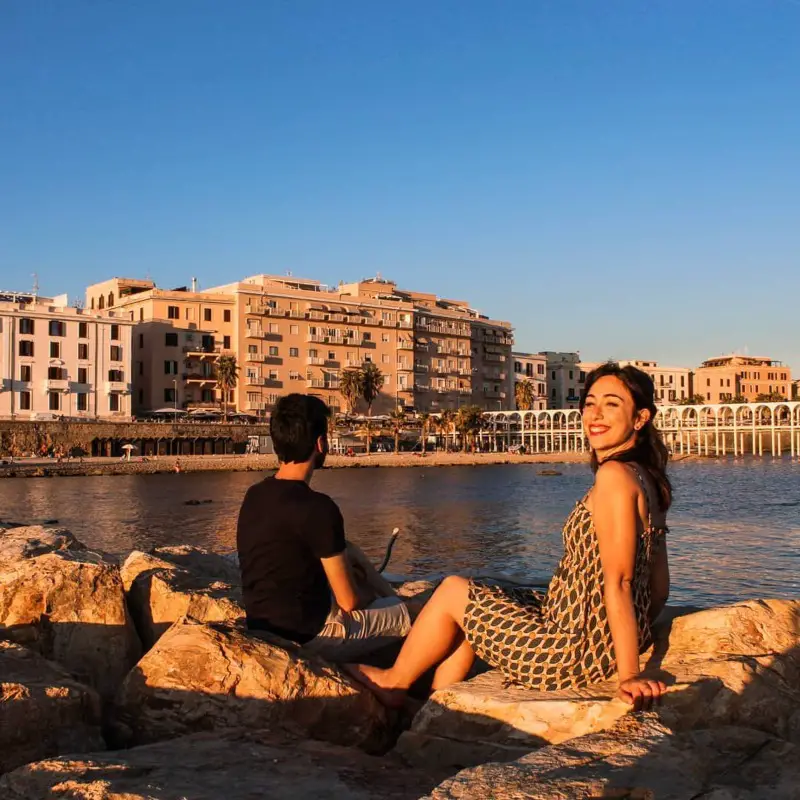
Why Lazio is a Special Part of Italy
Lazio is the type of destination you would like if you enjoy exploration. You can find all sorts of different places, people and cultures – despite it being relatively small. Everything you need for the perfect vacation exists here: gorgeous sea (especially in the south), mountains, nature and spa resorts. In our opinion, after you visit Rome, you can spend at least 10 days in Lazio.
10 Best Places to Visit in Lazio
The spot we love the most in Lazio is Calcata. It’s close to Rome, just 50 kilometers away, and it’s full of charm and mystery. Calcata was abandoned for many years but in the 60s hippies from Europe chose to adopt it as their new home. Today, in every corner of the tiny commune, you can discover tiny artist workshops and you can immerse yourself in a real sense of freedom. It’s also known as the “village of witches” due to the wind that blows through the streets at night – making a sound similar to a witch.
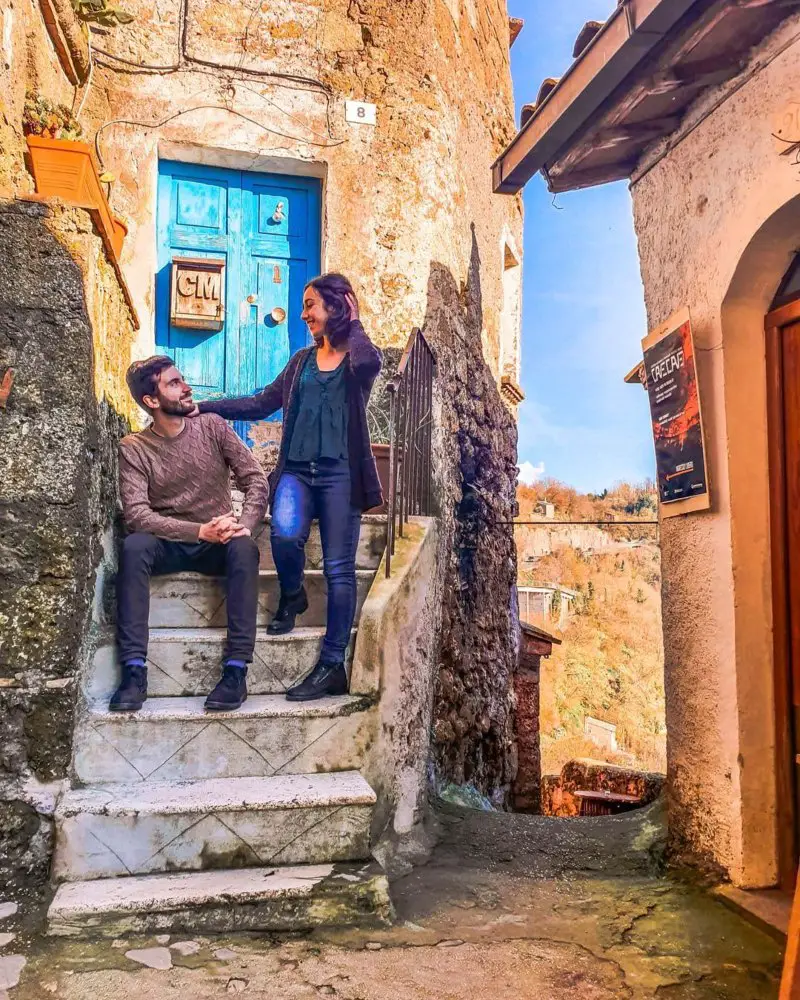
2. Gardens of Bomarzo
The Gardens of Bomarzo, also commonly known as the Sacro Bosco , is a captivating haven reminiscent of a fairytale book – transporting visitors to a whimsical realm frozen in the 16th-century. This enchanting garden is a surreal masterpiece adorned with intricate sculptures that breathe life into mythical creatures and colossal animals, all meticulously carved from rock.
Each step through the garden unfolds a new chapter in the narrative of wonder. A visit to this ethereal sanctuary offers families the opportunity to immerse themselves in a bygone era, where imagination takes center stage. The incredible details and creative artistry of the stone creatures engage the senses, creating an unforgettable experience on your Lazio trip.
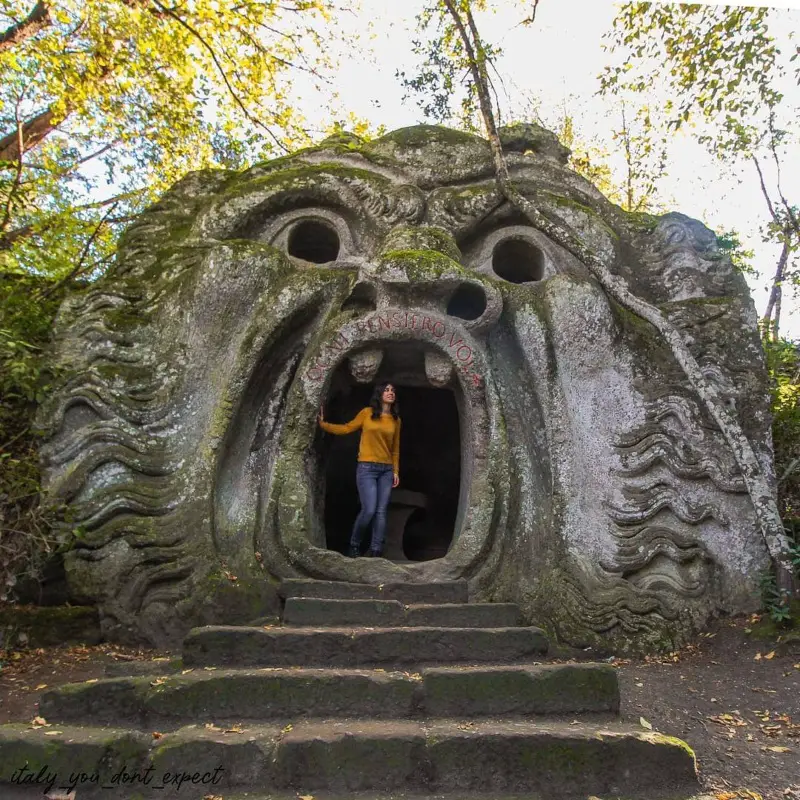
3. Civita di Bagnoregio
Perched on a large boulder, Civita di Bagnoregio is an iconic village accessible only through a lengthy steel bridge. Revered for its beauty, this Lazio locale is often dubbed “The Dying City” as the relentless erosion of time gradually erases its existence. The village’s vulnerability to natural forces enhances its mystique, attracting visitors who marvel at its charm.
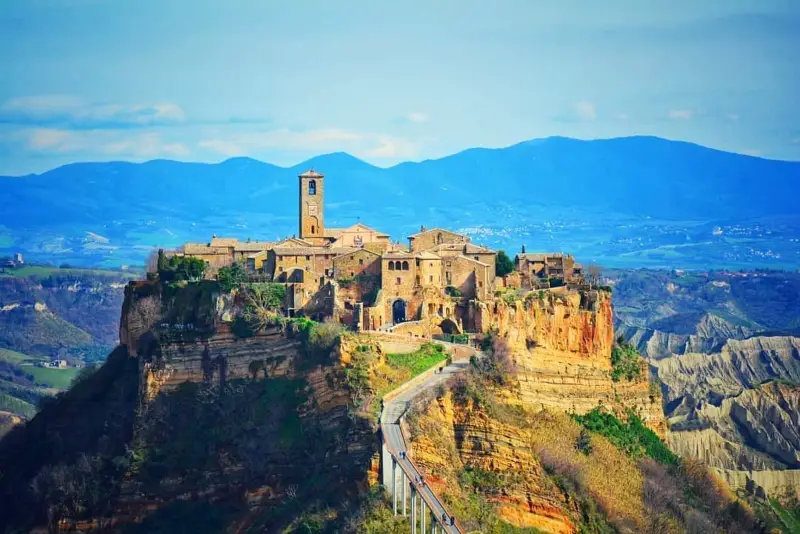
4. Palazzo Farnese, Caprarola
The Palazzo Farnese, nestled in the enchanting town of Caprarola and not to be confused with the Palazzo Farnese in Rome, stands as a testament to the grandeur of Renaissance architecture. Commissioned by the influential Farnese family during the 16th-century, this colossal pentagonal mansion offers a remarkable blend of artistic opulence and historical significance.
Stepping through its majestic doors, visitors are transported into a realm of splendor where intricate paintings and architectural marvels adorn the interiors. The Palazzo Farnese serves not only as a physical manifestation of the Farnese family’s power and wealth, but also as a cultural treasure trove.
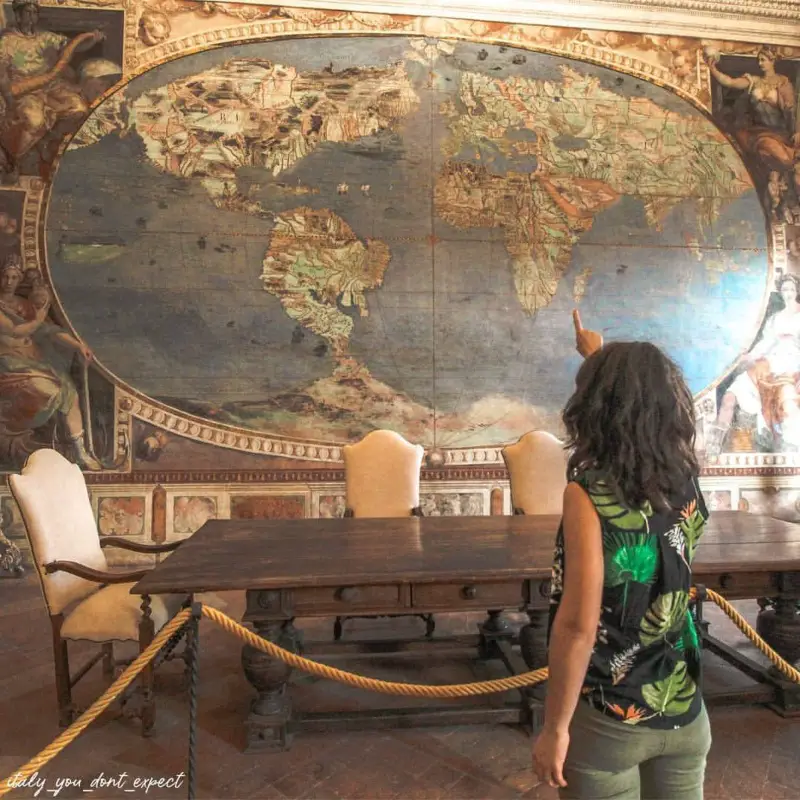
5. Etruscan Necropolises of Cerveteri and Tarquinia
The Etruscan Necropolises of Cerveteri and Tarquinia, designated as UNESCO World Heritage Sites , stand as witnesses to the rich tapestry of Etruscan civilization. These ancient burial grounds encapsulate the cultural and historical significance of Italy’s past – offering a glimpse into the artistic, religious and societal dimensions of this enigmatic civilization.
6. Sperlonga and Gaeta
Sperlonga and Gaeta stand as picturesque towns/cities in the southern part of Lazio. These destinations boast a harmonious blend of gorgeous landscapes, rich history and delicious seafood – creating an irresistible set of attractions for visitors. Sperlonga, with its winding cobblestone streets and ancient Roman sea grotto , offers a journey through time.
Meanwhile, Gaeta’s coastal charm captivates with its Monte Orlando Park and culinary delights – featuring some of the freshest seafood delights in all of Italy. Together these two gems showcase the quintessence of Lazio, where every corner exudes a sense of timeless beauty, making them not just destinations but immersive experiences that linger in the heart.
Nemi, a hidden gem in the “Roman Castles” area of the Metropolitan City of Rome, is home to the pristine Nemi Lake. This idyllic town is also famous for its original strawberry cake – a treat that can be ordered at any bar, cafe or restaurant and which perfectly compliments the town’s cozy atmosphere.
8. Civitavecchia di Arpino
Civitavecchia di Arpino, an ancient town predating Roman dominance, boasts unique features such as Cyclopean walls. In close proximity lies the natural oasis of Posta Fibreno. This idyllic retreat offers a juxtaposition to the town’s antiquity, providing visitors with a refreshing escape into nature.
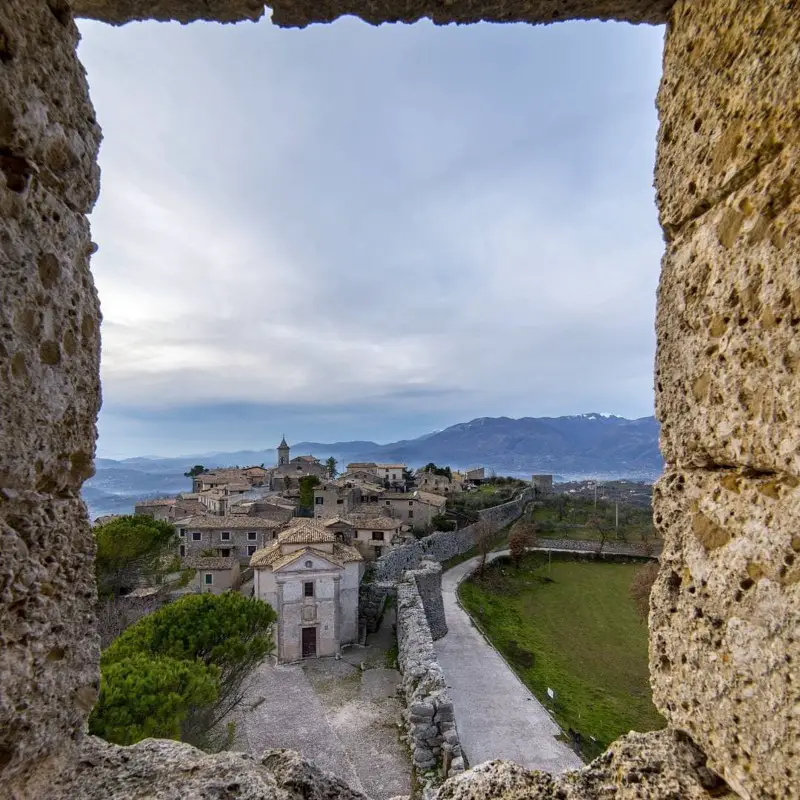
9. Isola del Liri
Isola del Liri is a town that will leave you breathless with its waterfalls, stemming from a river, cascading in the heart of the town center. The mix of urban life and the natural beauty of flowing water is a sight to behold, offering travelers a unique experience in the Lazio region of Italy.
10. Cervara di Roma
Cervara di Roma is an enchanting artist village, where creativity thrives amidst rocky structures and vibrant artworks. Each cobblestone corner tells a tale of artistic expression, transforming the hamlet into a living canvas where the essence of culture and imagination intertwines seamlessly.
Tips for Visiting the Lazio Region
One thing to know about Lazio is there are many different cultures and influences scattered around. Of course, Rome is similar to many other European capitals with people living there from all over the world. If you visit the northern part of Lazio you will discover influences from Tuscany and Umbria, and will notice how welcoming the people are and how they preserve their traditions. In the southern part, there are influences from Naples. The people are also nice and heartfelt, and the food is superb.
Like all regions of Italy, food plays an important role in Lazio. If you are visiting for the first time, you should try all the traditional Roman dishes: carbonara, cacio e pepe and amatriciana. Pizza is also great but in Lazio a different kind is made called pinsa. In the coastal areas, seafood is good.
If you plan on just visiting Rome , you can easily move around with public transport. There are many train and bus services from the airport or port. However, for those looking to explore the Lazio region in greater detail, we recommend hiring a car as public transport only covers the biggest cities.
Lazio is perfect to visit every month of the year. In summer, you can enjoy its beautiful sea and in winter you can immerse in village life. Finally, don’t forget to leave space in your bag because you will be purchasing some local delicacies to bring back home with you. Thanks for reading and we hope to see you on our social media or blog: italyyoudontexpect.com .
BY ELISA & SIMONE IG: @ITALY_YOU_DONT_EXPECT
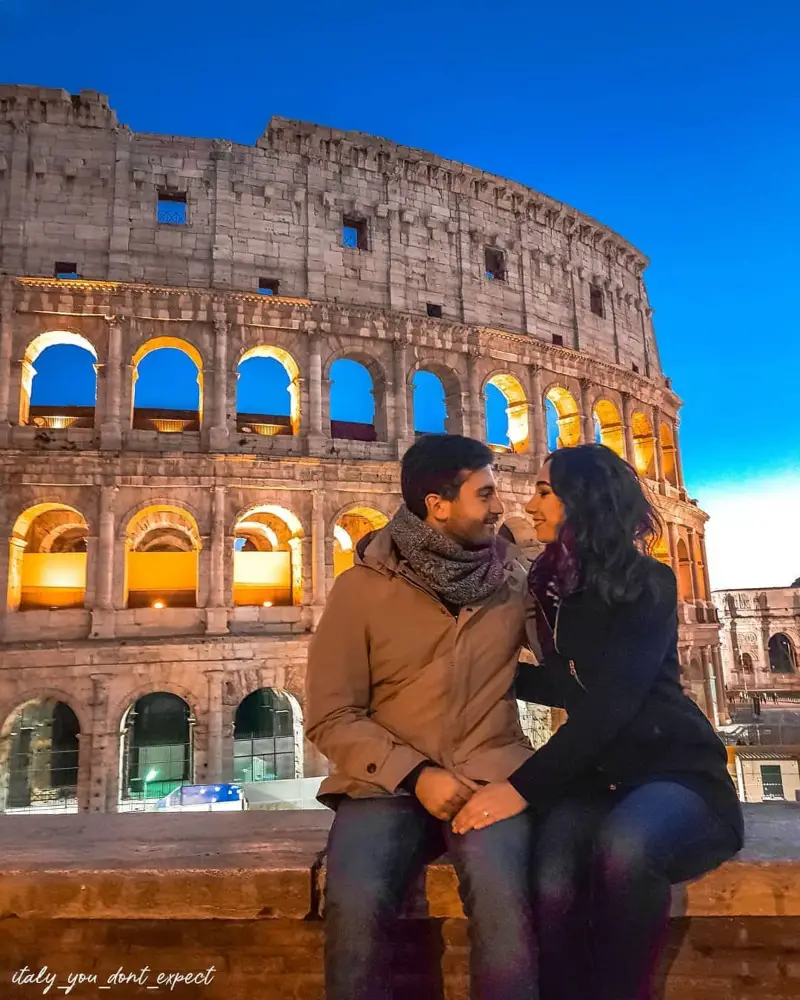
Author: Elisa & Simone
Elisa and Simone's mission is to discover and showcase lesser-known places in Italy through their social media pages and blog: italyyoudontexpect.com.
Related posts

Leave a Reply Cancel reply
Your email address will not be published. Required fields are marked *
Save my name, email, and website in this browser for the next time I comment.
Post comment
Travel experiences
Accommodation.
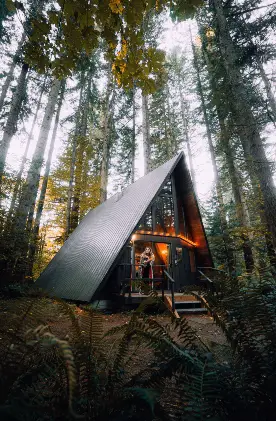
Beaches & Islands
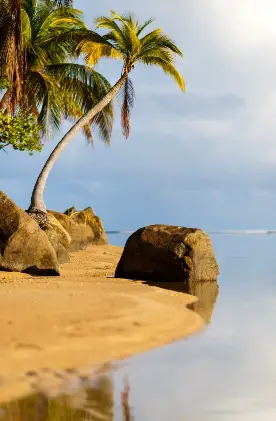
Food & Drink

Historical Sites
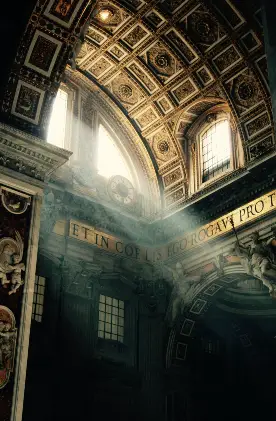
Living Abroad
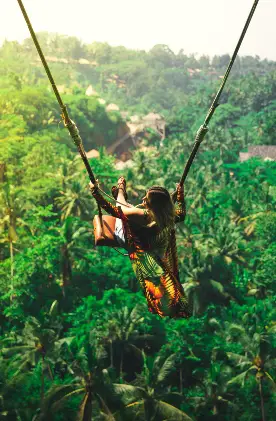
National Parks
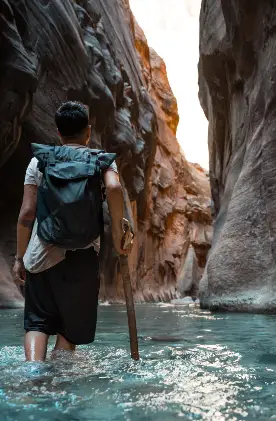
Towns & Villages
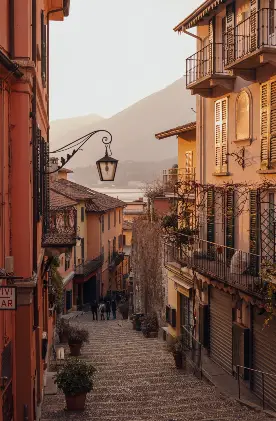
Travel Tips
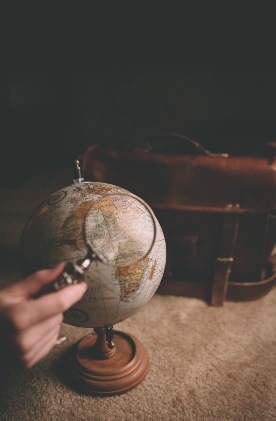
Sign up to our newsletter

Beyond Roman Holidays: exploring the Lazio Region
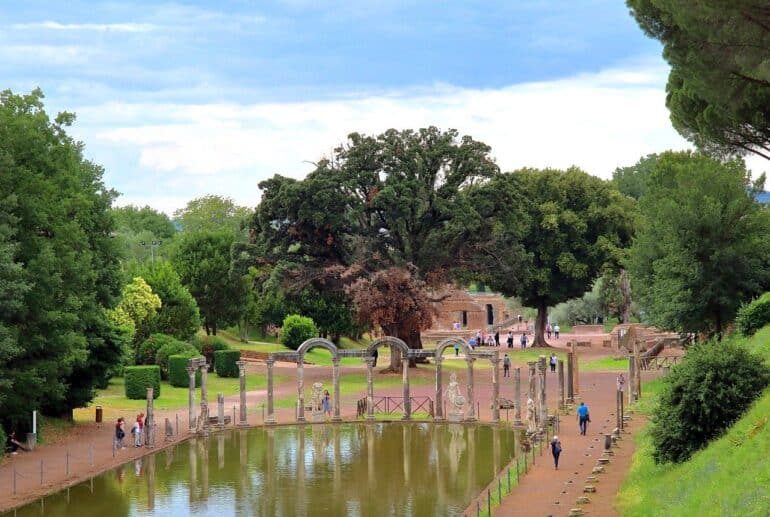
The top things to do in Lazio
Our beloved city, Rome, often overwhelms the cultural, oenogastronomic, natural, and religious resources of our region, Lazio , and that should stop. It is a region begging for exploration and offers a local alternative for almost any Italian holiday imaginable. Lazio is made up of five provinces: Roma, Latina, Viterbo , Rieti, and Frosinone , and over these provinces, there is a plethora of monuments, archeological sights, regional parks, wine, food, and religious sites that merit a visit. The most dominant attribute to Lazio’s landscape is the three dormant volcanoes to the north and south of Rome, the source of the majority of Lazio’s agricultural, natural, and cultural heritage. Rome’s own Sam Pietrini basalt cobblestones were sourced from the Castelli Romani .
Cultural Heritage
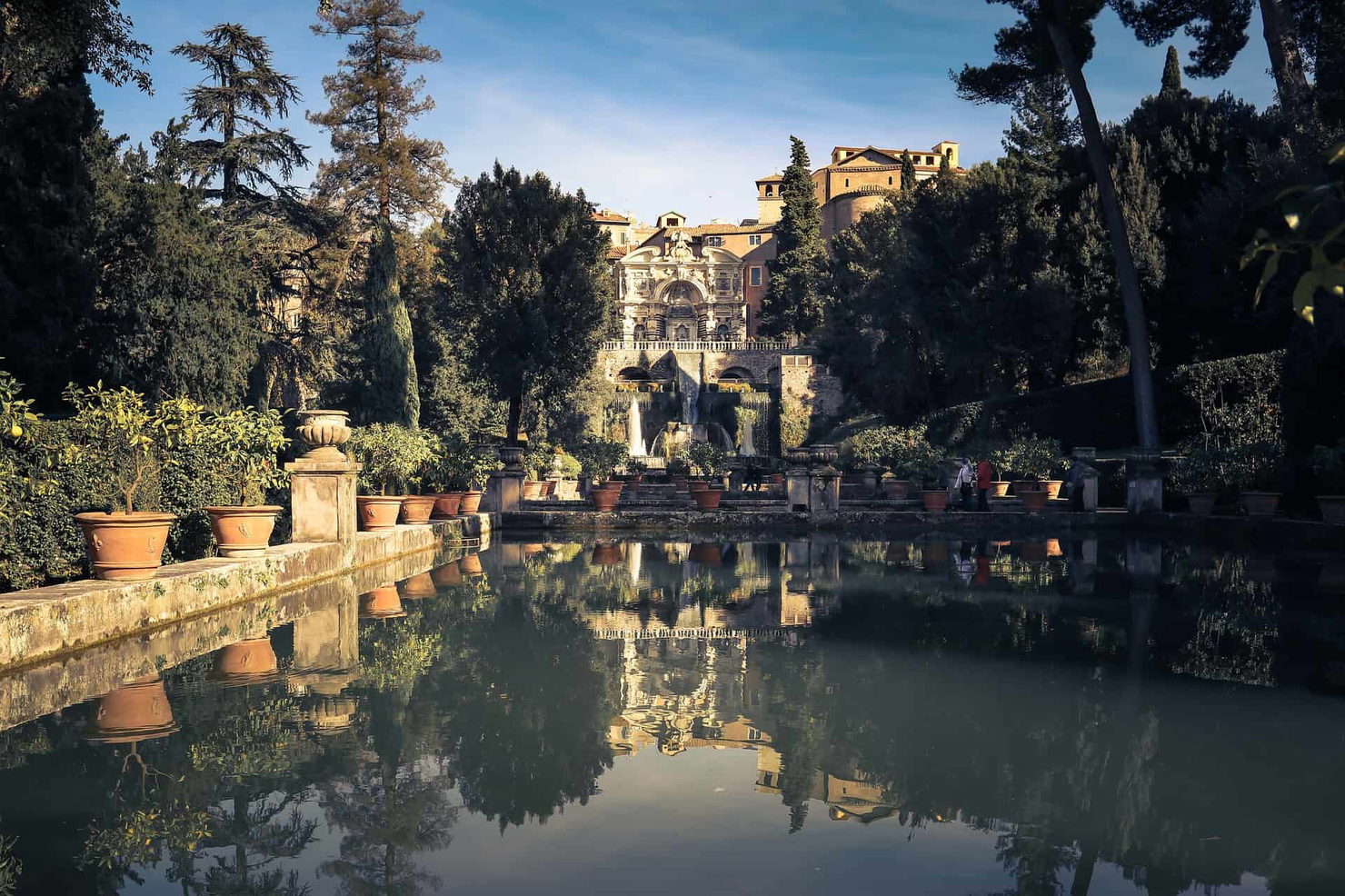
Before Rome existed, Lazio was home to the Etruscans, Latins, and the Sabines. It became the epicenter of the Roman world and, ultimately, the heart of Catholicism. Beyond Rome, there are six UNESCO World Heritage sites, including the ‘dead city’ Civita di Bagnoregio , the Etruscan necropolises at Tarquinia, and Cerveteri , the breathtaking Villa d’Este in Tivoli, and Hadrian’s Villa in Tivoli . All worth a day trip from Rome.
Food and Wine

The flavors of Lazio are diverse and range from heavy peasant dishes in the mountains to seafood by the coast. Sheep milk products, olive oil, pasta, and artichokes are staples throughout. Although Lazio’s wine has not always enjoyed the best reputation, producers throughout Lazio focus on sustainable agricultural and high-quality wines rather than high quantity. Producers such as Merumalia in Frascati focus on organic vineyards and pay homage to tradition. They offer lovely wine tours and tastings as well as lunch at their gorgeous estate.
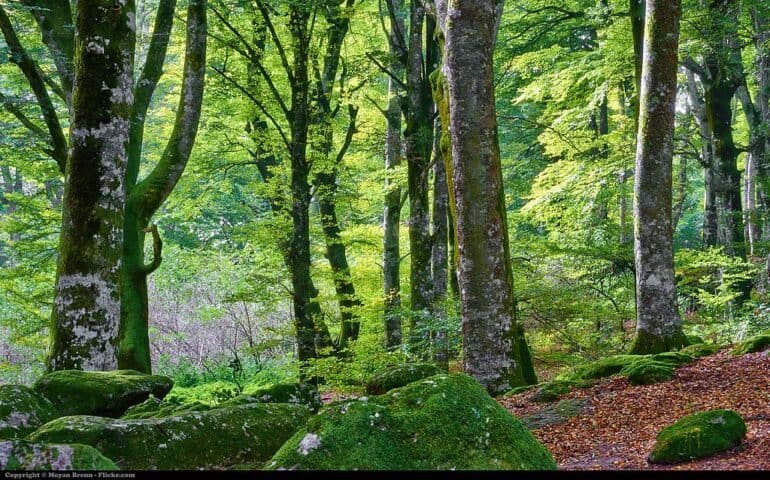
Lazio is a beautiful destination for nature lovers and people who just need an escape from the city’s chaos for a day. There are Regional Parks with hiking trails . The Monti Aurunci Regional Park has 22 km of biking trails of different difficulty levels. Serious treehuggers can spend a day exploring the ancient beech forest in Cimini, a UNESCO, and therefore protected, World Heritage site. There are trees as tall as 50 mt. The park is an invaluable part of the ecological heritage of Italy and Europe.
Lazio also boasts several volcanic crater lakes. The towns of the Castelli Romani are scattered along the rim of an ancient dormant volcano with two crater lakes; Lago di Albano, and Lago di Nemi which are about 25 to 30 km from Rome. Lago Albano is more accessible with manicured beaches, bars, and restaurants, while Lago di Nemi is wilder without commercial development. To the north, there are several lakes. Lago di Bracciano is the most popular for Romans during the summer months. Nearby and slightly more remote, a more peaceful option is Lago di Martignano , where you can rent a sailboat at Casale di Martignano.
Do you want to have a truly unique experience immersed in nature? Book our kayak tour on Albano Lake .
Further from Rome is the Lago di Bolsena . It is the largest volcanic crater lake in Europe and is considered the cleanest and most pristine. The soils around the lake are quite unique for wine production. Enjoy a lakeside lunch at La Rimessa dei Pescatori and enjoy a local wine from Il Vinco or Andrea Occhipinti.
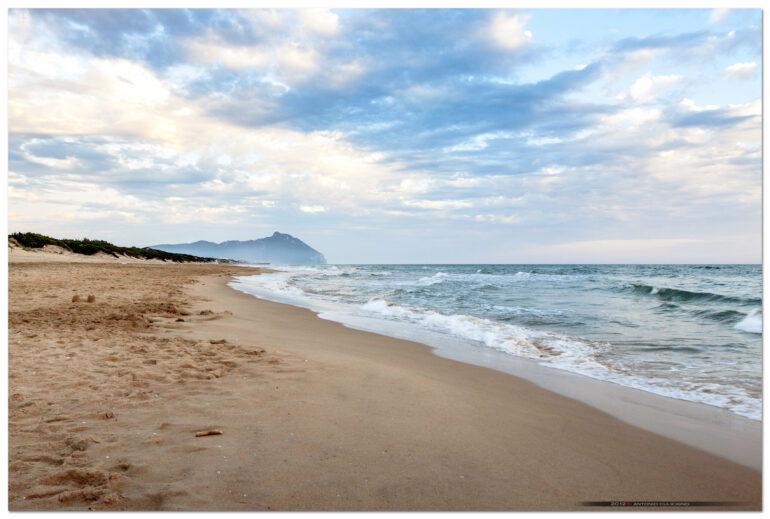
Lazio boasts more than 300 km of coastline, and while the nearest beaches to Rome may not evoke the most romantic Mediterranean seaside fantasies, if you are willing to travel about an hour by train , there are gorgeous beaches with clean, crystalline, turquoise water. Sperlonga is a wonderful option and is well worth the train ride for its pristine sandy beaches, beautiful clear water, and the ancient Roman sea grotto of Tiberius. It was awarded the coveted Bandiera Blu for its clean waters and commitment to maintaining eco-friendly services. Sabaudia and Circeo are also popular beach options.
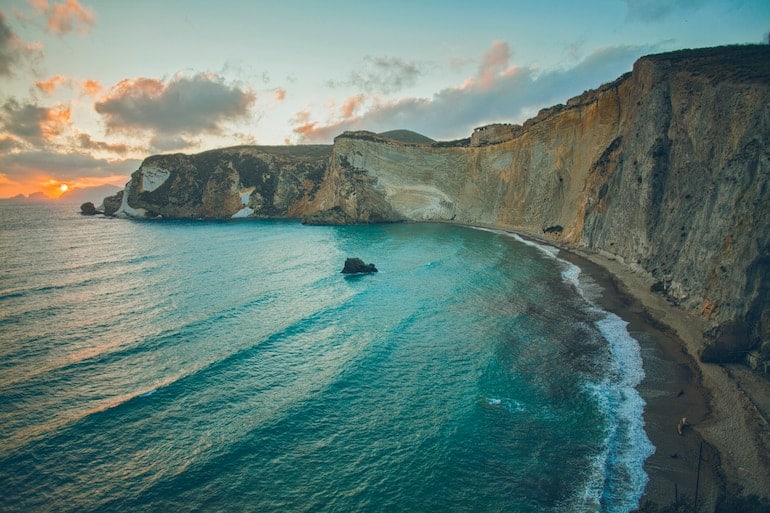
One of the most incredible experiences to have as a traveler is island hopping in the Mediterranean . Who doesn’t dream of turquoise waters, secret coves, and the joy of freshly caught seafood? Once again, Lazio does not fail. The archipelago of the Pontine Islands is reached by Rome by train and ferry. The largest and most popular island of the Pontine Islands is Ponza , and it is an excellent option for a Mediterranean Island holiday. A highlight is renting a motorboat and exploring the island’s beaches and coves. Palmarola is the real gem of the Pontine Islands and is about 7km from Ponza and reachable by boat. There are loads of caves, coves, rocks, and crannies to explore around Palmarola. It is excellent for snorkeling and looking for octopus, different fish, and sea urchins. The best side to stay on Ponza is the side facing Palmarola to enjoy the sunsets of various hues of orange, pink, and purple and to have access to the natural pools in the bay of Cala Feola, which were formed by erosion and wind.
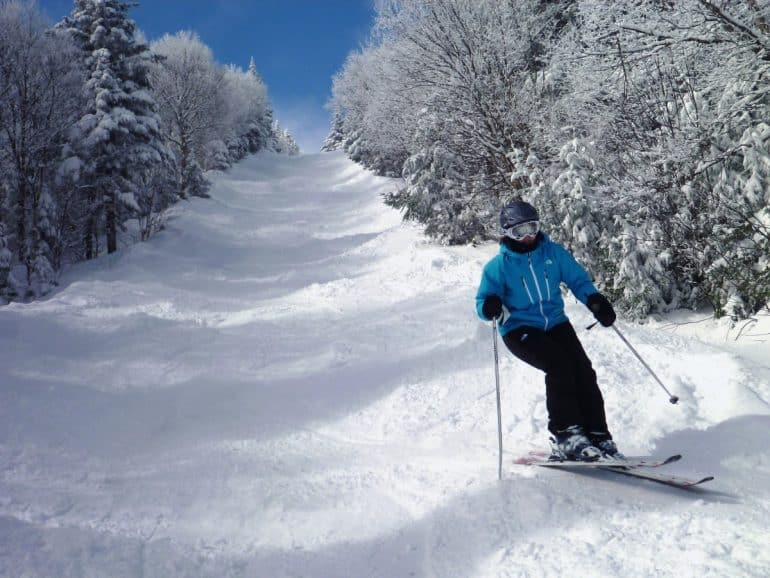
For those snow bunnies, there are plenty of options for skiing near Rome. Monte Livata is just 45 km away from Rome. It is a small resort, but if you cannot make it to the Dolomites, it is an excellent option for a day trip.
Religious Pilgrimage
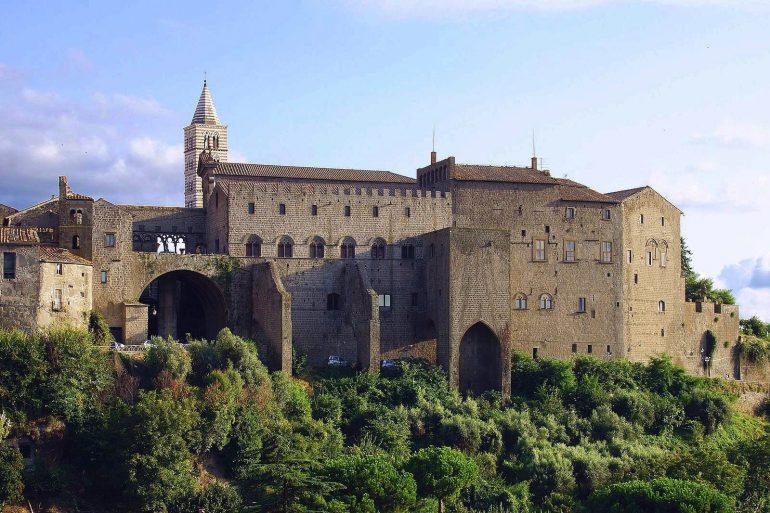
With the heart of Catholicism in Rome, it is no secret that Lazio abounds with critical sacred sites. The oldest Benedictine Monastery is located in Subiaco , which is just outside Olevano Romano, a town famous for Cesanese red wine. Abbazia di Santa Scholastica is still an active congregation founded in the sixth century at the grotto where Benedict made his first hermitage. It is one of the most beautiful examples of medieval and monastic architecture in Italy.
For those who prefer a walking pilgrimage, there is no need to fly to Spain to walk the El Camino. The region of Lazio invested in the Laziale section of the Via Francigena, the road that connected France to Rome and Jerusalem to Rome via Brindisi. It was the most traversed road in the medieval western world. There is an eight-day walking itinerary that starts in Tuscany that takes trekkers to important religious sites in Lazio with an average of 20 km per day . This includes Viterbo , which was home to the popes between 1257-1281, and the old town and San Pellegrino district are considered to be very well preserved medieval architecture.
The medieval town of Anagni , once served as the residency of four Popes, also worth a visit.
As we can see, Lazio has more than enough to offer from Rome. Whether it is for day trips or multiple day holidays. Our region is well worth taking to time to explore.
Unique Day Trips from Rome
Sign up to our newsletter for the latest news, events, and insights from Rome
By subscribing you agree with our privacy policy .
Check your inbox or spam folder to confirm your subscription.
Related Post:

Wow!!! So informative…I didn’t know you could ski there too!!! Well written Sarah May Grunwald!!!
Your email address will not be published. Required fields are marked *
Yes, add me to your mailing list
- Route planner
Attractions in Lazio
The top 10 attractions in lazio.
Fontana di Trevi / Trevibrunnen
Hiking Highlight
The Trevi Fountain is one of the most beautiful fountains in the world. Not only because of its size or its design, but also because of its energy. Its birth … read more
Probably the most famous monument in the world and a symbol of the greatness of Rome, the Flavian Amphitheatre, known especially as the Colosseum for the colossal bronze statue of … read more
Tip by JavierCR 🇪🇸
Sign Up To Discover Places Like This
Get recommendations on the best single tracks, peaks, & plenty of other exciting outdoor places.
The largest and best preserved dome building of antiquity.
Castel Sant'Angelo
Located on the right bank of the Tiber, a few steps from the Vatican to which it is connected by the Passetto de Borgo, Castel Sant'Angelo, also known as Mole … read more
Monumento a Vittorio Emanuele II o Altare della Patria
Venice Square (Italian: Piazza Venezia) is a famous square in Rome, Italy. It is located at the foot of the Capitol Hill, where five of the most important streets of … read more
Ponte Milvio
Bike Touring Highlight
Ponte Milvio (or Ponte Molle or Ponte Mollo) is a bridge that connects Piazzale Cardinal Consalvi to Piazzale di Ponte Milvio, in Rome, in the Flaminio, Parioli, Della Vittoria and … read more
The Flavian Amphitheater, commonly known as the Colosseum, is the largest Roman amphitheater in the world and a must see if you are passing through Rome.
Castel Sant'Angelo is a monument of Rome located on the right bank of the Tiber in front of the homonymous bridge. The origins of Castel Sant'Angelo date back to 135 … read more
Piazza San Pietro
St. Peter's Square is among the most famous squares in the world. It is a symbol not only of spirituality but also of culture, being among the greatest architectural works … read more
Arco di Costantino
This great arch located next to the imposing Roman Colosseum, measures 21 meters high and was built in 315 as a monument of victory.
Explore these attractions on the map
Popular around lazio.
Bike Touring Collection by komoot
Road Cycling Collection by komoot
Mountain Biking Collection by komoot
Running Collection by komoot
Mountain Climbing Collection by komoot
Explore the most popular Tours in Lazio
Discover the most popular attractions in lazio.
Are you keen on exploring more awesome places nearby? Browse our guides:
Still not found the Highlight you’re looking for? See guides of the top attractions in other regions:
- Emilia-Romagna
- South Tyrol
- Apennine Mountains
- Aosta Valley
- Friuli Venezia Giulia
- Portoferraio
- Arcipelago Toscano National Park
- Campo Nell'Elba
- Costa Otranto - Santa Maria di Leuca e Bosco di Tricase Natural Park
- Aeolian Islands
- Area Naturale Marina Protetta delle Cinque Terre
- Natural Park of Porto Conte
- Posthudorra/Porto Torres
- Area Marina Protetta Regno di Nettuno
- Zona Di Protezione Speciale Capo Carbonara
- Parco regionale dei Campi Flegrei
- Parco Nazionale Dell' Asinara
- Riserva Naturale Di Ponza
- Area Marina Protetta Isole Ciclopi
- Area Naturale Marina Protetta Capo Gallo - Isola delle Femmine
- Isola di Sant'Andrea e litorale di Punta Pizzo Natural Park
- Amp "Capo Gallo - Isola Delle Femmine" Zona C
- Riserva Isole dello Stagnone di Marsala
- Riserva Naturale Orientata Isola Bella
- International edition
- Australia edition
- Europe edition
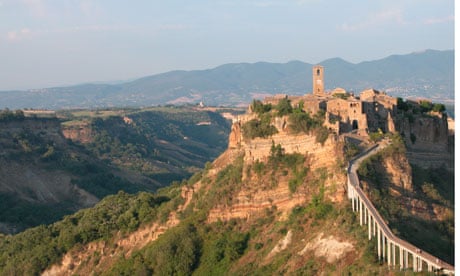
Top 10 things to do in Lazio
Stay – castello di proceno.
A crenellated medieval affair with a working drawbridge, Castello di Proceno rises imperiously above the village of the same name, close to the border between Tuscany and Lazio, in a verdant landscape of chestnut woods and hay fields. Within the walls are seven guest apartments and three suites, all done out in cosy Italian grandma style. Best buys are the four-berth seasonal suites, Primavera, Estate and Autunno (from €720 a week), each with a private terrace or garden. Inside the keep is a private museum of priestly robes, musical instruments and other historic gewgaws; there's also a wine bar featuring an original Etruscan tomb. Paths lined with wisteria and iris lead down to the pool and summer restaurant. Corso Regina Margherita 155, Proceno, +39 0763 710072, castellodiproceno.it . Apartments sleeping two to five from €520 a week, suites sleeping two from €100 a night
Explore – La Riserva Naturale Monte Rufeno
Monte Rufeno nature reserve occupies more than 7,000 acres of rolling oak forest on the borders of Lazio, Umbria and Tuscany. It's a wild corner of Italy, the haunt of boar and porcupine. Inside the reserve, three stone casali (farmhouses) offer simple – some might say spartan – accommodation, ranging from doubles with en suites to quad rooms. Large groups can rent an entire farmhouse, with kitchen. If you prefer to be cooked for, the restaurant at five-room Casale Monaldesca serves hearty local fare. The reserve is crisscrossed by walking, biking and riding trails, and there are horses for hire. Strada Trevinano Monaldesca 44, Acquapendente, +39 335 364322, lamonaldesca.it . Doubles from €60 B&B, dinner €21
Relax – Il Bagnaccio hot spring
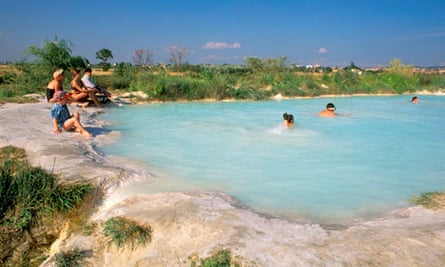
One of the joys of the volcanic northern reaches of Lazio is the abundance of hot springs, perfect for a restorative wallow. Some, especially around Viterbo, have been channelled into thermal resorts with a faintly institutional feel, but many rise in open countryside and attract a democratic mix of locals (who see free thermal pools as a basic human right) and adventurous tourists. One of the best is Il Bagnaccio, where pools have been carved out of white clay in a bucolic landscape that can't have changed much since Etruscan times. Bring a towel and claim your corner. Il Bagnaccio is 6km north of Viterbo. To get there, take SS2, Strada Cassia Nord, then bear left on to SP7 to Marta and Capodimonte. After less than a mile, keep an eye out for a shapeless Roman ruin on your left and drive down the track in front of it to the springs
Drink – Sergio Mottura wines
Orvieto may be better known, but some of the best white wines in the area between Rome and Florence are made around Civitella d'Agliano, an unassuming town half an hour's drive east of Lake Bolsena. The leading producer is a cultured gentleman by the name of Sergio Mottura, whose main cellar occupies a 16th-century manor house that doubles as an 11-room country-chic hotel and summer restaurant, La Tana dell'Istrice (the porcupine's burrow). The estate's award-winning Poggio della Costa white, made from 100% grechetto grapes, is a snip at €10.80 a bottle at the cellar door. Piazza Unità d'Italia 12, Civitella d'Agliano, +39 0761 914501, motturasergio.it
Eat – La Tana dell'Orso
Surrounded by vineyards, market gardens and oak woods, this country restaurant with opera-box views is a charming venue for a long summer lunch. Grilled or baked lake fish such as coregone (whitefish), tench and eel vie with meaty mains like lamb in red wine with porcini, but vegetarians are also catered for with classic ribollita soup and an encyclopedic cheese board – the personal passion of owner Bruno. Wrap up your meal with walnut and chocolate biscuits dipped in aleatico dessert wine. Località Montesegnale 162, Bolsena, +39 0761 798162. Closed all day Thursday and Sunday evening. Average €25 a head without wine
See – Lake Bolsena
Largest of the three volcanic lakes north of Rome, Bolsena is the most characterful (and least thronged with daytrippers). Of the lake towns, Bolsena itself has the readiest charm, with its centro storico and Collegiata di Santa Cristina church, a historical layer cake whose earliest parts date from 11th century. The little town of Marta on the southern shore – scene of an evocative spring procession called La Barabbata on 14 May – is also worth a visit, but perhaps best of all is Isola Bisentina, a romantic island reached by ferry from Bolsena, Marta or Capodimonte. With seven oratories in various states of disrepair and an artfully gothic landscape cared for by present owner Prince Giovanni del Drago, it's a fine place for a tryst, a swim or a picnic. Naviga Bolsena ( navigabolsena.com ) in Capodimonte has boat trips from €6pp
Eat – Gelateria Santa Cristina
Bolsena just happens to be home to one of Italy's finest gourmet ice-cream emporiums. The coffee flavour of gelato maestros Anna Cristina Salomone and her husband Giulio carried off the top award at the prestigious ice-cream world cup in Rimini in 2008, while their Piedmont hazelnut picked up third prize a year later. But it's the ricotta and cinnamon flavour that Anna Cristina considers the house speciality. Despite the quality ingredients, prices are no higher than usual, starting at €2 for a small cone or tub. Corso della Repubblica 8, Bolsena, +39 0761 798758. Open daily
Tour – Vignanello garden
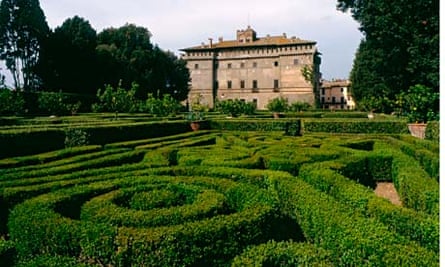
A rewarding half-day trip from Bolsena, this labyrinth of immaculately clipped box hedges has resisted the vagaries of garden fashion to come down to us unchanged from the early 17th century. Hidden in the 12 parterres are the initials of the garden's founder, Ottavia Orsini, and her sons. The current owner, the formidable but simpatica Princess Claudia Ruspoli, personally guides visitors around the garden which she has restored with passion. Tours, which also take in her castle home, Castello Ruspoli, take place on Sundays from April to the end of October. Groups can visit by appointment at other times too. Piazza della Repubblica, Vignanello, +39 0761 755338, castelloruspoli.com , €10pp
Visit – Civita di Bagnoregio
Isolated on an eroded spur of volcanic tufa, this improbably perched hamlet is famous as il paese che muore – the dying village. But patronage from the likes of Prince Charles and Unesco have helped shore up what's left of the slowly crumbling borgo , and today this once inaccessible community with a winter population of fewer than 20 souls is one of the area's main tourist draws. Reached via a bracingly modern pedestrian bridge, Civita has little to offer beyond some craft shops and photogenic plant-draped tufa houses (the house where Saint Bonaventure was born has long since fallen into the valley along with dozens of others), but it's still an unmissable sight. 24km north of Viterbo, follow signs to Montefiascone, then Bagnoregio
Stay – La Montagnola
- Italy holidays
- Europe holidays
- Food and drink
- Short breaks

The chic Venice hotel on its own island

Walking the pilgrim's path to Rome

Alternative tours of Italy

Gladiators and gelato: a family break in Rome

Sicily: the art project that saved a town

Readers' travel tips: cultural highlights of Italy
Comments (…), most viewed.
Lazio region
Exploring this fascinating region of central Italy; there’s so much more than Rome to discover
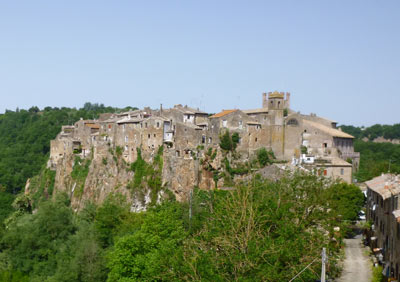
Beautiful, crumbling medieval hilltop towns, faded palaces, large and tranquil lakes in old volcanic craters, thermal springs and fine wines…
About Lazio
Lazio is in central Italy, on the western coast. The region was formerly known to English travellers by its Roman name, Latium, although this version of the name is now rarely used. A major port of call on the Grand Tour, when eighteenth-century travellers explored its scenic villages, Lazio is now largely overlooked in favour of its capital, Rome.
With so much investment, jobs and tourism concentrated in Rome, the surrounding region is often quiet, depopulated and rather run-down. For tourists, the good side of this is the tracts of unspoiled countryside, the dilapidated but surviving historic town centres, and the welcome you may receive. Tourists are rare creatures in many of Lazio’s smaller towns, and once locals realise you are interested in their hometown they are generally delighted.
Lazio is divided into five provinces. In the north and west, bordering Tuscany and Umbria, are the Provinces of Viterbo and Rieti. In the centre of Lazio, the region’s administrative centre is the Province of Rome, then to the south lie the Provinces of Latina and Frosinone.
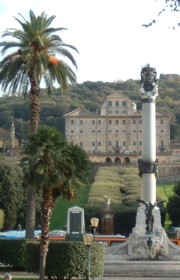
Lazio destinations
- About the Lazio region
- Castel Gandolfo
- Castelli Romani
- Pontine islands
Ruins and gardens
- Gardens of Ninfa
- Villa Lante, Bagnaia
- Villa d’Este, Tivoli
- Hadrian’s Villa, Tivoli
- Villa Gregoriana, Tivoli
- Terracina temple
Lazio airports and travel
Rome Fiumicino and Rome Ciampino are the two airports serving the region. If you’re sticking to a few major sights, the public transport is fairly efficient, but to get around the whole area it’s a good idea to hire a car. There are local bus and rail services, but if you want to fit in a lot of sights, public transport isn’t a really efficient use of time.
Lazio tourist destinations
Rome is of course the principal tourist destination in Lazio. Most of the region’s other sights can be managed as a daytrip from the city, but if you’re interested in a slightly different holiday, consider staying for longer in one of Lazio’s other provinces. As well as Rome itself, the Province of Rome boasts popular tourist destinations like Frascati and Tivoli .
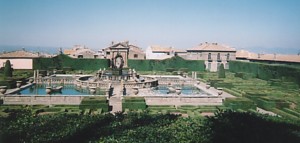
Viterbo , to the north, is a historic town with a beautiful, well-preserved medieval centre. Its province offers a wealth of tourist attractions: the lovely Lakes Vico and Bolsena, splendid gardens at the Villa Lante in Bagnaia , a grand palace at Caprarola, Etruscan remains at Tarquinia and Vulci, thermal springs and famous wine (Montefiascone’s Est! Est!! Est!!!).
The Province of Latina runs for 100km along the coast, between Rome and Campania, and includes stretches of sandy beach and charming resorts like Sperlonga , and the Pontine Islands . Frosinone is inland and its most well-known tourist destination is Fiuggi, a spa resort with thermal springs. Budget coach tours sometimes use Fiuggi as a base for seeing Rome, although it is some distance from the Eternal City.
Archaeological sites
Naturally, Lazio – heart of the Roman Empire – is chock-full of archaeological sites. Before the Romans, the northern part of Lazio was dominated by the Etruscan civilisation. The Etruscans didn’t leave many traces of their lives, but their deaths are recorded in famous burial grounds. The necropolis at Cerveteri is composed of many ‘streets’ of stone tombs, while the burials at Tarquinia are notable for their painted decorations. More, smaller Etruscan sites can be visited around Viterbo, while the best grave goods and artefacts are on display in the Villa Giulia in Rome. After the major Roman sites and museums in Rome, one of the best archaeological sites in the area is Ostia Antica, Rome’s ruined port. Major temple complexes can be visited in Palestrina and Terracina , where a massive temple overlooks the sea. Wealthy Romans have always liked villas in the countryside, and there are ruins of villas belonging to Roman emperors at Anzio (Nero), Castel Gandolfo (Domitian; the ruins are now in the Pope’s private garden), Sperlonga (where Tiberius dined in a decorated grotto) as well as Tivoli, where the most luxurious villa of all was built by Hadrian.
> Lazio accommodation
Useful external links
Lazio hotels

Best Places to Visit Near Rome in the Region of Lazio, Italy
While Tuscany or Umbria may be the first regions that spring to mind when thinking of a vacation in Italy, travelers would be wise not to overlook Lazio. The region is home to the national capital, Rome, and all it has to offer; however, it boasts way more than just the country’s largest city. It is also where you’ll find ancient Etruscan culture in Tarquinia and Cerveteri.
And we haven’t even touched on nature in Lazio. Beaches, rolling green hills, and mountains are dotted across the region – with volcanic springs to rest those aching muscles after a hike, or lakes where you can take a dip in the middle of the day.

In this post, we’ll take a look at the best things to do in Lazio. Hopefully, it will help you to plan and make the most of your Italian vacation. Many of the activities on this list are an easy weekend break or day trip from Rome, which is perfect if you want to escape the hustle and bustle of Italy’s capital city.
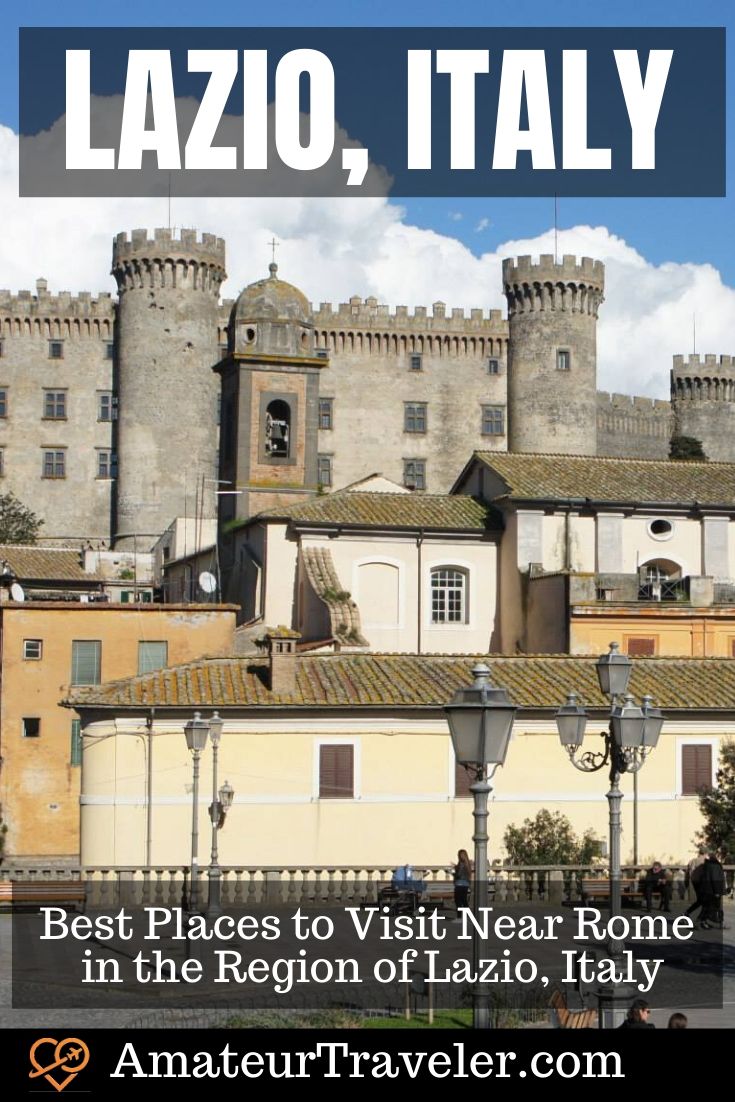
Visit Italy’s timeless classical city, Rome
Bathe in a volcanic hot spring, stand up paddleboard on the beautiful lake bolsena, stroll around a garden packed with monsters, explore one of the best-preserved renaissance gardens in europe, marvel at the clifftop settlement of civita di bagnoregio, head to one of the region’s blue flag beaches, visit the ancient ruins of rome’s ancient sea port, learn about history at the castle of bracciano, sample ‘i piatti tipici’, search for bears and wolves in the parco nazionale d’abruzzo, lazio, e molise, step back in time to learn about the etruscan civilization, explore the villas of tivoli, lazio podcast.
There’s more to Lazio than Rome, but it’s a great place to start your trip (and use as a base if need be). It ticks pretty much every box when it comes to what to do in a long weekend – however you could spend even longer than that in the Eternal City without getting bored.
Its rich history can be seen all over the city. Remains from when it was the heart of the Ancient Roman empire can be seen – with the Forum, Colosseum , and Circus Maximus all still popular visitor attractions today. Incredibly, the ancient Pantheon Temple still holds the largest unreinforced concrete dome in the world – sure to take your breath away when you visit.

However, it’s not just the ancient architecture that will leave you stunned. There’s the Trevi Fountain which is adorned with lavish Baroque sculptures, the wide-open Piazza Navona, and there’s also the fact that the smallest country in the world resides within Rome – Vatican City.
While all of these attractions may make Rome sound like some sort of theme park, that’s not the case. Head to Trastevere for an awesome food and nightlife scene without breaking the bank, or spend an evening with your drink of choice in the bars of Campo dei Fiori.
It’s very rare that a tourist leaves Rome feeling disappointed.
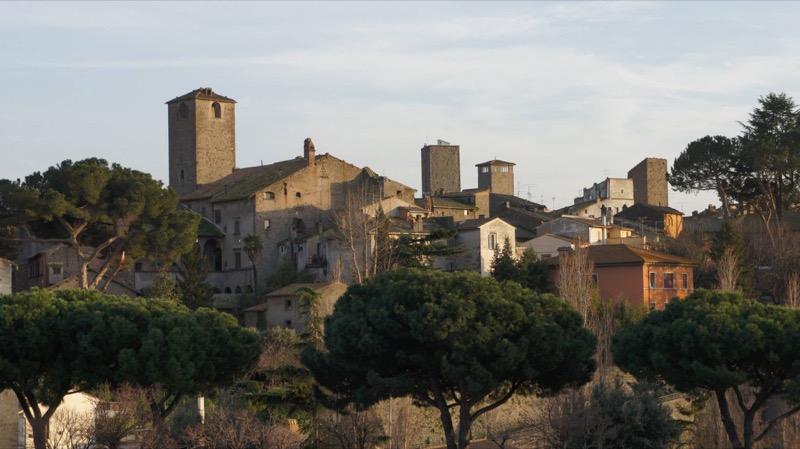
Viterbo is one of the largest cities in the region, and this off the beaten track gem is a must for any Lazio itinerary. While the city has built up over the years, its walled center has remained mostly unchanged – with original architecture on churches and city center buildings dating back to the 11th century. It’s one of the best-preserved medieval cities in Italy. The town sits in the shadow of the Palazzo dei Papi, as the city was the Papal seat for 24 years in the 13th century.
Nowadays, the city is probably best known for its volcanic hot springs. They were mentioned in Dante’s Divine Comedy and have long been reputed to have healing powers. Waters can be anything from 40 – 58 degrees and you’ll often find the locals chilling out here after a day at work or between classes at university. For tourists with a little more cash, there are exclusive spa resorts but to get to know the city and its locals, it’s best to head to the free spas at Bullicame and Il Bagnaccio.
Another plus from visiting Viterbo’s hot springs is that the crowds are nothing like those at Saturnina, so you’ll be able to find your own spot to just sit back and soak up those therapeutic waters.
Viterbo is an easy day trip from Rome – a slow train that will allow you to appreciate the picturesque landscapes takes around two hours. There are lots of places to sleep, eat, and drink in the city. It’s also a fabulous base for a number of activities on this list – journeys to places like Bagnoregio and Bolsena are easier from here if you’re using public transport.
Not only is Bolsena the largest lake in Lazio, but it’s also the biggest volcanic lake in Europe. It’s sometimes called Italy’s belly button. This calm lake has plenty of beaches on its shore, most of which have volcanic sand and some pebbles. While the lake is colloquially known as Il Lago che Si Beve (the lake you can drink) it’s probably best if you stick to bottled water from your backpack.
Whichever way you want to get acquainted with Bolsena, the best way is not from land but the water itself. Boat trips between the towns on the lake are a popular way to enjoy it.
However, if you want something a little more hands-on, try stand up paddleboarding. The lake is rarely crowded which is why it’s a great place for beginner SUPers. The best time is in the morning when the lake is usually crystal clear, still, and calm. If you’re new to SUPing, you’re one of many. It’s the fastest-growing watersport in the world. It’s also a great workout for your core. After you’ve mastered the basics, you could even give SUP yoga or fishing a go. To find out more about stand-up paddleboarding, have a look at Gili Sports .
Not only can you enjoy stand up paddleboarding on Lake Bolsena, but also other water sports such as kitesurfing, fishing, and foiling.

Now for one of the most unique attractions in Lazio. Il Parco dei Mostri (The Park of Monsters) is hidden away in the town of Bomarzo, around 20km northeast of Viterbo. It was built in the 16th century by Prince Pier Francesco Orsini as a memory to his wife who he found had died on his return from war.
The park is packed with sculptures including fighting giants, mythical creatures, and a tilted house. The most famous though is the “mouth of hell”. If you enter the screaming mouth and whisper, those outside will be able to hear your conversation clearly. It’s good to know that before you stop for dinner at the picnic table inside and complain about other tourists in the park.

Parco dei Mostri is not the only Renaissance garden in Lazio. In the town of Bagnaia, you’ll find the Villa Lante Garden. It’s known as a water garden and there are numerous fountains around which put the visitor in mind of a rushing river.
The gardens were built around the same time as Bomarzo’s monster park, and the most impressive feature is the stone dining table. The Cardinal Alessando Montalto (who completed the gardens) would host dinner parties here and wine would be chilled in the water trough in the center of the table.
While you can’t dine at the table now, it’s an impressive sight. And the surrounding gardens are a lovely place for a picnic with a loved one or a group of friends.

Right in the north of Lazio, almost on the border with Umbria, you’ll find one of the most stunning borghi in all of Italy. Civita di Bagnoregio sits precariously perched atop a cliff, with only one way in and out – the Devil’s Bridge. Part of the magic of this place is when you view it from far away, it disappears behind the clouds.
Civita di Bagnoregio became known as the Dying City, and has been threatened by earthquakes and landslides since the 17th century. As recently as 2015, medieval properties have fallen into the ravine below. The town has reversed its fortunes in recent years and now attracts more than 800,000 tourists annually.
While the village is undoubtedly most spectacular from far away, it’s still a good idea to support the village and its tourism. Civita di Bagnoregio relies on it as there is no school, supermarket, or even a post office up here. There are some jaw-dropping views though of the surrounding canyon – which you won’t have too much trouble finding. There are also a couple of cafes and B & Bs which prove popular with tourists.

Lazio is not as revered as some other parts of Italy when it comes to beaches (specifically thinking of Sardinia and Sicily), but it can still hold its own. In fact, there are several beaches that are an easy day trip from Rome. Ostia is the most popular – and technically it’s within Rome’s city limits. However, it can be expensive and the sea isn’t the cleanest for swimming.
If you have the luxury of a car (or even just a little more time), here are some other options for a memorable beach trip. Sperlonga is said to be the best beach near Rome, boasting both clean waters and gorgeous sandy bays where you can easily bathe and top up your tan. There are lots of services nearby such as restaurants and bars too.
The sleepy town of Santa Marinella is another option – especially if you want a quiet day at the beach. This town attracts a lot of Roman retirees and it’s easy to get here from Roma Ostiense station.
If none of the beaches above pique your interest, other beautiful Lazio beaches include Anzio, Santa Severa, Fregene, and Gaeta.

As long as you are taking the train to Ostia you can also visit the ancient Roman seaport of Ostia Antica which is a large archeological site just north of the modern city. This is an extensive site and great to visit with a guide who understands the history and culture of the ancient Romans.
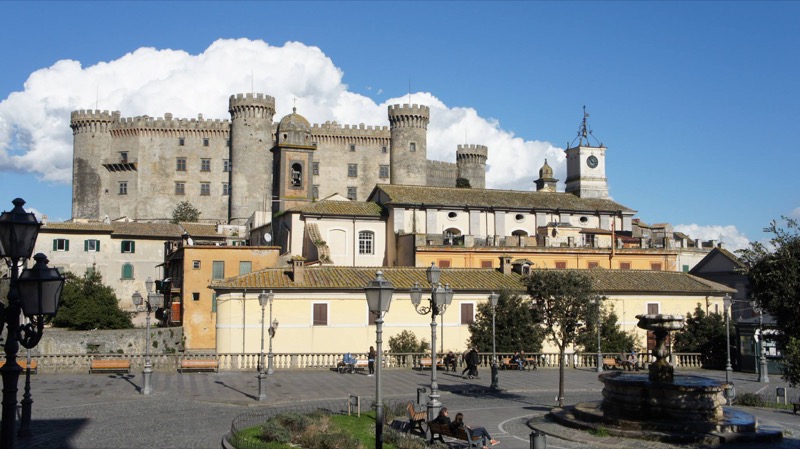
Bolsena isn’t the only picturesque volcanic lake near Rome. On the train line between Rome and Viterbo, look out at the right moment to see a sparkling expanse of blue being watched over by an ancient castle. And that’s Bracciano. You might be surprised to learn that it’s actually the 8th largest lake in Italy.
The Orsini-Odescalchi Castle dates back to the 15th century and it began life as a residence for two papal families. Despite that, it has a surprisingly bloody history (although that’s less surprising when you find out one of the families was the Borgias). You can learn about the castle’s past by taking a tour of the recently restored monument. In the castle’s more recent history, it hosted the wedding of Hollywood superstars Tom Cruise and Katie Holmes in 2006.
After taking a tour of Bracciano’s castle, head down to the lakeside where there are several paid beaches. You can sunbathe here or even take a pedalo out onto the lake. Other water sport activities are available too, such as stand up paddleboarding, kayaking, and even scuba diving. Whichever you choose to do, make sure not to disturb the lake’s swans. They can be pretty vicious!
Whenever writing about Italy, it is only a matter of time before one can mention the food. The regional cuisine of Lazio might be simple, but it’s delicious. We’re not looking at pizzas here, it’s more hearty meat-based dishes.
For starters, the traditional choice is usually between bruschette or carciofi alla romana (Roman-style artichokes), which is then followed with a pasta course of spaghetti cacio e pepe, or mouthwatering carbonara. Main courses included baked lamb with herbs, or saltimbocca (veal wrapped with ham). If you still have any room after this hearty fare, then, of course, there are beautiful desserts too.
No meal in Lazio is complete without wine, and those best known in the region include Frascati and Montefiascone. Whether in the center of Rome’s hustle and bustle or at the only restaurant in a small countryside village, you’re sure to have your food cravings satisfied and more.
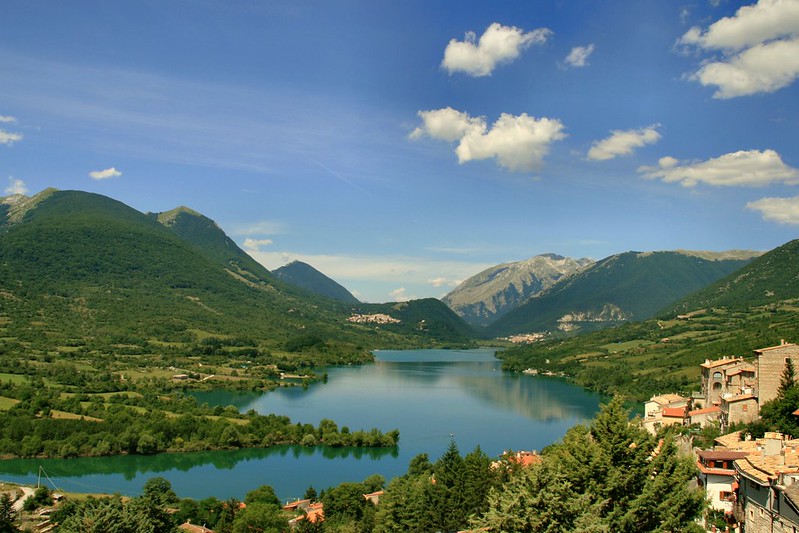
Spanning three regions of Italy, Parco Nazionale d’Abruzzo, Lazio e Molise is one of the best places in Italy for wildlife watching. This untouched area is home to some of the rarer mammals in Europe, including the Mariscan Brown Bear and the Italian wolf. While there’s an element of luck in spotting these animals, something you’re almost sure to see is the Abruzzo Chamois – a cross between a goat and deer which had almost died out when the national park was established. There are now more than 2,000 in the wild.
Even for tourists who aren’t crazy about wildlife, the park is well worth a visit. The miles of hiking trails allow you to totally disconnect from the stress of everyday life. Visitors to this national park can also enjoy bear tracking, wolf howling, horse riding, donkey trekking, and cycling.
Other beautiful outdoor spaces in Lazio include the National Park of Circeo (a UNESCO biosphere reserve) and La Riserva Naturale Monte Rufeno on the borders of Tuscany and Umbria.

The Lazio region is part of the territory in which the ancient Etruscan civilization thrived. The Etruscans pre-dated the Romans and flourished for around 500 years beginning in the 8th century BC. Many important Etruscan sites can be seen across Lazio, one of the best known being the coastal city of Tarquinia, where there is an Etruscan necropolis.
Slightly closer to Rome is the town of Sutri, where there are 64 Etruscan tombs. You can get there in under an hour from the capital.

Let’s end with another of the easiest day trips from Rome – the town of Tivoli. The original Tivoli Gardens are not in Copenhagen, but in fact on a hilltop town just east of Rome. Visitors will find not one, but two UNESCO World Heritage sites – the Villa Adriana and the Villa d’Este. The town was a retreat for Rome’s great and powerful throughout history – Adriana is the estate of Ancient Rome’s emperor Hadrian. Villa d’Este came along much later – in the 16th century. Nowadays, visiting either of these is an easy way to escape from Rome’s noise and traffic.
Final Thoughts on things to do in Lazio
Whether you want to explore the significant historic attractions of the capital city Rome, enjoy authentic local food, or bathe in volcanic hot springs, Lazio can offer all of that and so much more. It’s really worth looking just beyond the capital city when you travel to Italy, as you’re likely to fall in love with this incredible region.
For more information on Lazio listen to Travel to Lazio, Italy – Amateur Traveler Episode 427 . Amateur Traveler has 25+ podcast episodes on travel to Italy and numerous articles on Italy .

Related Posts

by Neil Kleise
Leave a reply.
Name (must be a real name) (required)
Mail (will not be published) (required)
Tags: article , italy , lazio , rome , unesco

Guides / Resources
- Getting Started Traveling
- Guide to Round The World (RTW) Tickets
- 27 Websites for Booking Hotels and Alternate Accommodations
- First Time Cruise Tips – Planning a Cruise
- How to Start an Airbnb – Tips from an Airbnb Superhost
- Travel Resources – What I Pack
- Map of San Francisco by Neighborhood and What to See by Neighborhood
- Guide to the Monterey Peninsula
- Missions of California Map – All 21 California Missions from South to North

Sign up for our newsletter and get the eBook "How To Save Money Booking Your Travel Online"
World Regions

- BloggerBridge
- California Travel
- Episode Map
- Inside Chris's Head Blog
- My CafePress Store
- My Etsy Store
- The Bible Study Podcast
- Tourism Marketing Consulting
- Privacy Policy
- Amateur Traveler Media Kit
- Working with Amateur Traveler
- Pitch me a Podcast Episode
- Guest Post Guidelines
- Travel with Amateur Traveler group
- The Amateur Traveler Manifesto
- find me on BloggerBridge.com

IMAGES
VIDEO
COMMENTS
Full refund available up to 24 Hours before your tour date. Quick & easy purchase process. Enjoy everything Lazio has to offer with a wide range of tours & activities.
Places To Visit In Lazio. Compare Flight + Hotel Deals from 100s of Travel Sites at Once. Compare Great Deals on Visits in Lazio. Book with Confidence on KAYAK®!
8. Trastevere. Discover a hidden side of Rome in Trastevere, a non-touristy bohemian neighborhood located across the Tiber River. Get lost along the winding alleys, join a food walking tour, enjoy a panoramic view from Piazzale Garibaldi, or experience the district with a photography tour.
2. Civita di Bagnoregio. Famously known as the 'dying city', Civita di Bagnoregio is set in an improbable spot atop an eroding volcanic outcrop. Only accessible via a narrow, steep footbridge, the tiny hilltop village is certainly one of the most enchanting places to visit in Lazio.
Lazio beauty shines through in these magical moments, making Circeo National Park a must-visit for anyone looking to capture the essence of the region. 7. Civita di Bagnoregio. Prepare to be enchanted by Civita di Bagnoregio, often referred to as the "Dying City" due to its eroding cliffs.
It starts out great! . 9. Civita di Bagnoregio: the dying town. One of the most suggestive places in Lazio is certainly the picturesque Civita di Bagnoregio, now almost completely depopulated in the province of Viterbo. The small village, perched on a tuff hill, can only be reached thanks to a small pedestrian bridge " suspended in space ", a ...
Museo Nazionale Etrusco di Villa Giulia. Pope Julius III's 16th-century villa provides the often-overlooked but charming setting for Italy's finest collection of Etruscan and pre-Roman treasures…. Discover the best attractions in Lazio including Vatican Museums, Colosseum, and St Peter's Basilica.
1. Italy's Eternal City, Rome. The Colosseum. Of course, a visit to Rome tops the list of the very best things to do in Lazio. The offers so much more beyond the capital, but Rome is a great place to begin your explorations of the region — and use it as a base if need be. The city's rich history is everywhere.
Places to Visit in Lazio. 1. Colosseum. The immense amphitheater was built on a former artificial lake which was part of Nero's huge park in the center of…. 2. Pantheon. This is an authentic Augustan monument that has survived Christianity and conversion to church and then touristical…. 3. Trevi Fountain.
Things to Do in Lazio, Italy: See Tripadvisor's 7,780,706 traveler reviews and photos of Lazio tourist attractions. Find what to do today, this weekend, or in March. We have reviews of the best places to see in Lazio. Visit top-rated & must-see attractions.
Things to Do in Lazio, Italy: See Tripadvisor's 7,760,692 traveller reviews and photos of Lazio tourist attractions. Find what to do today, this weekend, or in November. We have reviews of the best places to see in Lazio. Visit top-rated & must-see attractions.
Things to Do in Lazio, Italy: See Tripadvisor's 7,763,688 reviews & photos of 11,675 Lazio attractions.
Island of Malta, Malta2,545 contributions. Magnificent Cathedral of Rome. Review of: Arcibasilica di San Giovanni in Laterano. Written 15 February 2024. This review is the subjective opinion of a Tripadvisor member and not of Tripadvisor LLC. Tripadvisor performs checks on reviews. Things to Do in Lazio, Italy: See Tripadvisor's 7,798,176 ...
Things to Do in Lazio, Italy: See Tripadvisor's 7 782 601 traveller reviews and photos of 11,510 Lazio attractions.
There's a lot to see in Lazio. Many places and tours of Lazio are linked to its historical importance, which has left evidence of the Roman Empire and its greatness everywhere: just the city of Rome is rich in heritage, monuments and archaeological sites such as the Colosseum and the Imperial Forums and many others are scattered throughout the region: just think of the Necropolis of Monterozzi ...
Rome, the capital of Italy and a unique open-air museum in the world, is enough to make Lazio one of the most beautiful and interesting regions. Even in terms of landscape, it boasts an area of great impact and remarkable variety, with its long coastline, beautiful hills and Apennine mountains.
Immerse yourself in the charm of Lazio, Italy. Explore ancient ruins, vibrant cities, and indulge in mouthwatering cuisine for an unforgettable Italian adventure. ... There are many must-visit tourist attractions in Lazio Region, including the famous ancient ruins of the Colosseum and the Roman Forum in Rome, the picturesque town of Tivoli and ...
9. Isola del Liri. Isola del Liri is a town that will leave you breathless with its waterfalls, stemming from a river, cascading in the heart of the town center. The mix of urban life and the natural beauty of flowing water is a sight to behold, offering travelers a unique experience in the Lazio region of Italy. 10.
Lazio boasts more than 300 km of coastline, and while the nearest beaches to Rome may not evoke the most romantic Mediterranean seaside fantasies, if you are willing to travel about an hour by train, there are gorgeous beaches with clean, crystalline, turquoise water.Sperlonga is a wonderful option and is well worth the train ride for its pristine sandy beaches, beautiful clear water, and the ...
There are plenty of places to see and visit in Lazio. Whether you love hiking or cycling, Lazio is a region where 20 hidden gems are waiting to be explored and visited. Check the top places to visit in the region and plan your next adventure today.
Bordering Tuscany and Umbria, but with fewer tourists and lower prices, Lazio is just waiting to be discovered. Lee Marshall picks 10 top spots
About Lazio. Lazio is in central Italy, on the western coast. The region was formerly known to English travellers by its Roman name, Latium, although this version of the name is now rarely used. ... is a historic town with a beautiful, well-preserved medieval centre. Its province offers a wealth of tourist attractions: the lovely Lakes Vico and ...
Marvel at the clifftop settlement of Civita di Bagnoregio. Head to one of the region's blue flag beaches. Visit the Ancient Ruins of Rome's Ancient Sea Port. Learn about history at the castle of Bracciano. Sample 'i piatti tipici'. Search for bears and wolves in the Parco Nazionale d'Abruzzo, Lazio, e Molise.
Certainly the most famous and photographed fountain in Rome, legend has it that whoever throws a coin into the pond will return to Rome. 4. Piazza Navona. The most outstanding square of the Baroque period in Rome features Bernini's Fountain of Rivers at its center as it faces Borromini's church, Sant' Agnese in Agone.